Introduction of California Marijuana Laws
Table of Contents
California has some of the most lax marijuana laws in the United States. The recreational use of marijuana for people 21 or older became legal in California with the passage of Proposition 64 in 2016.
Understanding the details of California’s marijuana laws is important because the rules keep changing and can differ in different parts of the state.
This guide gives an overview of the main cannabis laws in California.
Overview of California Marijuana Laws
California became the first state to legalise medicinal marijuana in 1996 with Proposition 215. Since then, California has enacted additional legislation both prohibiting and regulating cannabis.
Key Aspects
- California people 21 and older may grow six marijuana plants and possess one ounce. Local governments may regulate personal marijuana production.
- The purchasing of marijuana is limited to licenced establishments. Public drinking is prohibited.
- Minors with parental consent may use medicinal marijuana with a doctor’s approval.
- Employers may maintain drug-free workplaces and test employees for cannabis.
- Driving under the influence of marijuana is still prohibited in California.
Purchase and Possession
Only state-licensed retailers sell recreational marijuana in California. Selling cannabis without state licencing is prohibited. Customers must be 21 and present ID to access dispensaries.
Dispensaries need a doctor’s recommendation for medical marijuana. Local municipal and county governments may also regulate cannabis establishments.
In California, individuals are limited to growing a maximum of six marijuana plants in their private residence for personal use.
Marijuana cultivation may not be permitted by landlords in leases. In public, the legal cannabis possession limit is one ounce.
If you have more, you may have broken the law. Within private homes, there are no possession limits.
Medical Marijuana
California made medical marijuana legal for the first time in 1996. A patient needs permission from a doctor to use cannabis as medicine. If their parents agree, minors may also be able to apply.
Some severe diseases that qualify include cancer, arthritis, headaches, seizures, and constant pain.
The Compassionate Use Act provides legal protections for patients and caregivers so they cannot be prosecuted for medical marijuana use.
Local Regulations
- California’s Cities and towns can control how industrial cannabis is used. Many cities and towns have their licensing methods and laws.
- Some towns, like Los Angeles and San Francisco, let people sell, grow, and make cannabis companies. Others have made it illegal to sell marijuana at all.
- Based on planning and local laws, local governments may limit personal marijuana cultivation, public marijuana use, and other marijuana-related activities.
- Before you try to buy, grow, or use cannabis goods, it’s important to determine the rules in your area.
Enforcement Practices
Under Proposition 64, it is not illegal for people over the age of 21 to use marijuana for leisure purposes, as well as for possession and cultivation, within the limits of the law.
Even so, legal punishments like infractions or administrative fines can still be given for violations.
- Over 1 ounce of illegal legal possession may lead to an infraction charge.
- If you illegally grow more than 6 plants, you may have to pay more fines.
- Without a license, selling cannabis could lead to illegal charges.
- DUI charges happen when someone drives while high on marijuana.
- Fines are imposed for using marijuana in unlicensed public areas or where smoking is prohibited.
- The federal government controls federal parks, federal buildings, and federal lands in California where marijuana remains prohibited.
Importance of Understanding Regulations in California
As marijuana laws change from place to place, consumers must understand California marijuana law. Violations like illegal sales or use in public are subject to penalties.
Knowing the possession limit, where adult use is permitted, and the local area rules are all necessary to remain legal. Laws change frequently, so staying current is important.
Medical patients can follow their legal rights with the correct information, and leisure consumers can avoid fines.
If you want to use something responsibly, you must follow the rules set by your state and any other local laws in your city or county. By learning about California’s cannabis laws, you can buy, grow, and use marijuana safely and legally.
Also Read:
- Weed Measurements Guide: Weight, Quantities & Price
- How Many Grams in a QP?
- How Many Grams in a Zip?
Changes in California’s Marijuana Laws

California has been at the forefront of changing the laws about cannabis in the U.S.
The state was the first to legalize medical marijuana and take other steps to make marijuana less illegal, which paved the way for it to be legalized for recreational use.
Marijuana Early Prohibition and Criminalization in California
In the early 1900s, states started to prohibit cannabis use. California made marijuana illegal for any purpose besides medical in 1913.
Then in 1937, the federal Marihuana Tax Act criminalized marijuana nationwide.
In 1972, California made possession of even small quantities of marijuana a criminal offense. A few years later in 1976, the state took an initial step toward decriminalization by reducing minor drug possession to a fineable infraction rather than a criminal charge.
Initially, cannabis was banned for recreational uses, but over time public attitudes shifted regarding the potential medical benefits of marijuana.
This laid the groundwork for subsequent laws in California legalizing medical and adult recreational use.
The Emergence of Medical Marijuana Laws in California
The Compassionate Use Act, approved in 1996, became California the first state to legalise medicinal marijuana.
Under this new law, patients with a doctor’s recommendation could legally use cannabis to treat serious medical conditions.
The Medical Marijuana Program Act of 2003 gave Proposition 215 more details and made it bigger. It set up a method for patients to get state ID cards if they want to, and it lets charity groups provide access.
Additional laws, like SB 1449, have been passed over the years to set limits on possession, legal rights, and requirements for medical use.
These laws set up the policy framework and popular support needed to allow marijuana for recreational use in the future.
Cannabis Path to Recreational Legalization in California
In November 2016, California voters passed the Adult Use of Marijuana Act (AUMA), a historic law permitting adults 21 and over to possess, use, and purchase cannabis products from licensed retailers.
MAUCRSA combined California’s medicinal and recreational marijuana laws into one set of rules for the cannabis business and products. Under MAUCRSA, local governments could impose additional rules.
The country’s largest legal recreational marijuana market is now in California.
Nevertheless, despite the growing acceptance of different viewpoints in society, there are still issues with state and federal laws.
Also Read:
- How to Detox From Marijuana?
- PGR Weed Guide: Understanding Risks & Solutions
- Tiburón Weed: Your Ultimate Guide
Current Legal Status: Is Marijuana Legal in California?
Some of the most liberal marijuana laws in the US are in California.
While cannabis is banned at the federal level, the state has approved its use, possession, and sale through licensed shops. But the legal world is complicated and changes quickly.
This piece talks about how cannabis is regulated in California right now.
Medical Marijuana Laws in California
The passage of Proposition 215, the Compassionate Use Act, in 1996 marked the first time medical marijuana became legal in California.
This law allowed patients to use cannabis to treat serious medical conditions with a doctor’s recommendation.
Under the current Medical Marijuana Program Act, patients can obtain a state medical marijuana ID card from the health department, which grants certain legal protections but is not mandatory for medical use.
Medical marijuana possession has no state-imposed limits. Counties and cities establish local limits on how much patients can grow or carry.
All use must be private and quiet. Medical cannabis can be bought at shops licensed explicitly for medical marijuana sales. Each time a patient comes, they must bring a suggestion from their doctor.
Recreational Marijuana Laws in California
California voters legalised recreational cannabis with Proposition 64 in November 2016. Under Proposition 64, people over 21 can legally have up to an ounce of cannabis and grow six plants at home, as long as they are out of public view.
Adults can buy marijuana for recreational use at shops approved by the state. To get into a recreational dispensary, a patient must show an ID that shows they are at least 21 years old. Public drinking remains forbidden.
The medicinal and Adult-Use Cannabis Regulation and Safety Act (MAUCRSA) unified California’s medicinal and recreational marijuana laws while enabling localities to add their own.
Federal vs. State Law Conflict in California
Marijuana is still banned at the federal level under the Controlled Substances Act, despite being legal in California under state law.
Cannabis is a Schedule 1 controlled drug under federal law, indicating it has no medicinal purpose. Federal law comes first on federal land in California, like national parks.
The federal government is also in charge of rules about how to transport marijuana across state lines, how to test for drugs, and how to handle money.
Because state and federal laws don’t always agree, banks often won’t work with cannabis companies.
Marijuana companies also can’t use federal courts or get safety from the government.
Minor marijuana possession is not likely to result in federal charges for a person. But the difference with federal law is still a problem until it is fixed by changing federal policy.
Also Read:
Understanding Proposition 64 in California
The Adult Use of Marijuana Act (AUMA), which is what Proposition 64 is called, is one of the most important pieces of cannabis law in California’s history.
The recreational use, purchase, possession, and sale of marijuana for people 21 and older were allowed by Proposition 64, which voters passed in November 2016.
This historic election measure was the biggest step toward a controlled commercial cannabis market.
With the help of Proposition 64, California joined other western states like Colorado and Washington in making it legal to use marijuana for recreational purposes all over the state.
Key Provisions and Changes
Changes to the way the state handles cannabis were proposed by Proposition 64:
- Legalized the use, possession, and purchase of marijuana by adults for recreational purposes from approved stores.
- The legislation allowed individuals 21 and older to grow six marijuana plants at home and possess one ounce.
- Set up a way for the state to issue licenses and control the commercial marijuana business.
- Special taxation and cultivation taxes were put on marijuana. The money from these taxes goes to law enforcement, programs for young people, and costs related to control.
- Offered ways for old marijuana crimes to be re-sentenced or erased.
- The law allowed local governments to determine whether to permit recreational cannabis retailers in their jurisdictions, but state licensing was still required to legally sell marijuana.
Prop 64 campaign sign encouraging a vote to allow adult-use marijuana.
While keeping the separate system for cannabis medical patients established under earlier laws, Proposition 64 allowed recreational marijuana.
Impact on Marijuana Industry and Consumers in California
- Allowing open sales through state-licensed shops, legalized adult recreational marijuana possession, use, and cultivation for those 21 and older.
- Since 2018, cannabis taxes have brought in more than $3 billion for state and local governments. However, high taxes keep an illegal market going.
- Over 100,000 jobs were made in the licensed cannabis business within a few years.
- Reduced illegal prosecution and sentences linked to cannabis, allowing records to be erased.
- Provided consumers with legal access to marijuana, earning over $5.2 billion in state-wide legal marijuana sales in 2021 alone.
As California’s controlled market for recreational marijuana grows older, the full effects of Proposition 64 continue to show themselves.
Changes to laws and rules after cannabis is legalized also change the environment.
Also Read:
Cannabis Licensing and Regulation in California
California has established a comprehensive framework for licensing and oversight of the legal cannabis industry. Businesses must adhere to extensive regulations at both state and local levels.
Marijuana Business Licensing Requirements in California
The state requires all commercial cannabis operators to obtain a license from one of three authorities:
- Bureau of Cannabis Control – retailers, delivery, distributors, testing labs
- CalCannabis Cultivation Licensing – cultivators
- Manufactured Cannabis Safety Branch – manufacturers
Licenses must be renewed annually. Local approval is also required before state license issuance. Cities and counties can ban or restrict marijuana enterprises.
Applicants undergo background checks and must submit premises diagrams, operating procedures, security plans, and more. All owners and employees are screened—strict financial, operational, and inventory reporting is required.
Example of a California state cannabis retail license required to operate legally.
Once licensed, businesses are subject to compliance checks, with fines or loss of license possible for violations. Licensed retailers are also required to pay applicable fees and taxes.
Regulatory Agencies in California
- The Bureau of Cannabis Control (BCC) regulates dealers, wholesalers, testing labs, and small companies. Oversees product packaging, testing, and enforcement.
- CalCannabis Cultivation Licensing is responsible for giving out, updating, and ensuring that state cultivation licenses are followed. Develops a track-and-trace system.
- Manufactured Cannabis Safety Branch (MCSB) – Oversees licenses for cannabis product manufacturing. Sets rules for labeling and testing.
- Cities and counties give out local licenses and ensure local laws are followed. Can ban or limit cannabis businesses.
Compliance and Operational Guidelines
All licensees must follow extensive operational regulations covering the following:
- Security and video surveillance
- Inventory tracking and recordkeeping
- Transportation and distribution
- Marketing and advertising
- Waste management
- Product testing and safety
- Premises and equipment compliance
- Storage protocols
Additionally, licensees must comply with all local ordinances, zoning restrictions, renewals, and inspections.
Running a licensed cannabis business in California requires strict adherence to state and local marijuana laws and guidelines.
Also Read:
Age Restrictions and Legal Possession Limits in California
Under medical and recreational laws, California has set rules about the minimum legal age for marijuana possession and the maximum amount that can be held. But there are important differences between local governments and these limits on what you can have in your possession.
This part goes over important rules about the minimum age, the amount of cultivation in public, the treatment of medical possession, and the differences in local policy. People can avoid violations if they are aware of these facts.
Minimum Age Requirements in California
- In California, recreational marijuana is legal to purchase, carry, and use for adults over 21.
- Dispensaries require customers to show identification proving they are 21 or older upon entering, as it remains illegal to sell cannabis products to anyone under 21.
- For medical use, a doctor’s note lets a child use cannabis with permission from their parents.
- A $100 fine is given to people ages 18 to 20 caught with marijuana for recreational use.
- It is still illegal for people of all ages to consume marijuana publicly or make unlicensed sales.
Legal Possession Limits for Individuals in California
- Under state law, the legal limit for recreational possession in public is up to 1 ounce of cannabis flower or 8 grams of concentrated cannabis.
- Medical possession limits range by county, but in most, each patient can have up to 8 ounces.
- Recreational consumers can cultivate up to six marijuana plants per residence in a private, concealed location. The number of potted indoor plants is unlimited.
- Local governments may set lower possession and cultivation limits. Find out the rules for your county or city.
- Under recreational laws, you can give away small amounts of cannabis.
- Regardless of the legal limit, sale or possession from unlicensed sources is still illegal.
- No matter what state law says, moving it across state lines is illegal if there is a federal ban on something.
Knowing the state and local possession rules in your city or county is crucial as they change.
California’s possession laws are broad, but localities may be tough. Local rules must be checked for compliance.
Types of Marijuana Products Allowed in California
California allows various cannabis products to be legally sold through licensed retailers. Other customers choose other shapes depending on their demands.
Cannabis Flower and Pre-rolls
Dried marijuana flowers, often called “buds,” can be burned or vaporized. Pre-rolls are joints that are already made. They are made up of ground-up cannabis flowers wrapped in paper.
When you smoke flowers or pre-rolled joints, the effects happen quickly. There are hundreds of types, each with a different mix of cannabinoids. One ounce of flower is the possession limit.
Edibles and Infused Products
Edibles are food and drinks like sweets, chocolate, baked goods, teas, sodas, and more that contain THC or CBD. When you eat something, it takes longer to feel its effects.
Strict limits on how much you can eat. Other infused products include pills, tablets, oral strips, lubricants, and makeup that contain cannabis.
While infused skin makeup can contain up to 1000 mg per package, ingestible products have a 10 mg per box THC limit.
Concentrates and Extracts
High THC or CBD potencies are available in concentrates like wax, shatter, hash, and live resin.
Methods like CO2 extraction are used to remove THC from the marijuana plant. It may be piped or vaped. Set a purchase limit based on the drug’s high strength.
Topicals and Tinctures
Creams, lotions, ointments, balms, patches, and bath products that contain cannabis are all examples of topicals. Put on the outside and absorbed by the skin.
Provide local benefits without making people feel high. Cannabis-derived CBD products are also known to have health benefits. Medicines are absorbed beneath the tongue.
All products must meet the state’s packing and testing standards. Purchase cannabis products only from licensed sellers that have undergone scientific testing.
Marijuana Cultivation and Growing Guidelines in California
California has relatively permissive policies around growing cannabis plants compared to other states. However, strict limits and regulations apply for personal recreational growth and licensed commercial cultivation.
This section examines essential laws around:
- Personal cultivation allowances and limits are based on state and local policies.
- Licensing requirements for commercial marijuana growers.
- Regulations affecting indoor versus outdoor cultivation methods.
Understanding the guidelines around legal cultivation is important, as violations can potentially lead to criminal penalties depending on the circumstances.
Personal Cultivation Rights and Limits in California
- Adults 21+ may grow up to 6 cannabis plants per private residence out of public view for personal use under state law.
- Local city and county ordinances may set lower limits than the state allowance of 6 plants. Some ban home growth.
- Plants must be in a locked, secured space not visible to the public. Renters should get landlord permission.
- Marijuana grown must be for personal use, not distribution. Sales without a license remain illegal.
Cultivation Licenses for Commercial Growers in California
- Commercial cultivation requires a state license from California and local approval—multiple license types based on the growth size.
- Strict requirements for track-and-trace, reporting, testing, security, and more. Significant fees and taxes.
- Local jurisdictions regulate a number of growers through land use policies and license caps—many ban commercial growth.
Indoor vs. Outdoor Growing Regulations in California
- Indoor grows must meet building codes, electrical load limits, and fire safety rules. Violations can lead to criminal charges.
- Outdoor cultivation on private land is allowed under state law, but local policies may prohibit it. It must not be visible publicly.
- Growing on public land without permission remains illegal. Environmental impacts monitored.
- State environmental regulations govern pesticide use and wastewater discharge.
City, county, and state policies aim to allow limited cultivation while preventing unregulated large-scale growth.
Carefully researching local ordinances before starting any marijuana grow is essential to remain compliant.
Laws continue to evolve, so staying current on new cannabis regulations is key for personal and commercial cultivators.
Medical Marijuana Laws and Requirements in California
In 1996, the passage of Proposition 215 made California the first state in the U.S. to legalize medical marijuana.
In the years since, California has continued to develop and expand the legal framework surrounding medical cannabis use.
If a doctor tells a patient to use marijuana for various health problems, it is legal. This section examines the most important qualifications and steps for getting medical marijuana in California.
To qualify, people must get a signed diagnosis from a qualified doctor that they have one of the allowed diseases, such as: For Adults Medical Conditions Include:
- AIDS/HIV
- Arthritis
- Cachexia or Wasting Syndrome
- Cancer
- Chronic Pain, Muscle Pain and Other Types of Pain
- Eating Disorders (e.g. Anorexia, Bulimia, Obesity)
- Glaucoma
- Headache & Migraine
- Muscle Spasms
- Nausea & Vomiting
- Seizures and Seizure Disorders
Obtaining a Medical Marijuana Card in California
Patients have two options:
- Consult a marijuana-specialized doctor who can assess medical needs and provide a recommendation.
- Register for a voluntary medical marijuana ID card issued by the state health department. Requires doctor verification. Offers certain legal protections.
A doctor’s written recommendation is sufficient to enter dispensaries and qualify for medical cannabis use protections. ID cards are not mandatory.
(Sample California Medical Marijuana Identification Card)
Protections and Rights for Medical Users in California
- Exempt from state criminal laws against marijuana possession and cultivation. Must follow local guidelines.
- No state-imposed limits on medical possession amounts. Counties set local limits.
- Provides limited protections in school, workplace, and custody cases. Does not allow public use.
- Allows access to purchase lab-tested products from licensed medical dispensaries.
While medical marijuana laws offer important protections at the state level, conflicts with federal policy remain.
Use, and possession limits can also vary locally. Patients should research all guidelines affecting their jurisdictions before attempting to purchase, grow, or consume medical cannabis.
Other State Guide to Marijuana Legalization
Recreational Marijuana Laws and Rules in California
Proposition 64, passed in 2016, made recreational marijuana use and sales legal for people over 21. Legal purchase, possession, and consumption are still subject to stringent legal regulations.
Purchasing Marijuana for Recreational Use in California
Adults 21 years and older can purchase cannabis products from state-licensed recreational product stores if they have a valid ID.
However, shops are banned in some towns and counties, but delivery services may still be available. Purchase limits per transaction are 1 oz of flower or 8 g of cannabis extract.
All sales are also kept track of by a track and trace device. It is important to note that only state-licensed businesses can legally sell marijuana for recreational purposes. Taxes are added to purchases at the point of sale.
Where and How to Consume Legally in California
For all people, regardless of age, public use and consumption of marijuana stay illegal.
Only private homes, out of sight of the public, are permitted to use recreational cannabis.
Landlords and rented homes may also not allow people to smoke or use marijuana. On-site consumption at licensed hotels and social bars is permitted in some areas.
Possession and Use in Public Spaces in California
The legal limit for possession of cannabis in public spaces is up to 1 ounce of flower or 8 grams of extract. Is legal. But public use and consumption are not allowed.
Marijuana is still illegal on federal land, including national parks, airports, and other places, so you can’t have it or use it even if you comply with state law.
Local governments can also make possession limits that are smaller than what the state law says.
Also, even if the amount of alcohol is within the legal limit, you cannot drive with an open bottle.
Before using or bringing marijuana products into public places, it’s essential to look into all applicable state and local laws.
Driving While Impaired by Marijuana in California
Due to the legalization of recreational marijuana, California has strict laws that make driving while high on cannabis illegal.
Operating a vehicle while impaired by marijuana is equally illegal to driving under the influence of alcohol.
This section looks at California’s laws about going while high, including DUI charges based on impairment and, per se, THC limits that are always illegal. For marijuana DUIs, the steps for testing, the limits, and the possible punishments are described.
DUI Laws and Marijuana Impairment in California
- It is illegal to drive while impaired by marijuana in California. This is considered drugged driving, just like driving drunk.
- Police can stop and assess drivers suspected of impairment using field sobriety tests and observations of driving behaviors.
- Evidence of impaired driving can lead to DUI charges, even without chemical testing.
Testing Methods and Legal Thresholds in California
- Blood, breath, urine, or saliva tests may be administered after stopping a driver to check THC levels.
- Refusing chemical testing can result in license suspension.
- Per se, laws make it automatically illegal to drive with the following THC levels:
- 5 nanograms/ml of blood for those 21+
- 1 ng/ml for drivers under 21 (zero tolerance)
Penalties for Marijuana-Related DUI in California
- Penalties for a first-time offense include fines, mandatory DUI education, driver’s license suspension up to 6 months, and potential jail time.
- Marijuana DUIs stay on driver’s record for 10 years.
- DUI convictions cannot be expunged under cannabis law reforms.
- It is still illegal to smoke or consume marijuana while operating a vehicle or to have open containers of cannabis.
Given the risks, medical and recreational cannabis consumers must understand California’s marijuana DUI laws.
Driving while impaired puts lives in danger, and a DUI conviction brings lasting consequences. Never operate any vehicle after using marijuana, and have a plan for getting home safely.
Marijuana Sales and Taxation in California
Medical and recreational marijuana are taxed differently in California. Retail sales of cannabis are regulated by state licensing and only legal through licensed dispensaries.
Sales Channels and Retail Licensing in California
Recreational marijuana can only be legally sold by state-licensed retailers to adults 21 and over. Dispensaries and delivery services must verify age at the point of sale. Many cities and counties currently ban recreational dispensaries.
For medical use, patients must obtain a doctor’s recommendation in order to purchase lab-tested cannabis products from retailers specifically licensed for medical marijuana sales.
Local governments authorize medical dispensaries to operate through their own licensing procedures.
All sales are tracked in California’s seed-to-sale monitoring system. Unlicensed sales remain illegal under state law.
A licensed dispensary storefront in California.
Excise Taxes and Local Sales Taxes in California
The state imposes a 15% cannabis excise tax on the retail price of all recreational marijuana sales in addition to standard local and state sales taxes, leading to a total tax rate of around 30% in some cities.
Cultivators also pay excise taxes on flowers and leaves based on weight. State sales tax on medical marijuana is exempt, but towns and counties may charge it.
Impact of Marijuana Tax Revenue in California
State cannabis tax revenue peaked at $817 million in 2020 before declining to $627 million in 2021 as California’s regulated market developed.
Tax funds support administration, enforcement, licensing, research, public safety programs, and environmental restoration.
However, the high tax rate on legal cannabis also dissuades some consumers from purchasing from the illicit market.
Accurately collecting and remitting the taxes requires integration with California’s marijuana track-and-trace system used to monitor the supply chain. The tax base has so far fallen short of initial projections.
Weed Possession and Consumption Restrictions in Public Places of California
While possession and private use of weed is legal for adults in California, public consumption remains prohibited in most areas.
Navigating where marijuana can legally be used requires understanding designated consumption spaces versus restricted locations.
Designated Consumption Areas in California
Some cities and counties allow designated public areas for marijuana use, including:
- Licensed cannabis lounges or tasting rooms
- Special outdoor event permits at festivals
- Retail stores with approved on-site consumption
- Smoking/vaping zones at hotels, festivals, and other private properties
However, many parts of California still prohibit public marijuana consumption entirely.
Restricted Areas for Marijuana Use in California
Marijuana use is prohibited in these public spaces regardless of local allowances:
- All national parks, federal property
- Public right of ways – sidewalks, roads, highways
- Common public areas – parks, beaches, playgrounds
- Public transit
Navigating Public Consumption Laws in California
- Research specific ordinances in your city and county to determine if any designated consumption spaces are authorized locally.
- Assume use is prohibited in all public areas unless explicitly allowed by local jurisdictions.
- Consuming cannabis openly in unauthorized public areas can lead to civil fines or community service penalties.
- Driving under the influence remains strictly illegal. Have a plan for getting home without driving after consuming.
Marijuana Advertising and Marketing Regulations in California
The legal cannabis product industry in California is subject to stringent regulations regarding how it can market and sell its products and services. All marketing must adhere to strict state guidelines.
Advertising Restrictions and Guidelines in California
By law, all ads for cannabis in California must include the store license number and state clearly, “For use only by adults over 21.”It is illegal to make false or misleading claims about cannabis products.
Advertising cannot promote extreme consumption or purchase. Age rules prohibit depictions of children or market pleas to youth. The practices also limit giveaways and free trials.
Prohibited Marketing Practices in California
The Bureau of Cannabis Control’s advertising guidelines says you can’t market on signs, personal devices, or within 1,000 feet of schools or daycares.
Age restrictions must apply to events allowing consumption. Ads can’t encourage cannabis consumption at events or suggest that it’s okay to consume cannabis before doing things like driving.
Specific product images and visuals, such as drawings or candy packaging imitations, are prohibited.
Labeling and Packaging Requirements in California
All cannabis products sold in California have to meet strict labeling rules. Labels must include information about strength levels, health warnings, contaminant testing, THC content, portion size, and more.
Regarding nutrition, allergens, and expiration dates, there are more labeling rules for food. Regulations must be adhered to in packaging. It can’t look like other named products that don’t contain cannabis.
Packaging must avoid appealing to youth and protect products from contamination, as well as use child-resistant exit packaging.
Local Laws and Zoning Restrictions for Marijuana Businesses in California
California has some of the most progressive marijuana laws in the United States since Proposition 64 in 2016, which legalized recreational cannabis use statewide.
However, operating a commercial cannabis business involves navigating complex regulations at both the state and local levels.
Under California’s legal framework, local governments have significant control over marijuana enterprises in their jurisdictions.
While Proposition 64 legalized adult recreational use, cities and counties can still choose to prohibit or restrict cannabis businesses through local ordinances and zoning policies.
Entrepreneurs must comply with state licensing requirements, local land use rules, and operating conditions.
Local Authority over Marijuana Businesses in California
In California, local governments decide if marijuana businesses can run in their area and, if so, where and how many can do so.
Through zoning or licensing policies, cities and counties can control or ban marijuana cultivation, manufacturing, transportation, testing labs, retail shops, and other businesses.
Local governments also set working rules like security measures, air control standards, signs limits, and hours of operation restraints.
Before applying for an annual state marijuana business license, applicants must follow local laws to get permission.
Zoning and Land Use Regulations in California
Cities and counties use zoning laws to regulate the location of cannabis businesses.
Retailers and other companies that deal with marijuana are usually only allowed in commercial or industrial zones, away from homes and schools. Some local governments only permit cannabis businesses in designated overlay zones.
Local rules about safety zones may make it illegal for marijuana businesses to be close to churches, parks, daycares, or youth centers.
For example, schools and other important places in San Francisco must be at least 600 feet away. It also limits the number of store permits in each area.
The size and number of plants that can be grown for marijuana grow are limited by local land use regulations. Cities also have rules for restaurants, extraction rooms, and processing centers that make and handle cannabis.
Challenges and Opportunities for Entrepreneurs in California
The patchwork of local rules across California presents challenges for aspiring cannabis entrepreneurs. It also presents new commercial prospects in cannabis-legal areas. It’s essential to do a lot of study and pick the right place.
Investing in a cannabis business permit in a restricted locality is risky. In contrast, areas like Desert Hot Springs have zoning to attract marijuana cultivation projects.
Hiring a cannabis-specialized real estate agent or attorney familiar with local laws can help entrepreneurs navigate Complex marijuana business laws in California.
Penalties for Violating California Marijuana Laws
While recreational cannabis use is legal in California, there are still penalties for violating the state’s marijuana laws.
Consequences depend on factors like the amount possessed, intent to sell, prior criminal record, and age of the offender.
Misdemeanours, Felonies, and Infractions in California
Legally, those 21 and older may possess 1 ounce of marijuana buds or 8 grammes of concentrate. Having slightly over this amount may be charged as an infraction with a $100 fine.
Possession of 1-2 ounces is a misdemeanor punishable by up to 6 months in jail and a $500 fine.[2] Larger amounts of over 4 ounces can be charged as a felony with up to 3 years imprisonment.
Illegal sales, cultivation of over 6 plants, and manufacturing concentrated cannabis using hazardous materials are also felony charges.[4] Prior cannabis convictions can elevate subsequent possession to a felony.
Fines, Probation, and Jail Terms in California
First-time misdemeanor marijuana offenders may qualify for drug diversion programs as an alternative to incarceration. However, convictions can include fines of up to $1000 and probation periods of up to 5 years.
Felony convictions often lead to years in state prison—those charged with intent to sell face longer sentences and larger fines.
Incarceration sentences exceeding one year may be served in a California state prison instead of county jail.
Legal Defenses and Rights in California
Those charged with marijuana offenses have legal rights, including challenging evidence and raising affirmative defenses.
An experienced criminal defense lawyer can negotiate reduced charges or dismissals for minor infractions. Prior cannabis convictions can also be cleared from criminal records under Proposition 64.
Updates and Changes to California Marijuana Laws
California was an early adopter of cannabis legalization, but the state continues to modify marijuana policies and regulations.
Lawmakers have enacted and proposed reforms to support the legal market while reducing illicit sales.
Recent Legislative Developments in California
In September 2022, Governor Newsom signed several bills amending cannabis regulations, including AB 1706, consolidating oversight under a new stand-alone Department of Cannabis Control beginning in 2024.
SB 1326 expanded allowable retail hours to 2 am for storefronts and 24 hours for delivery. It also authorized cannabis lounges for onsite consumption.
Other new laws increase enforcement funding, expand license eligibility, and facilitate cooperation with tribal nations and interstate commerce around marijuana policy.[3]
Pending Bills and Proposed Amendments in California
Additional reforms remain under debate in the legislature. Lawmakers continue negotiating proposals to temporarily reduce state excise taxes from 15% to 5% to combat illicit sales.
There are also bills to ease access for medical marijuana patients further. One proposal aims to prevent firearms from being denied solely due to medical cannabis use.
At the local level, more jurisdictions are shifting from bans to opening regulated markets and modifying their approaches.
The Future of Marijuana Laws in California in California
Advocates encourage additional changes to stabilize the legal industry, including simplifying complex regulations, clearing past criminal records, and promoting social equity programs.
With further reforms, California can strengthen its pioneering leadership on progressive marijuana policies.
Keeping updated lets consumers and businesses fully participate in the state’s legal cannabis marketplace.
Resources for Further Understanding California Marijuana Laws
California’s cannabis laws and regulations can be complex for consumers and businesses. Staying informed enables full participation in the state’s legal marijuana marketplace. Useful resources include:
Government Websites and Official Documents in California
- California Cannabis Portal – Centralized info from state licensing agencies
- Text of Proposition 64 – 2016 ballot measure legalizing adult-use cannabis
- Local Jurisdiction Fact Sheets – Details on regional regulatory approaches
Advocacy Groups and Industry Associations in California
- NORML – Marijuana law reform advocacy organization
- California Cannabis Industry Association – Statewide trade association for licensed businesses
Legal Counsel and Consultation in California
- California Cannabis CPA – Accounting services for cannabis businesses
- Canna Law Group – Marijuana-specific legal representation
- California Cannabis Lawyer – Law firm assisting with licensing and compliance
Staying up-to-date on the latest developments allows full participation in California’s legal cannabis market.
References:
- https://www.courts.ca.gov/prop64.htm
- https://ballotpedia.org/California_Proposition_215,_Medical_Marijuana_Initiative_(1996)
- https://cannabis.ca.gov/consumers/medicinal-cannabis/
- https://cannabis.ca.gov/consumers/whats-legal
- https://cannabis.ca.gov/cannabis-laws/laws-and-regulations/
- https://leginfo.legislature.ca.gov/faces/billTextClient.xhtml?bill_id=202120220SB1326

























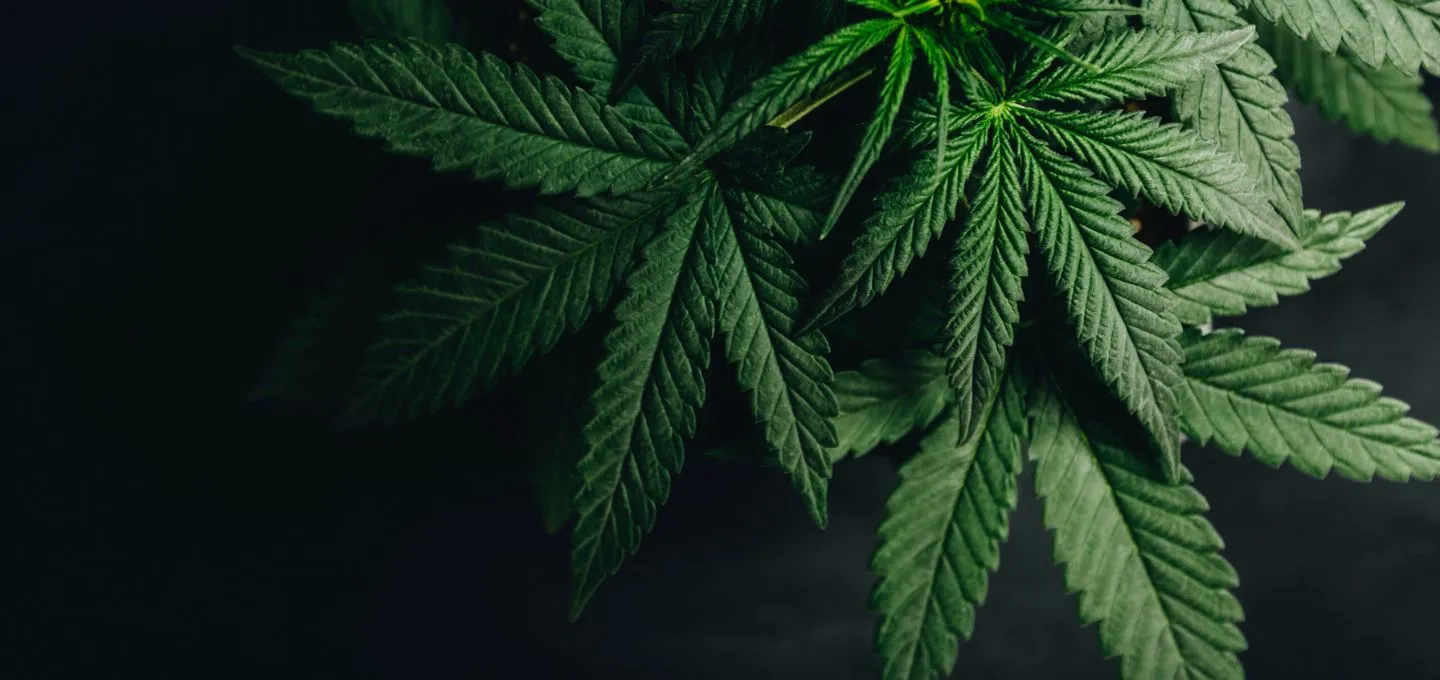

































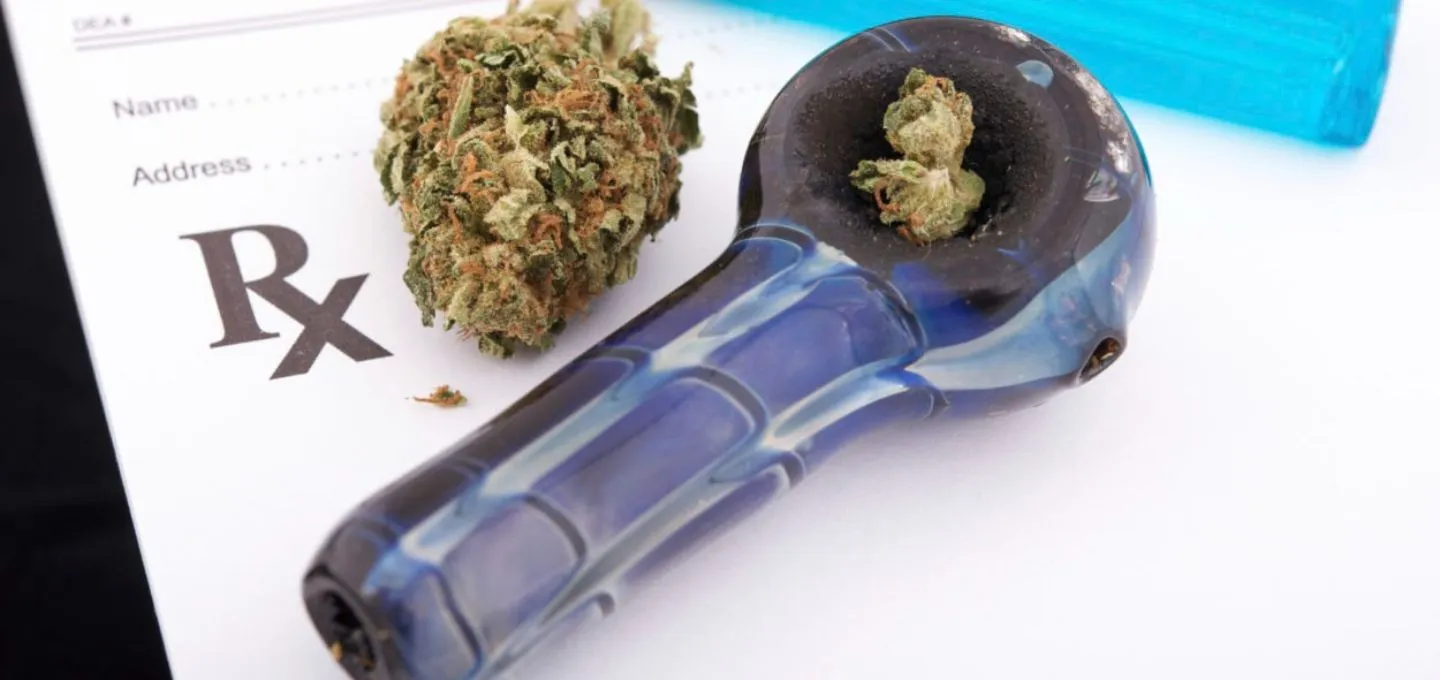
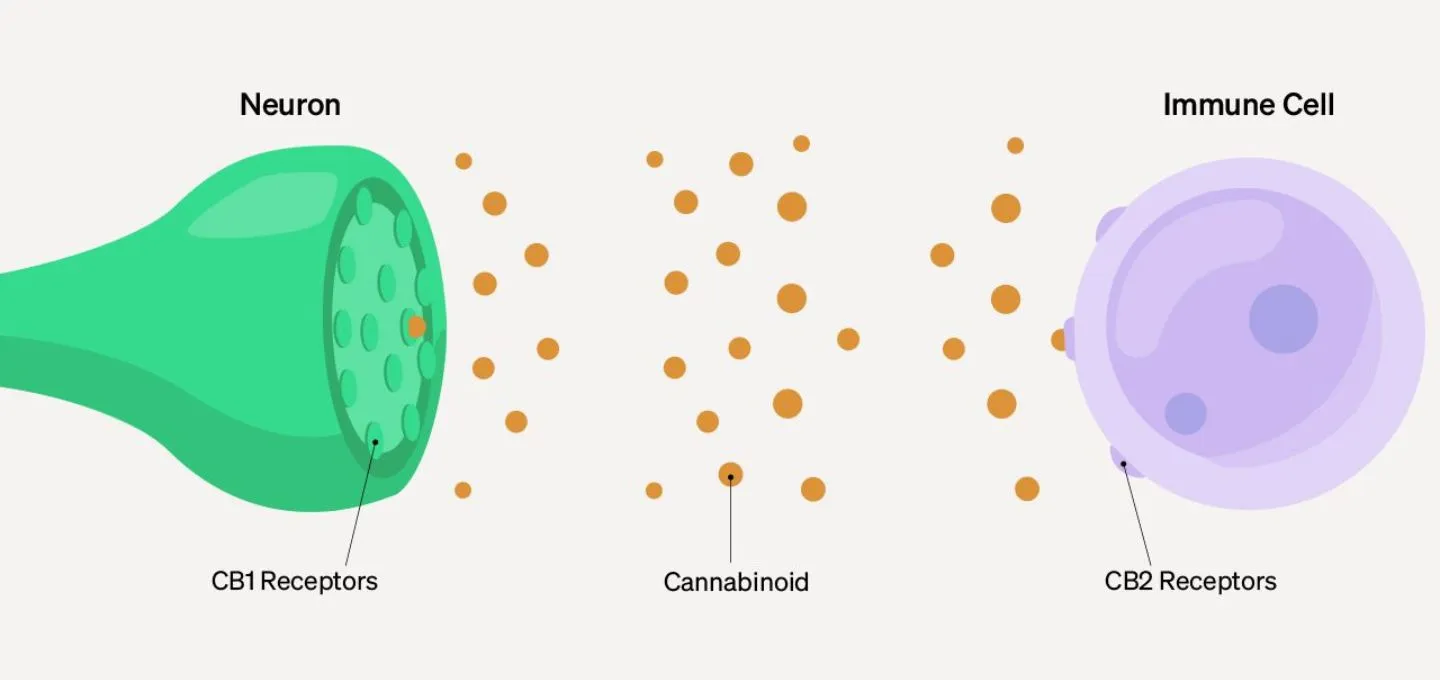









































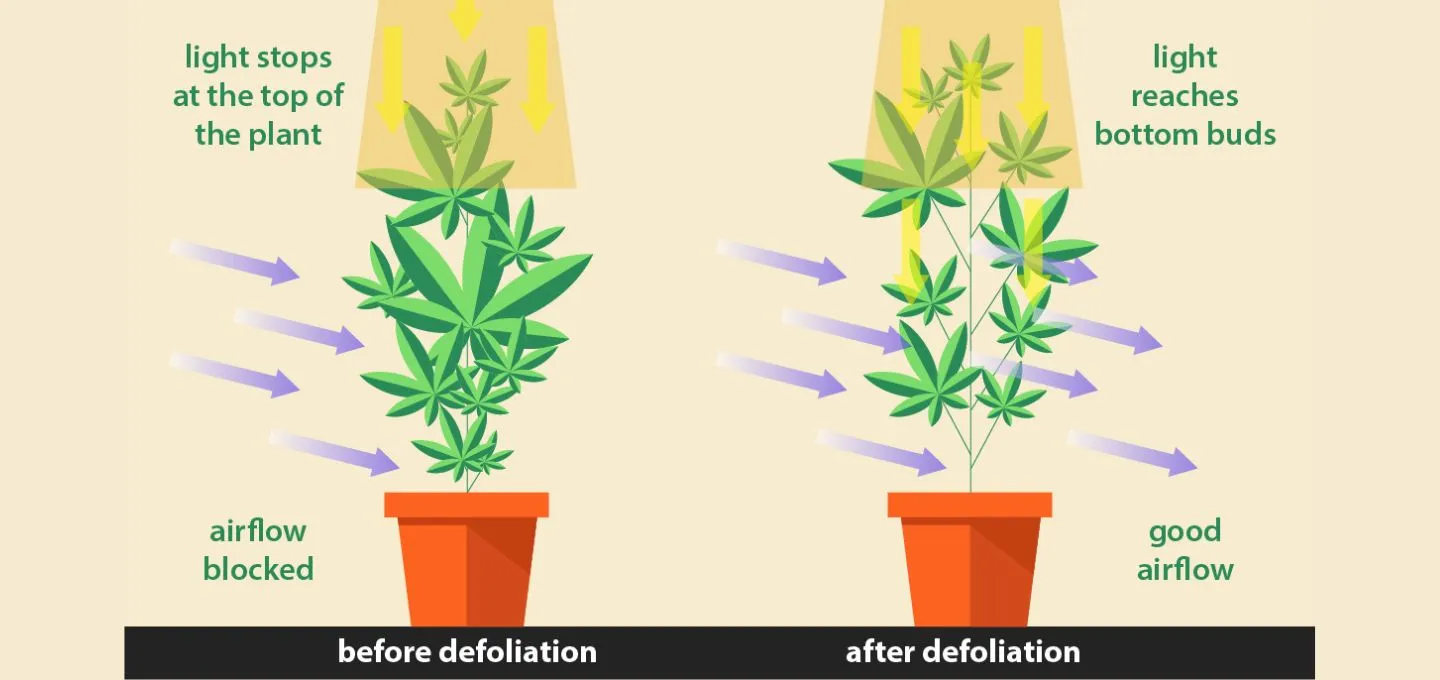



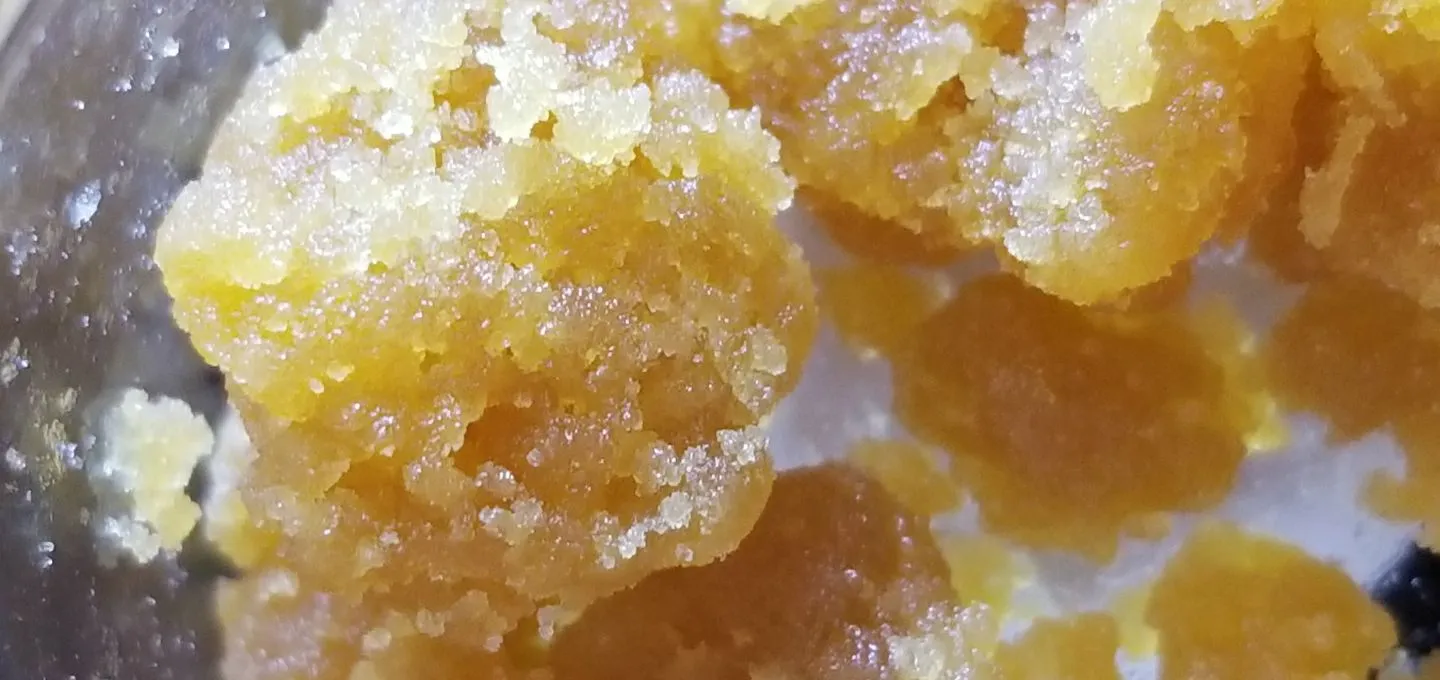
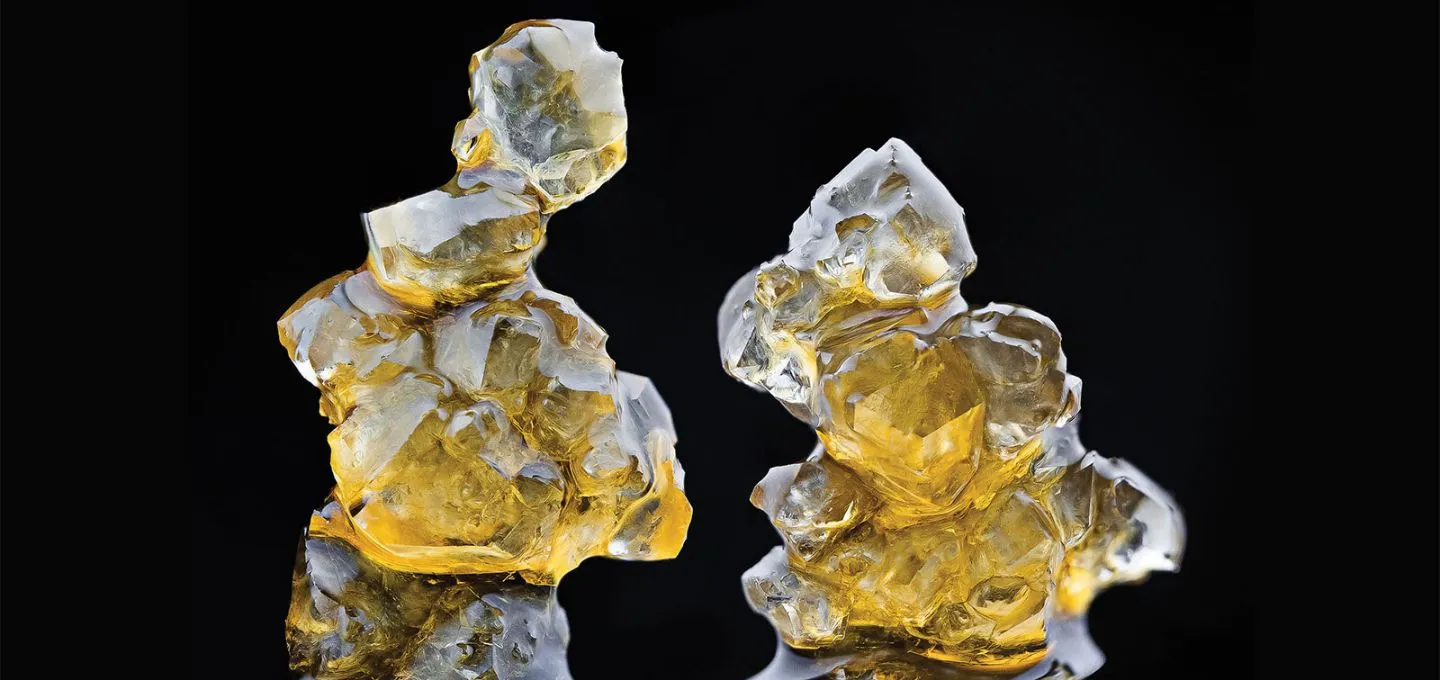


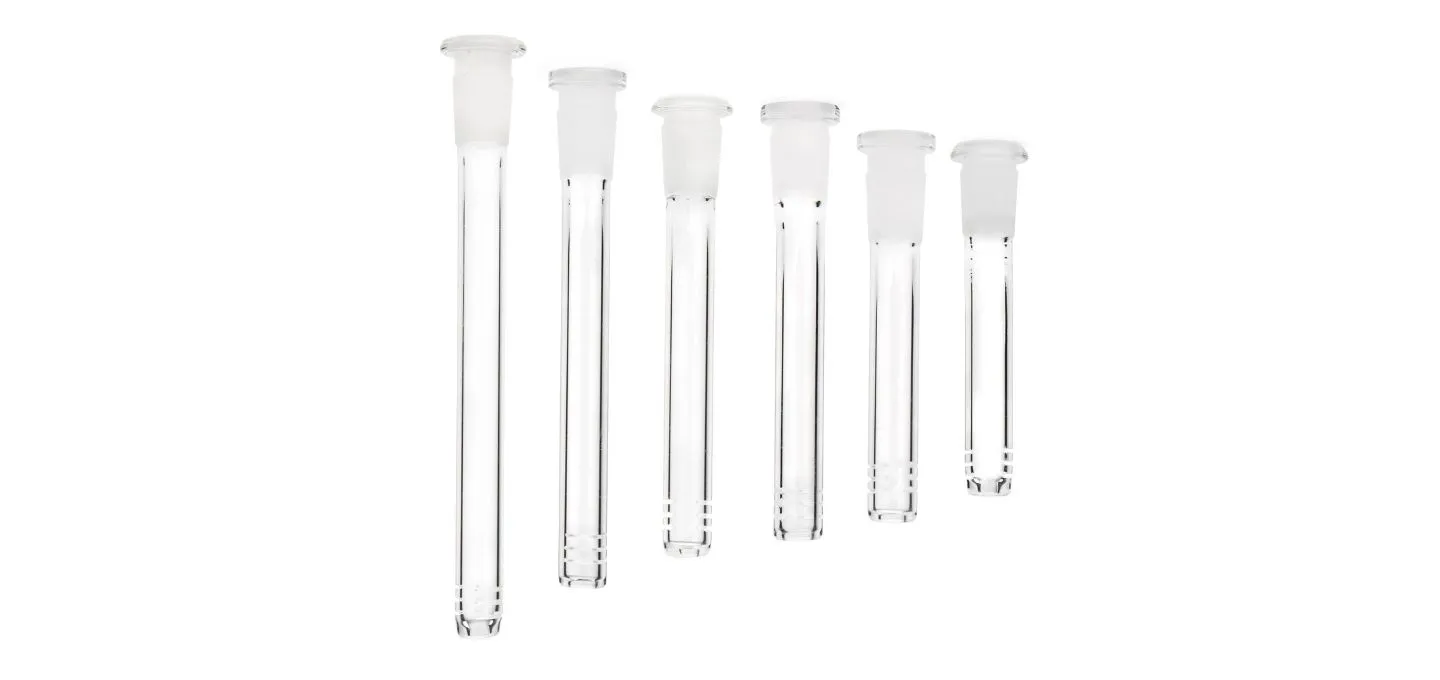

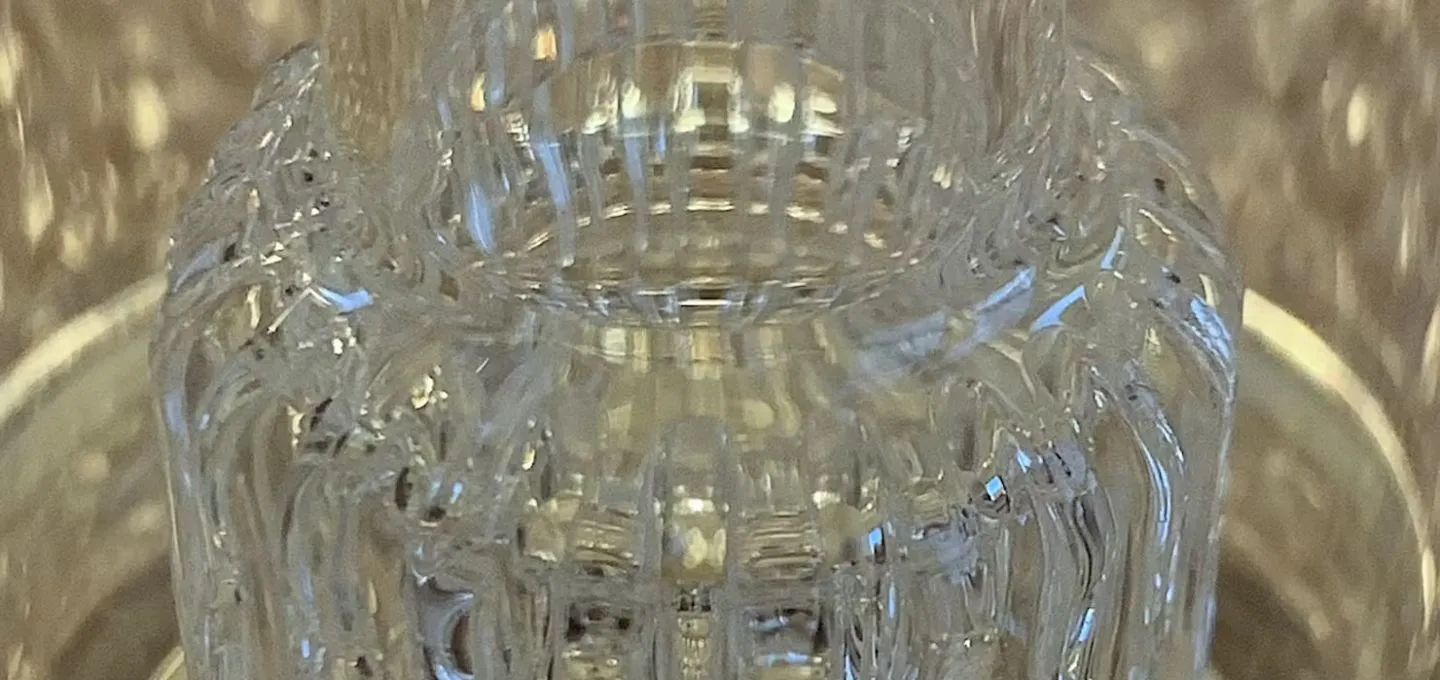

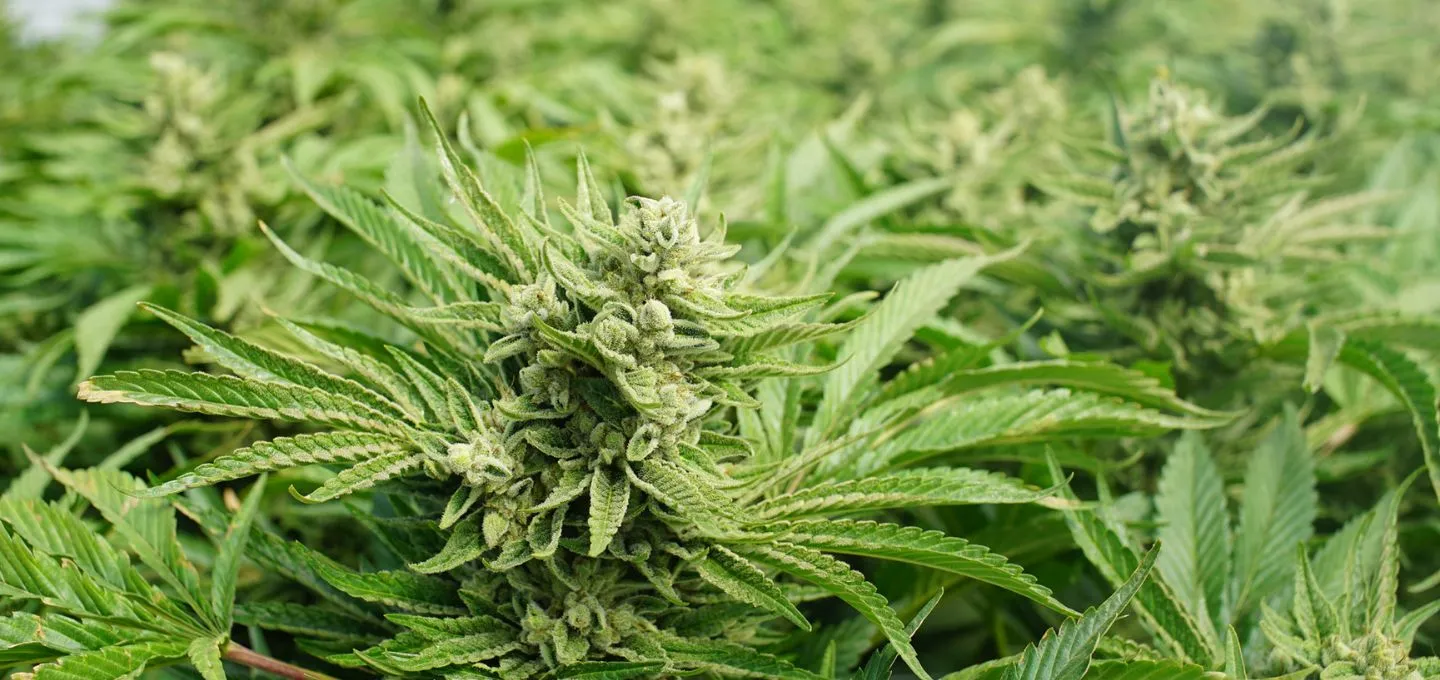
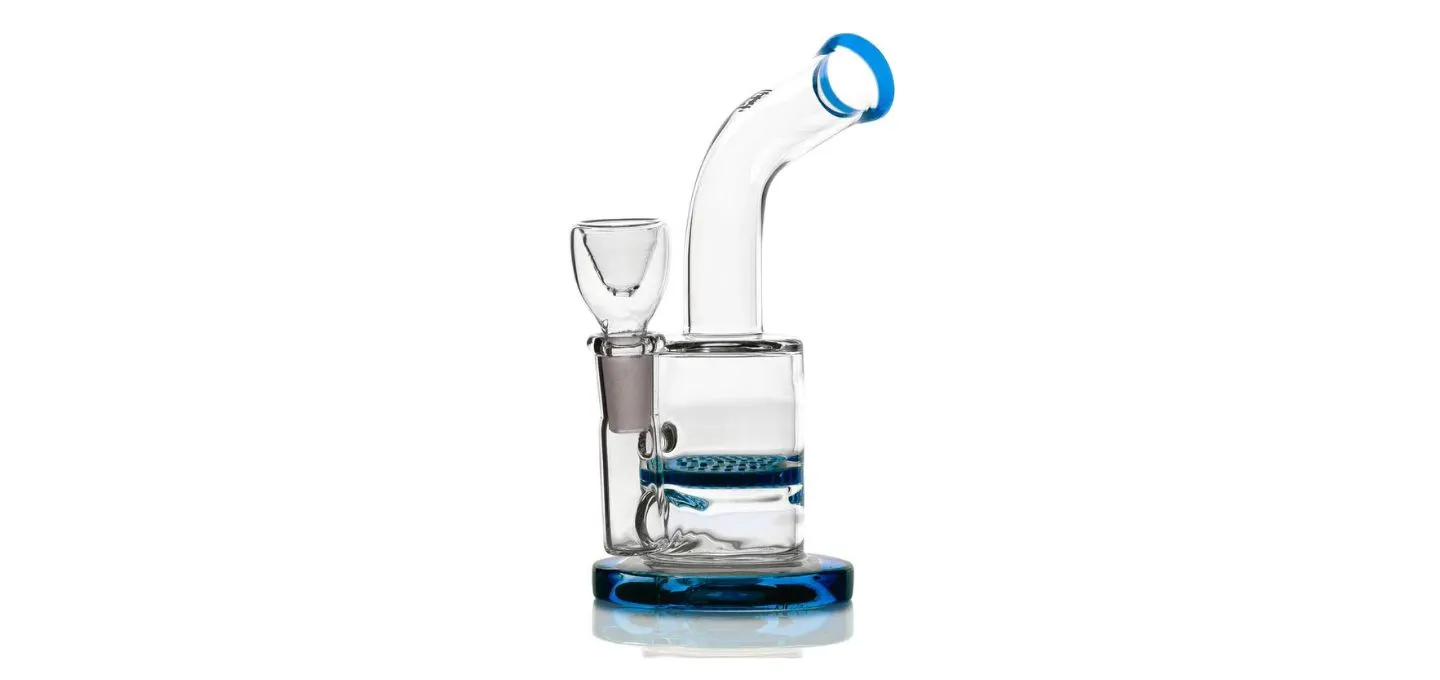

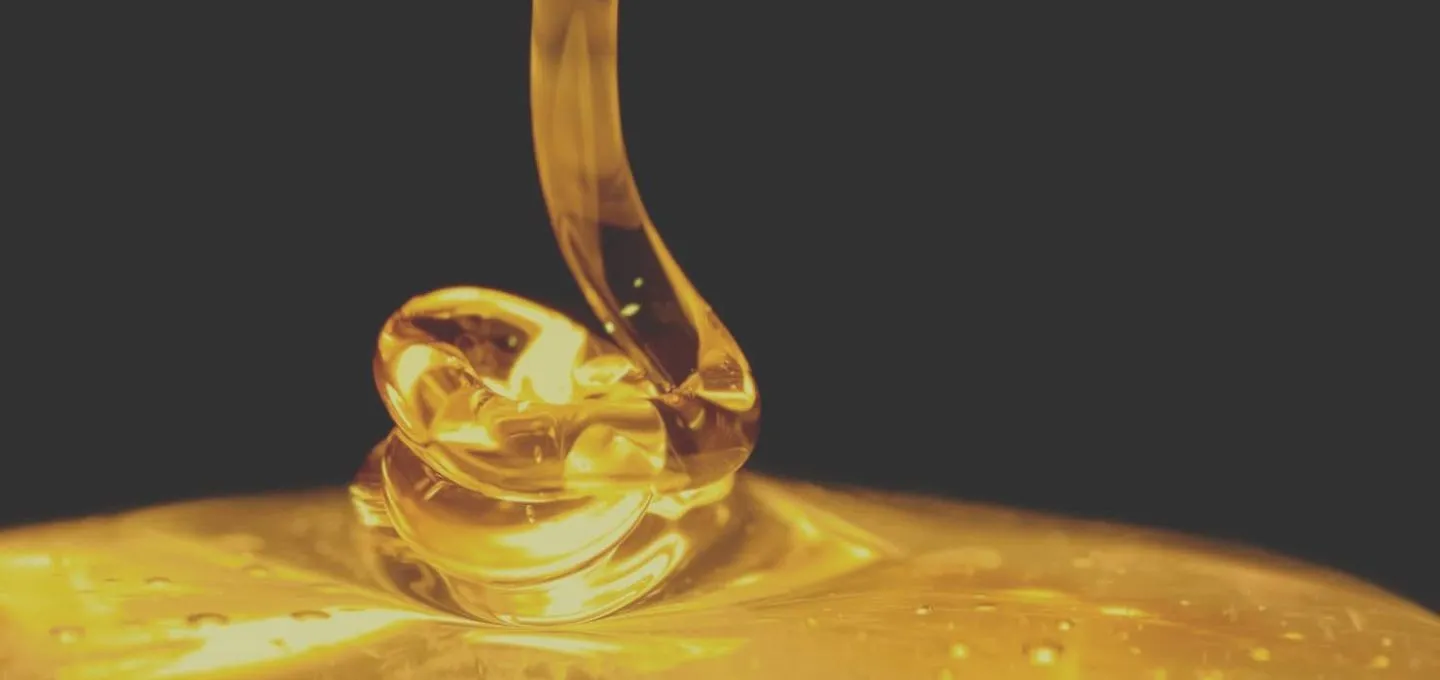



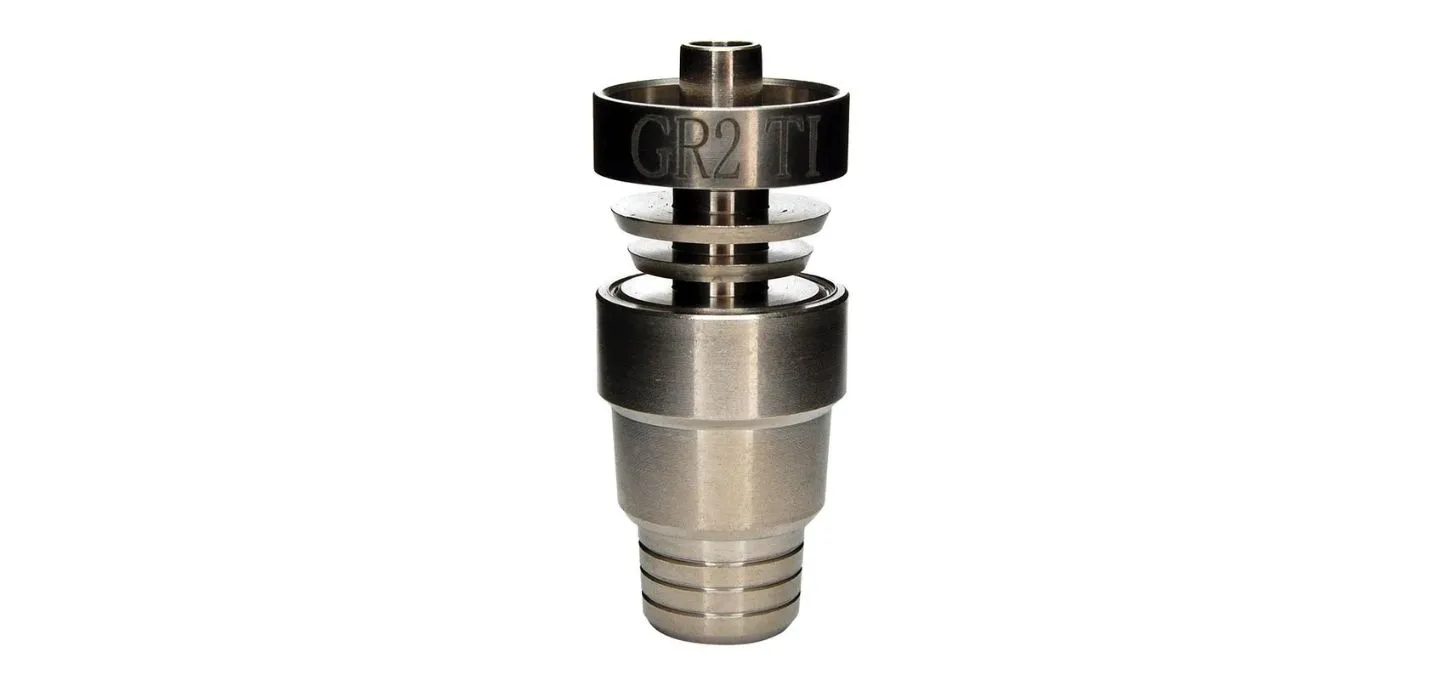


























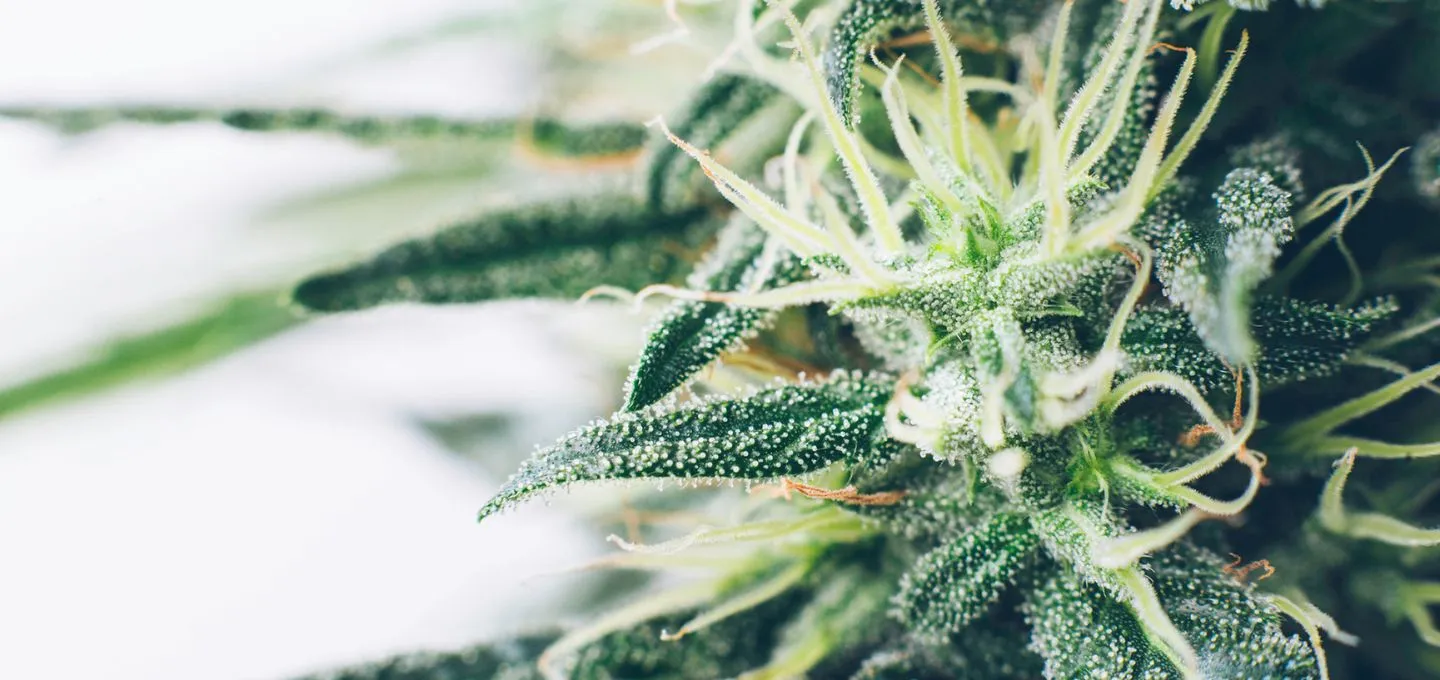

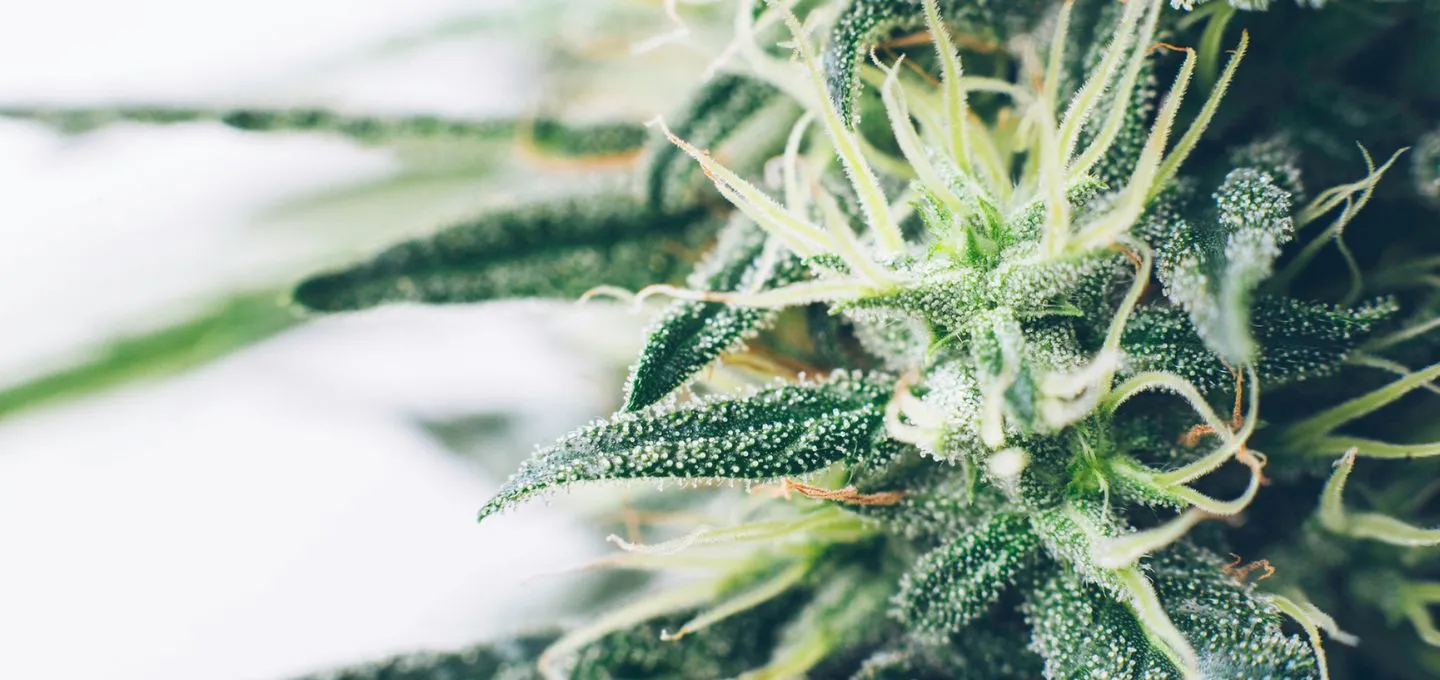
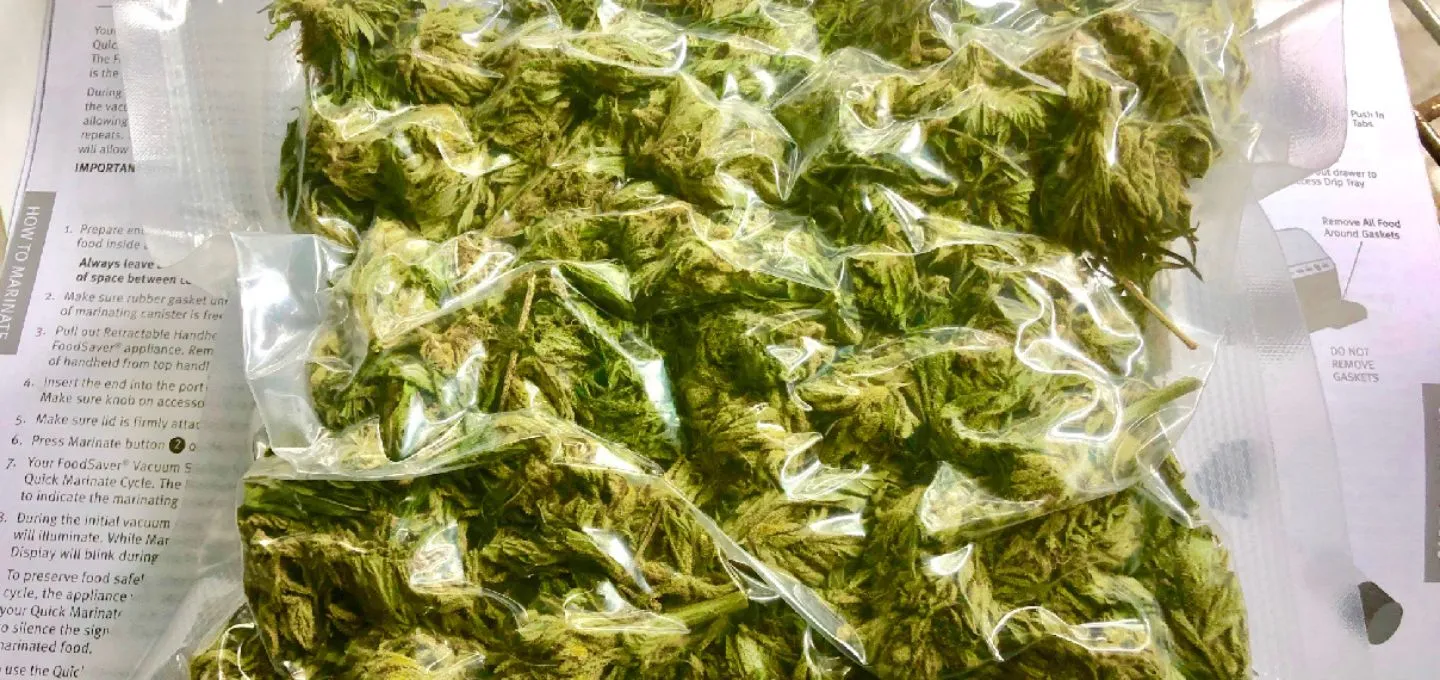

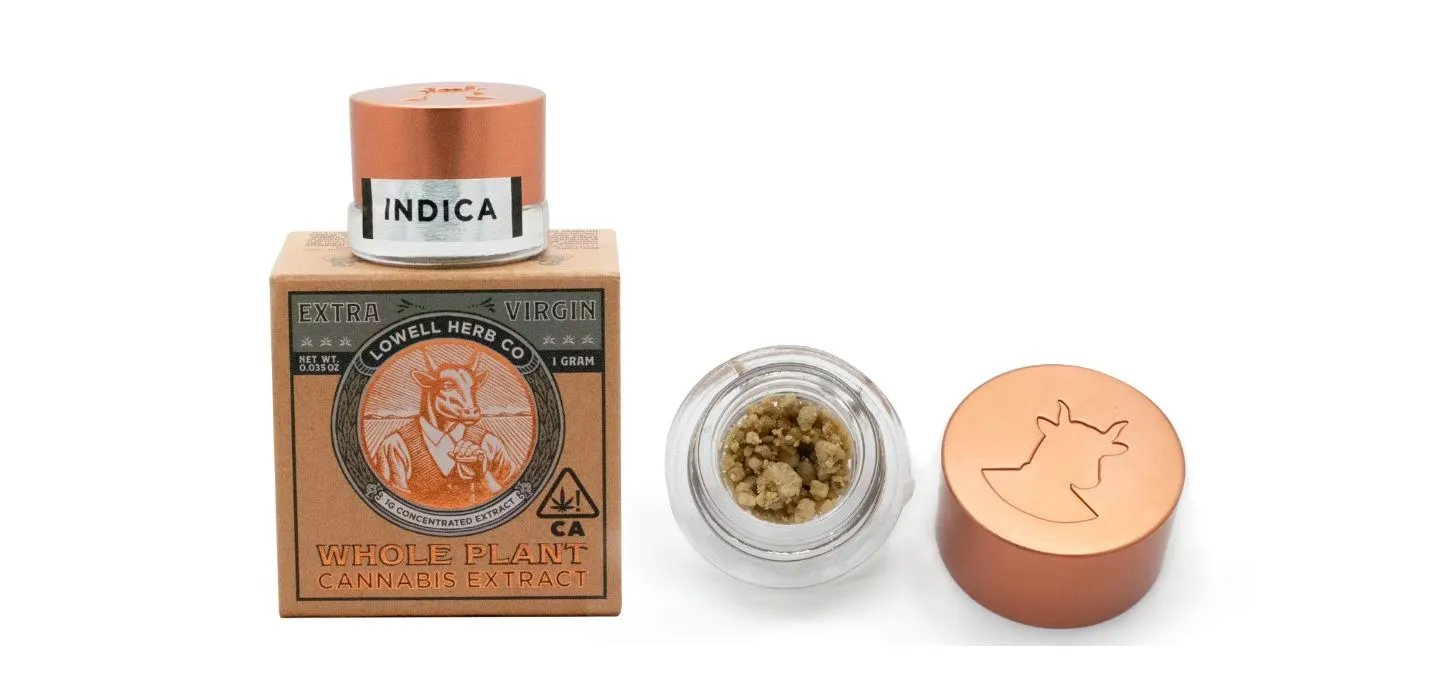
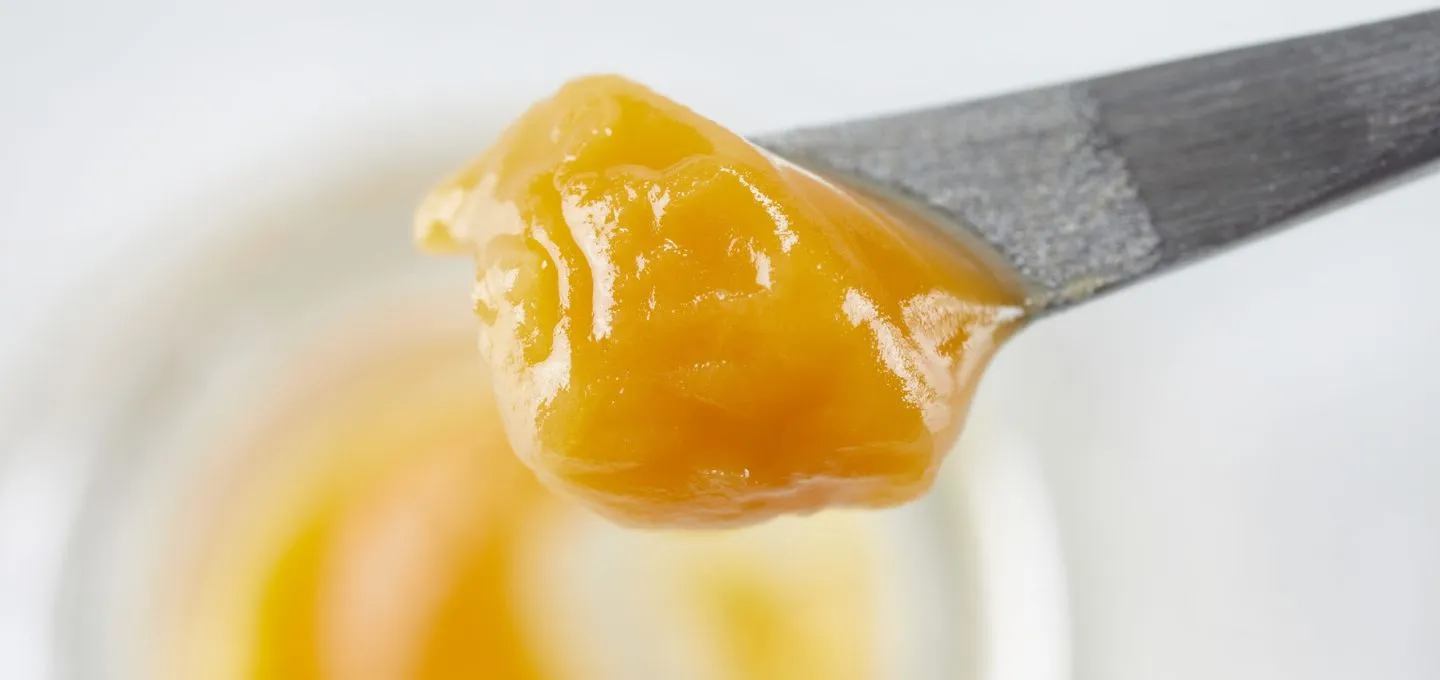






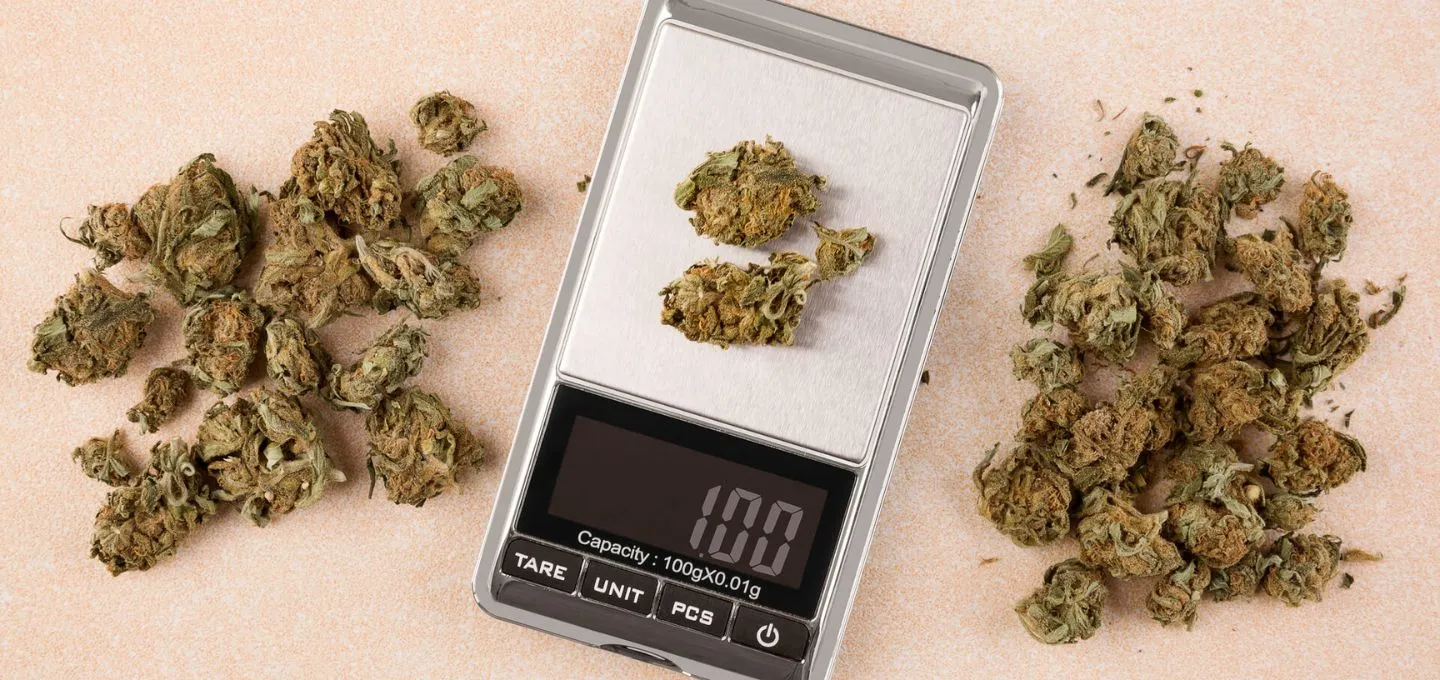


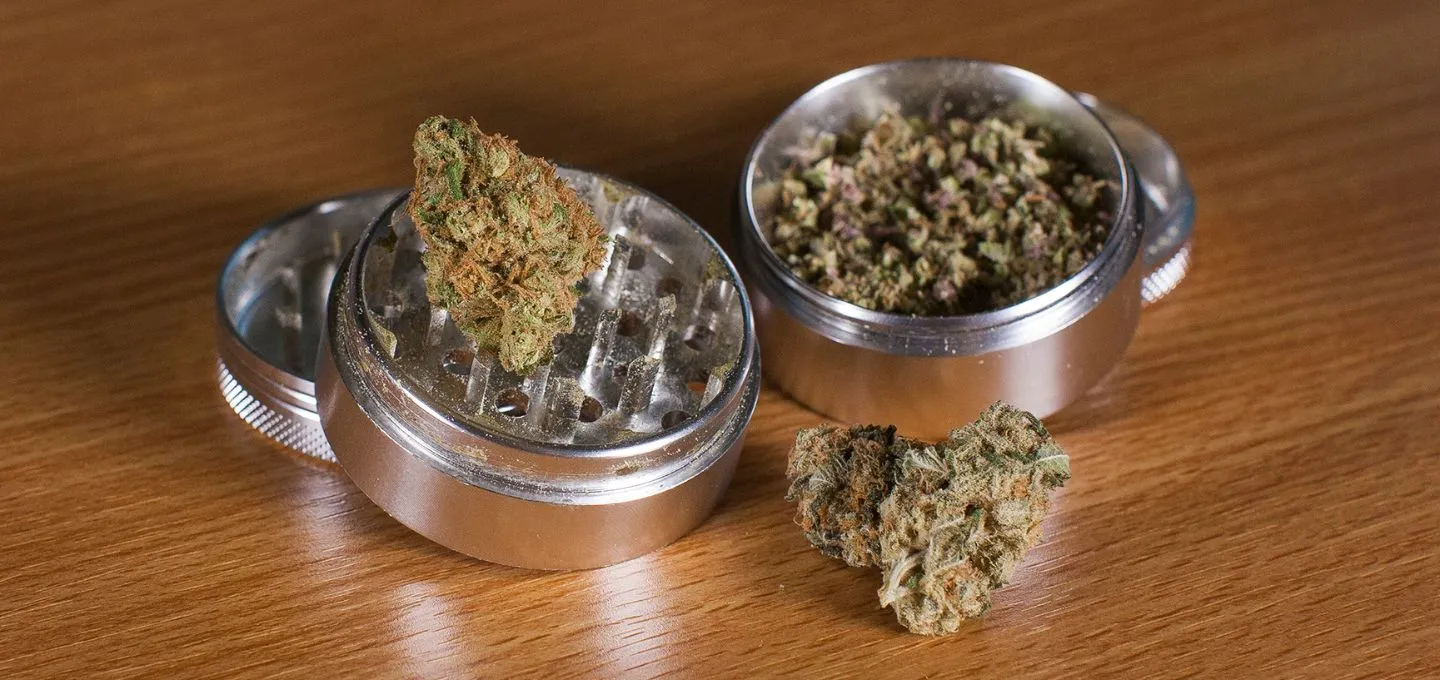







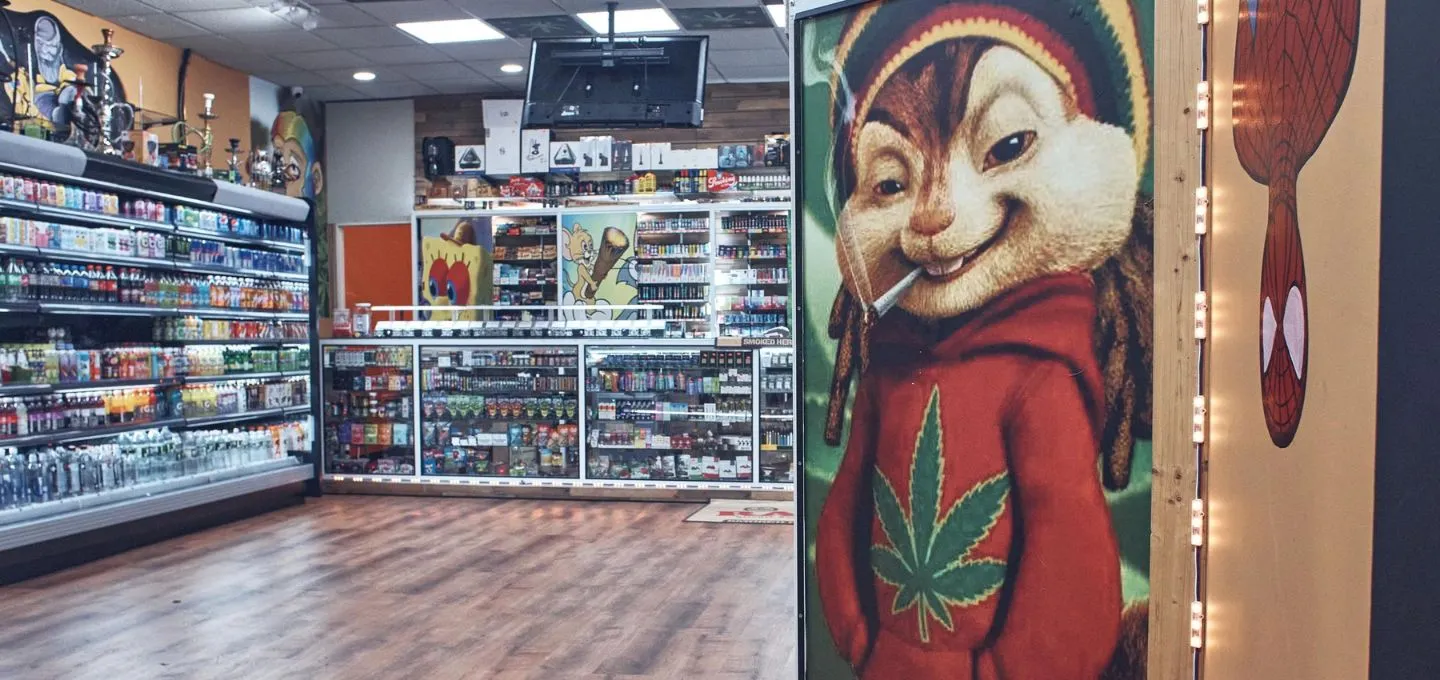
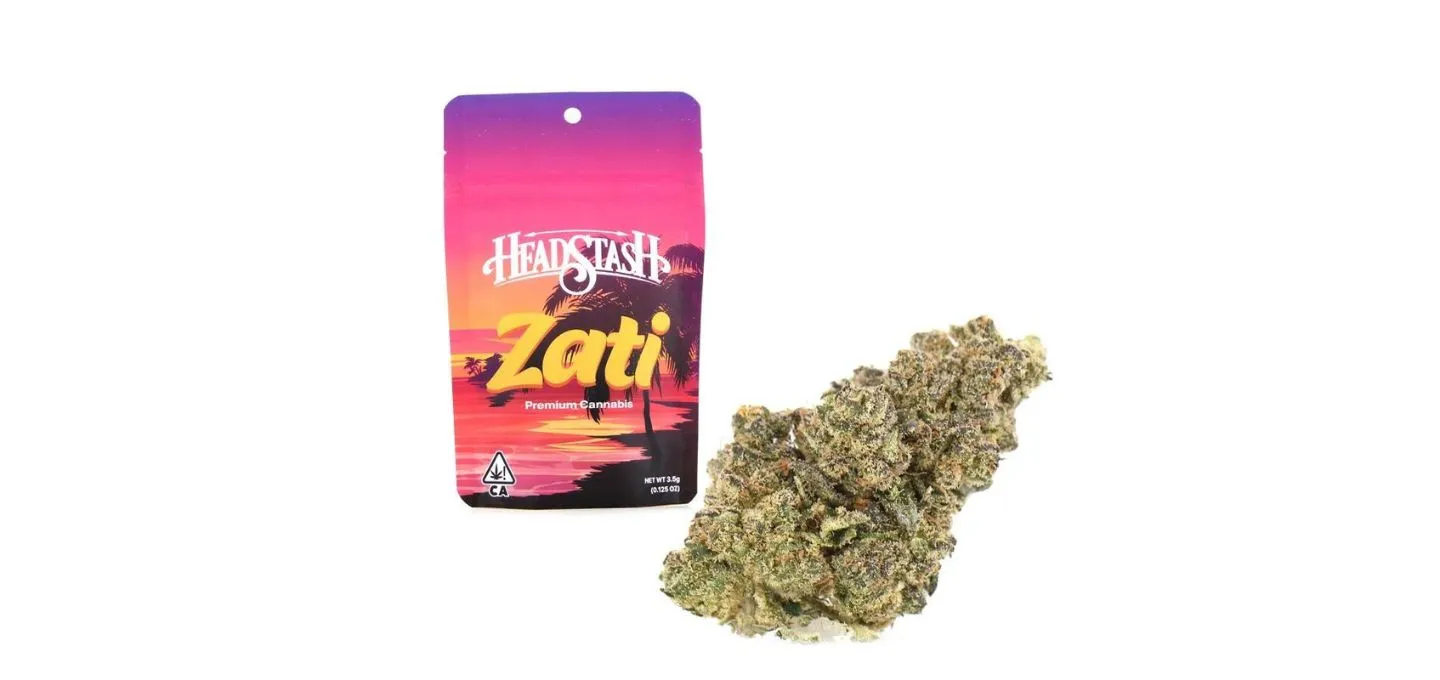

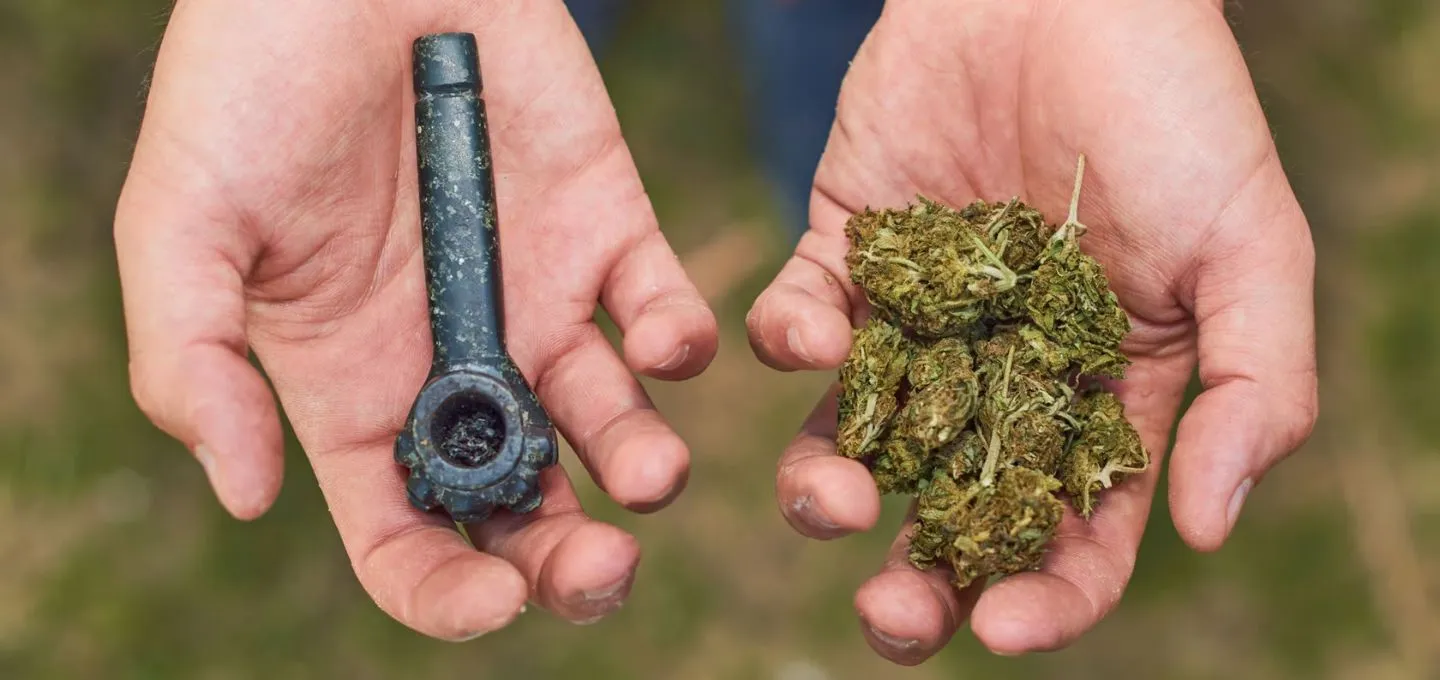




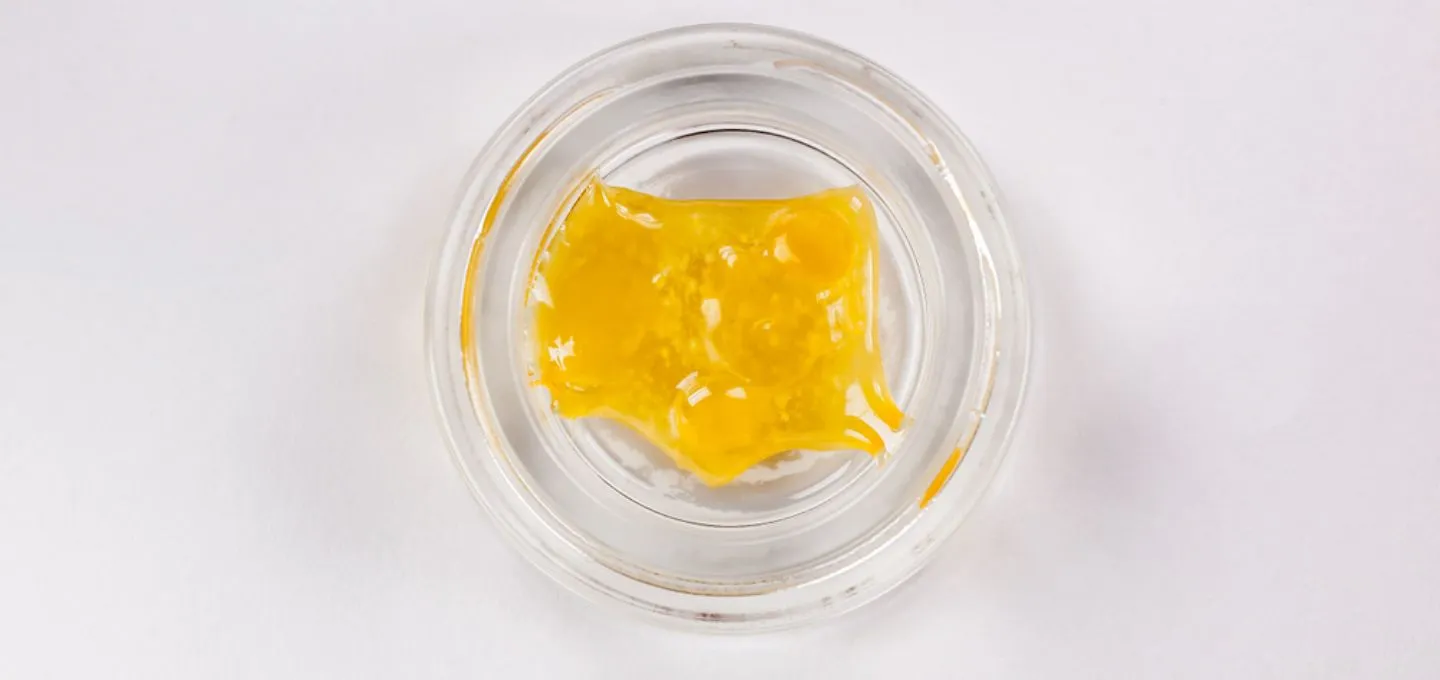

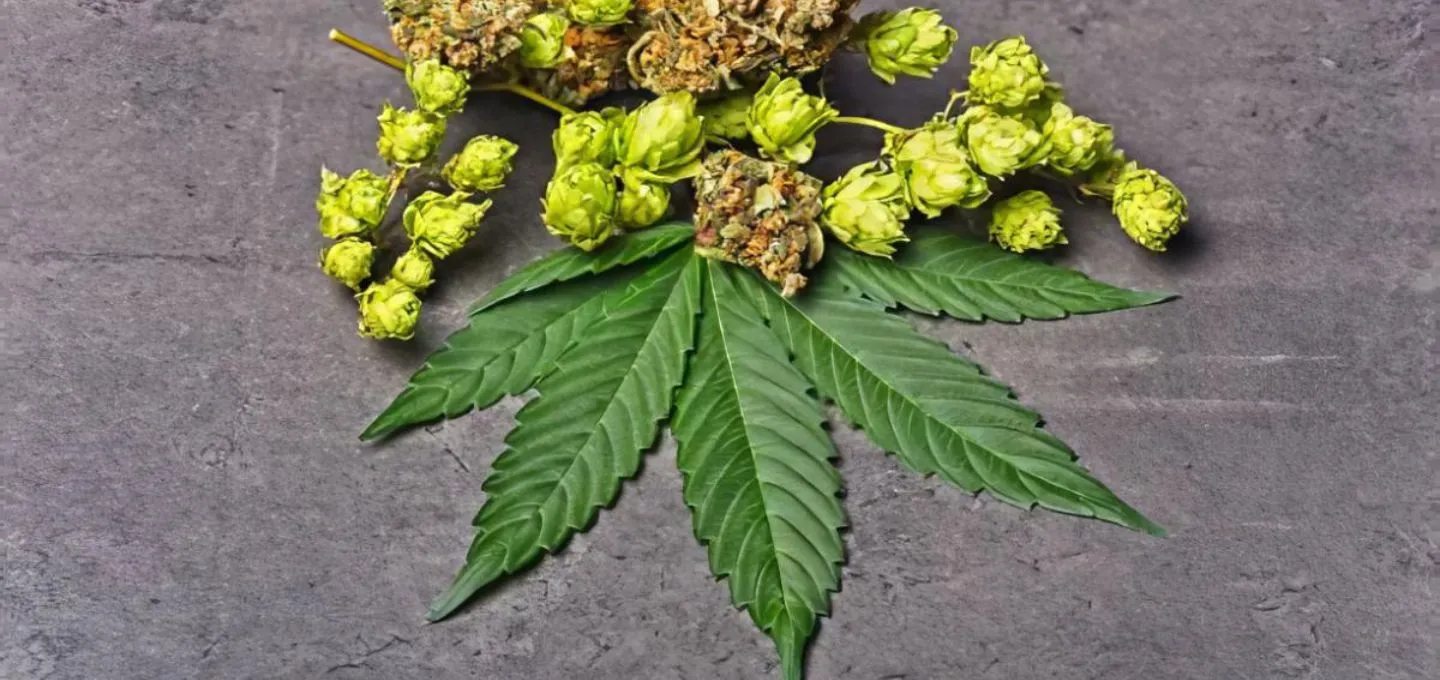
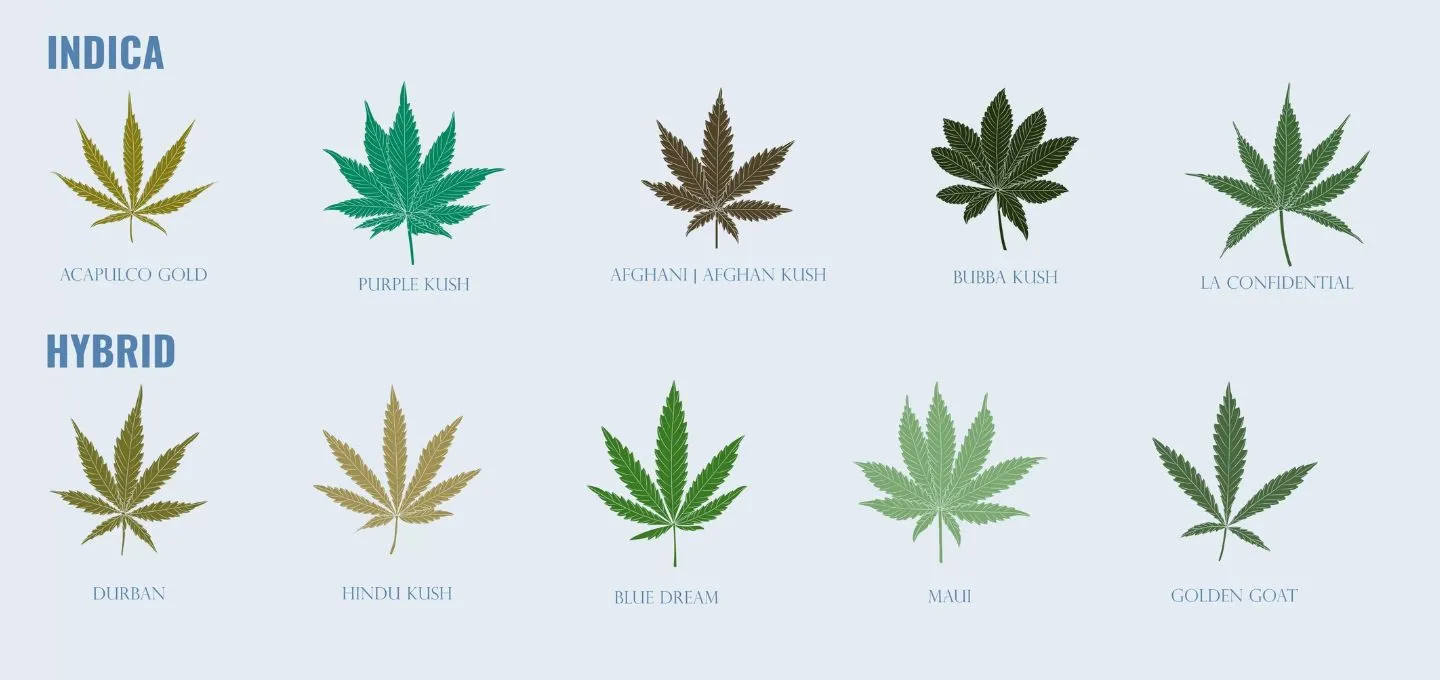








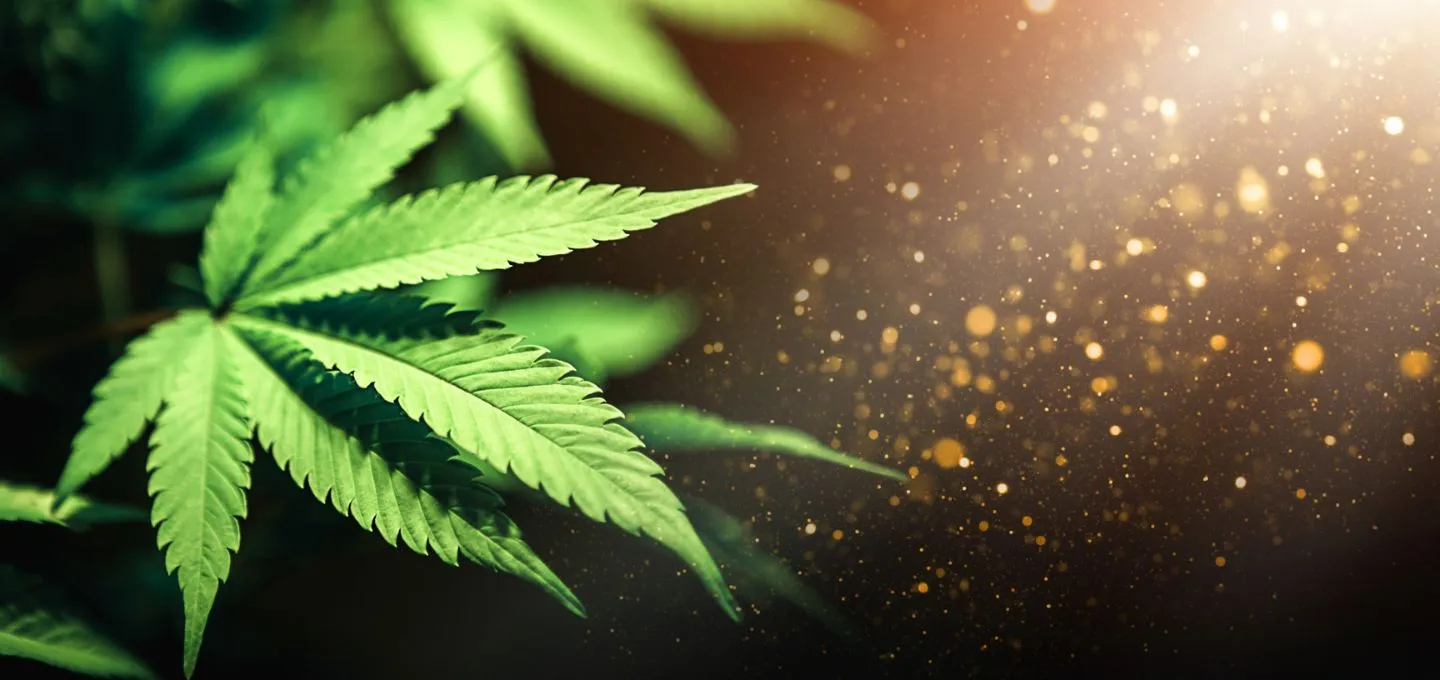

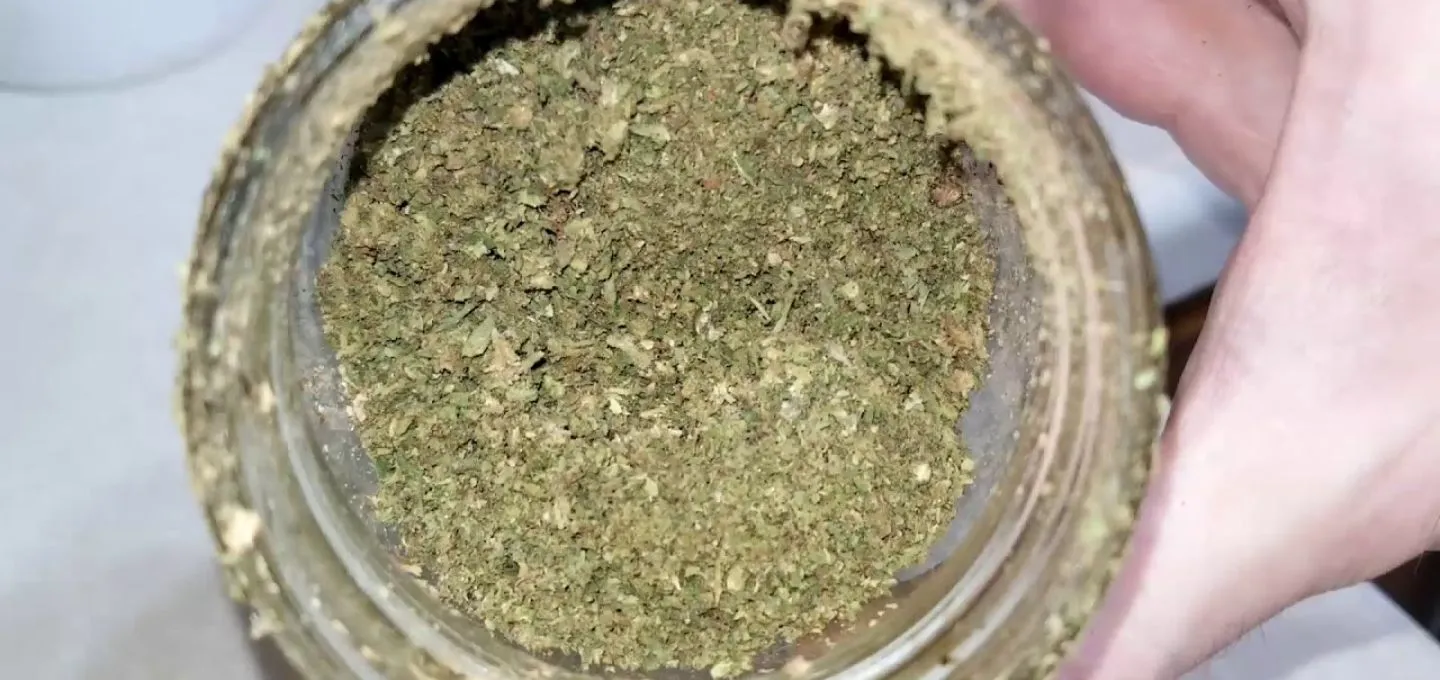










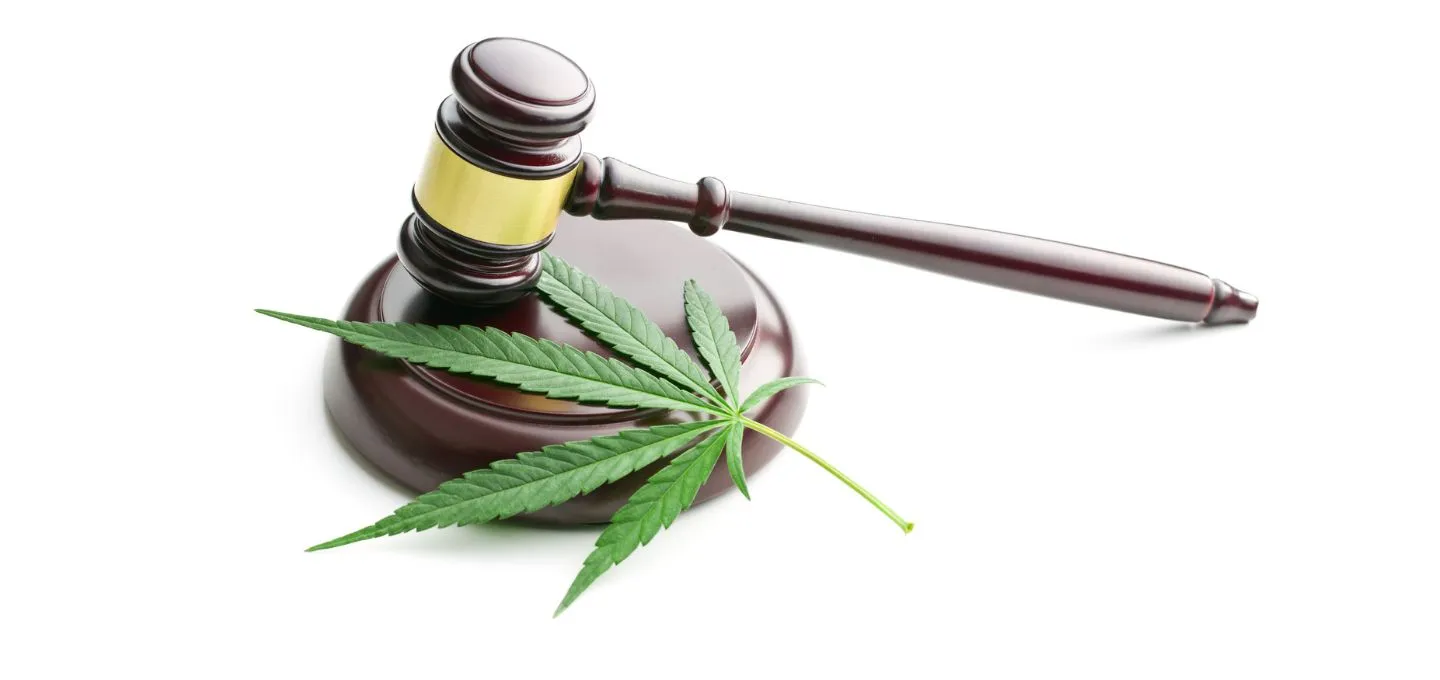

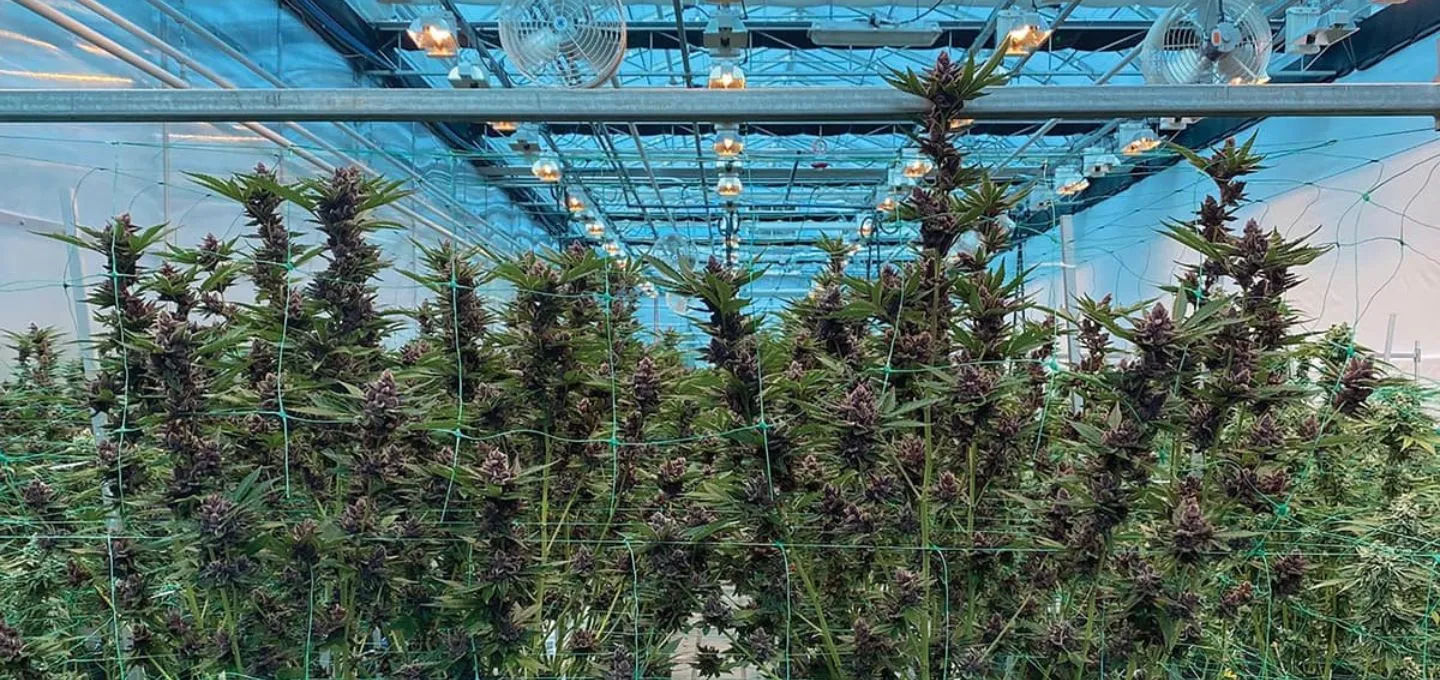
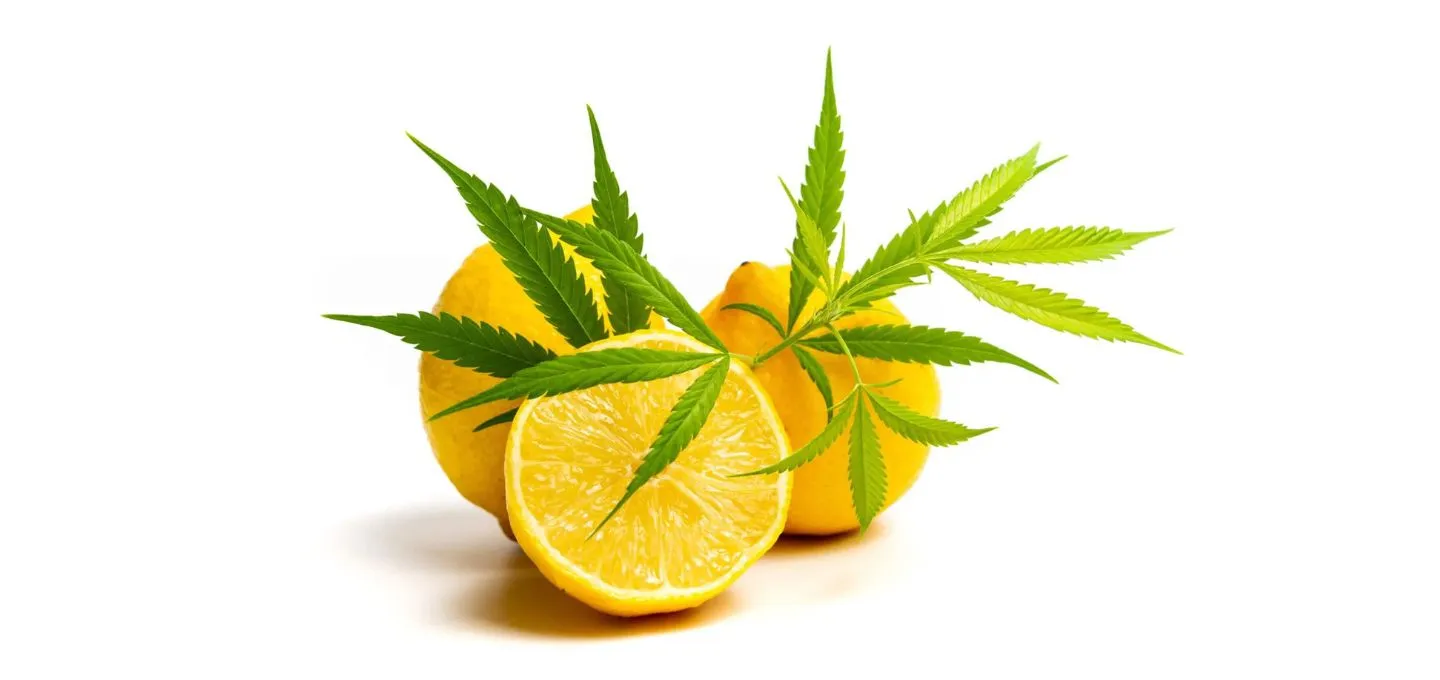
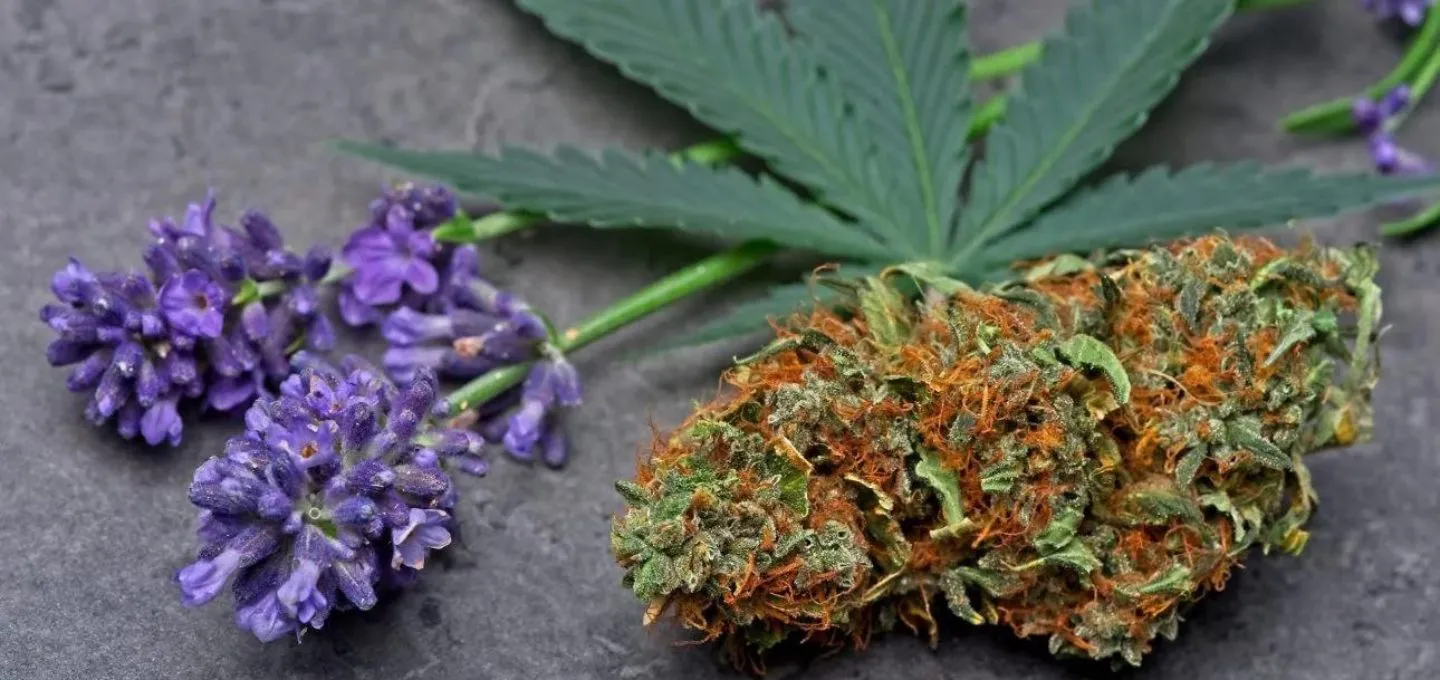

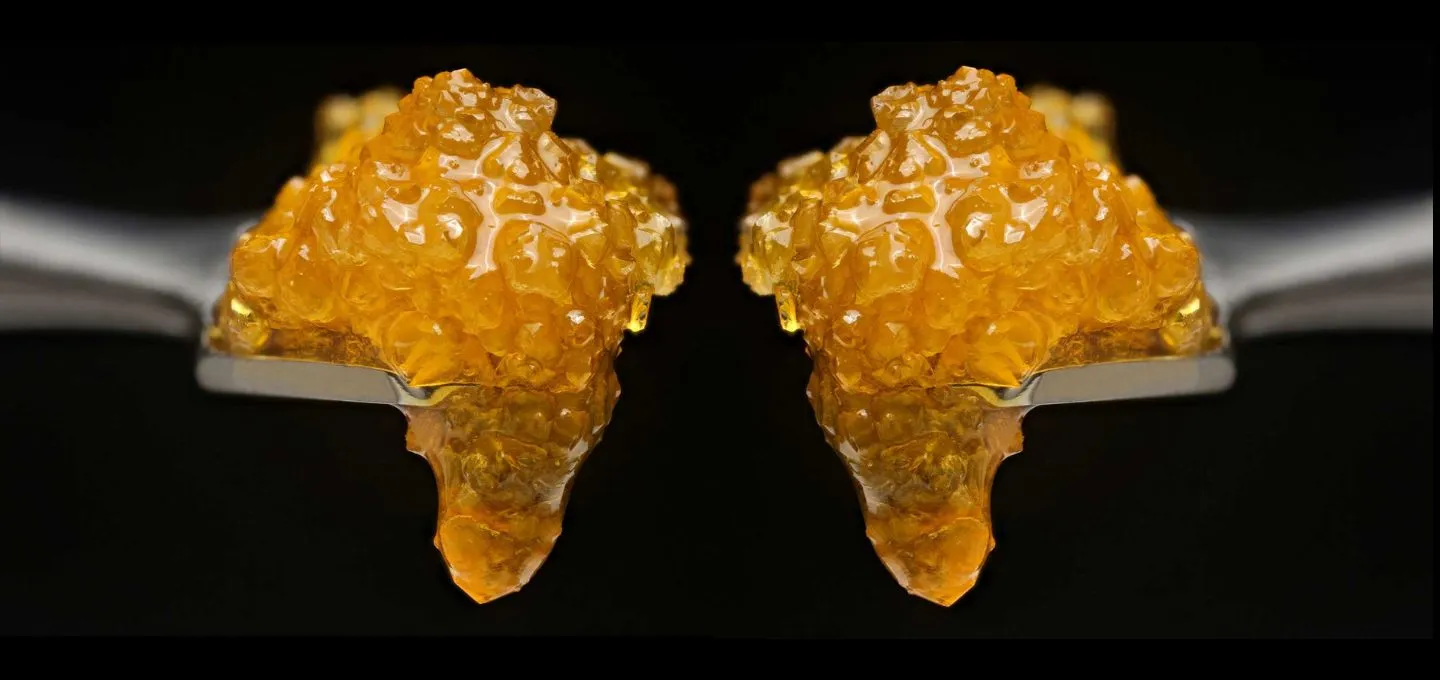
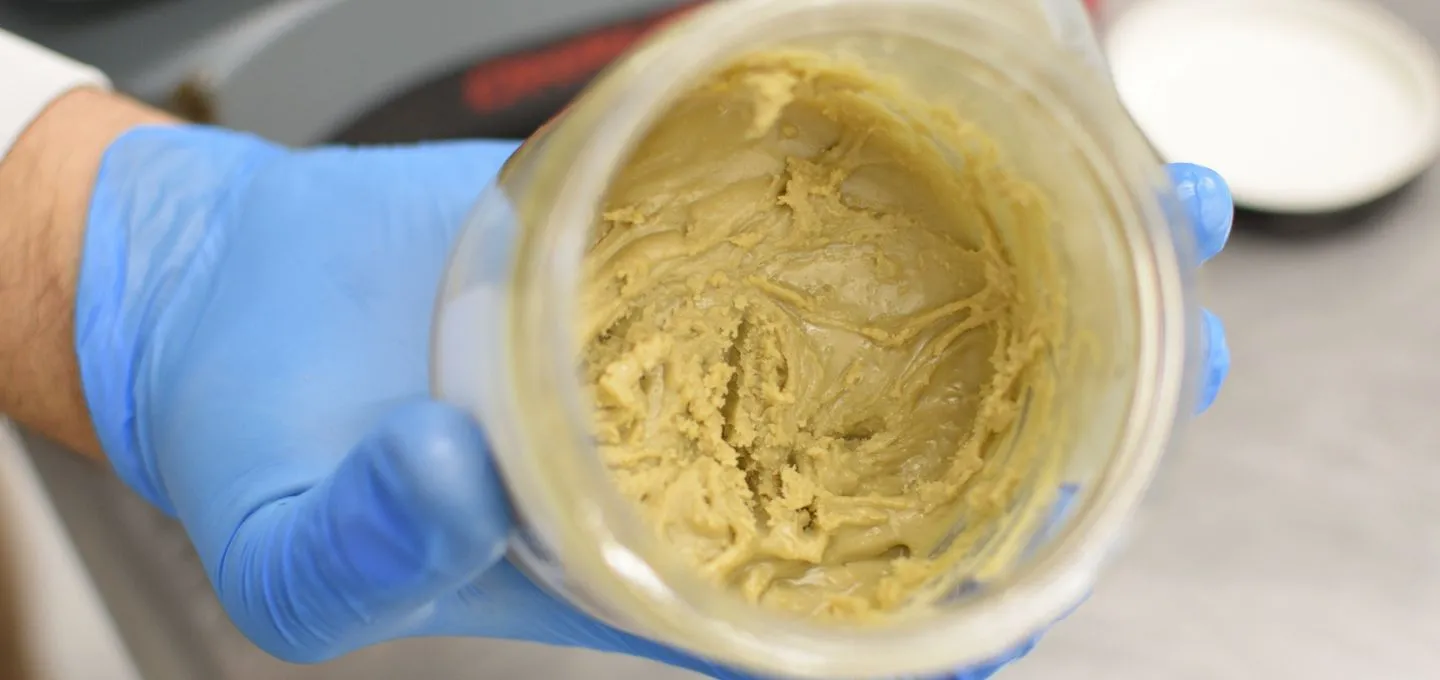
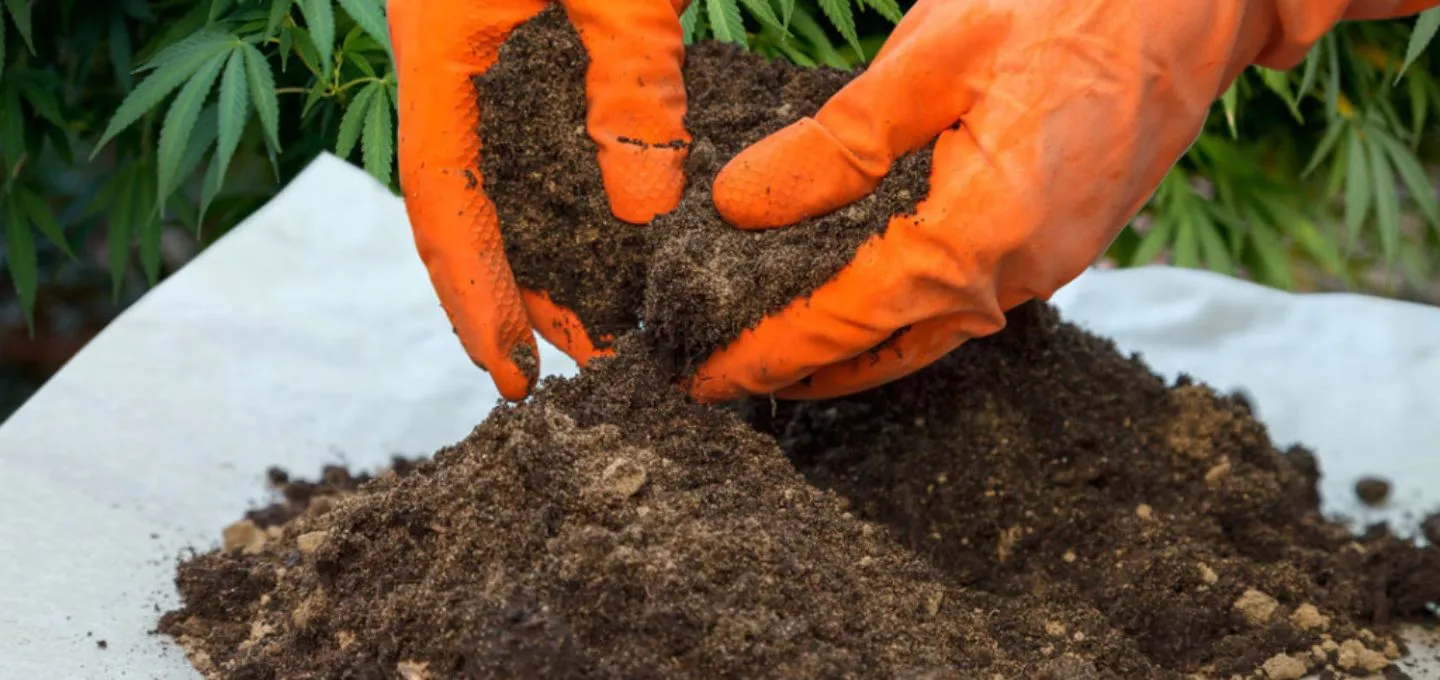






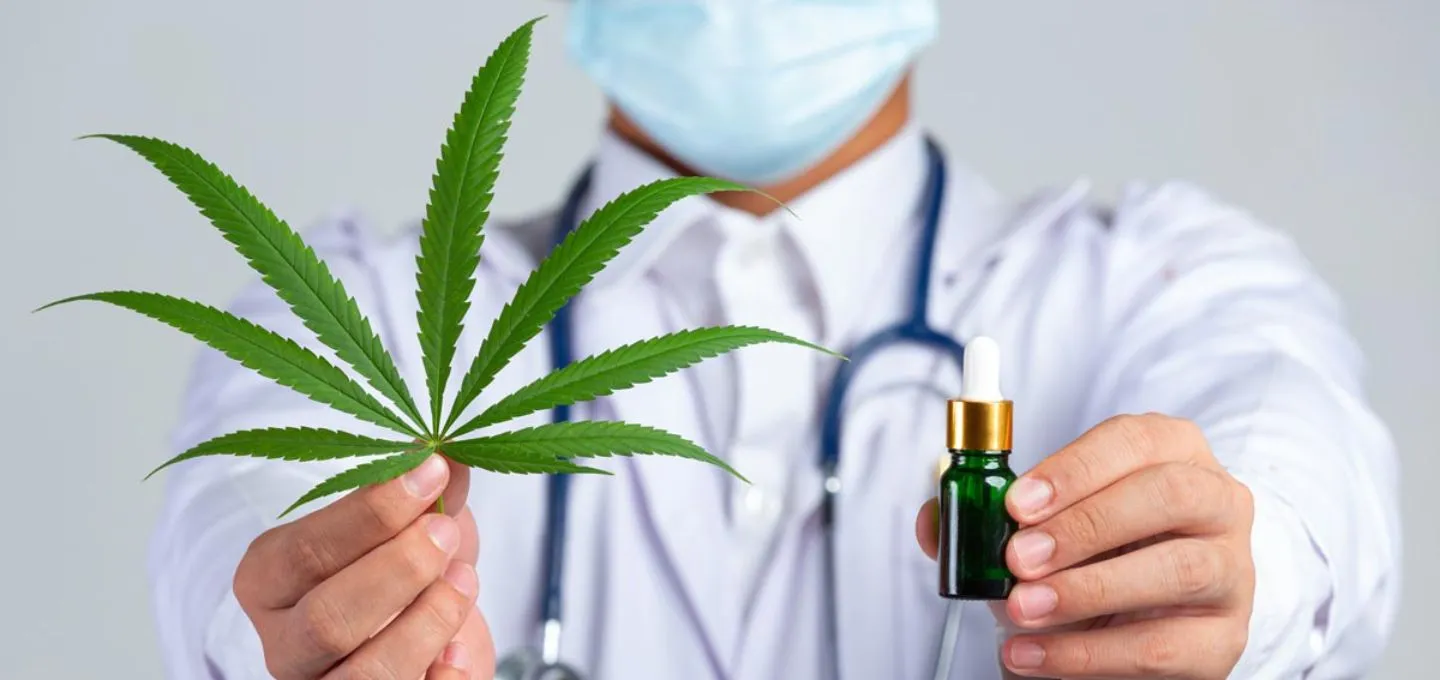
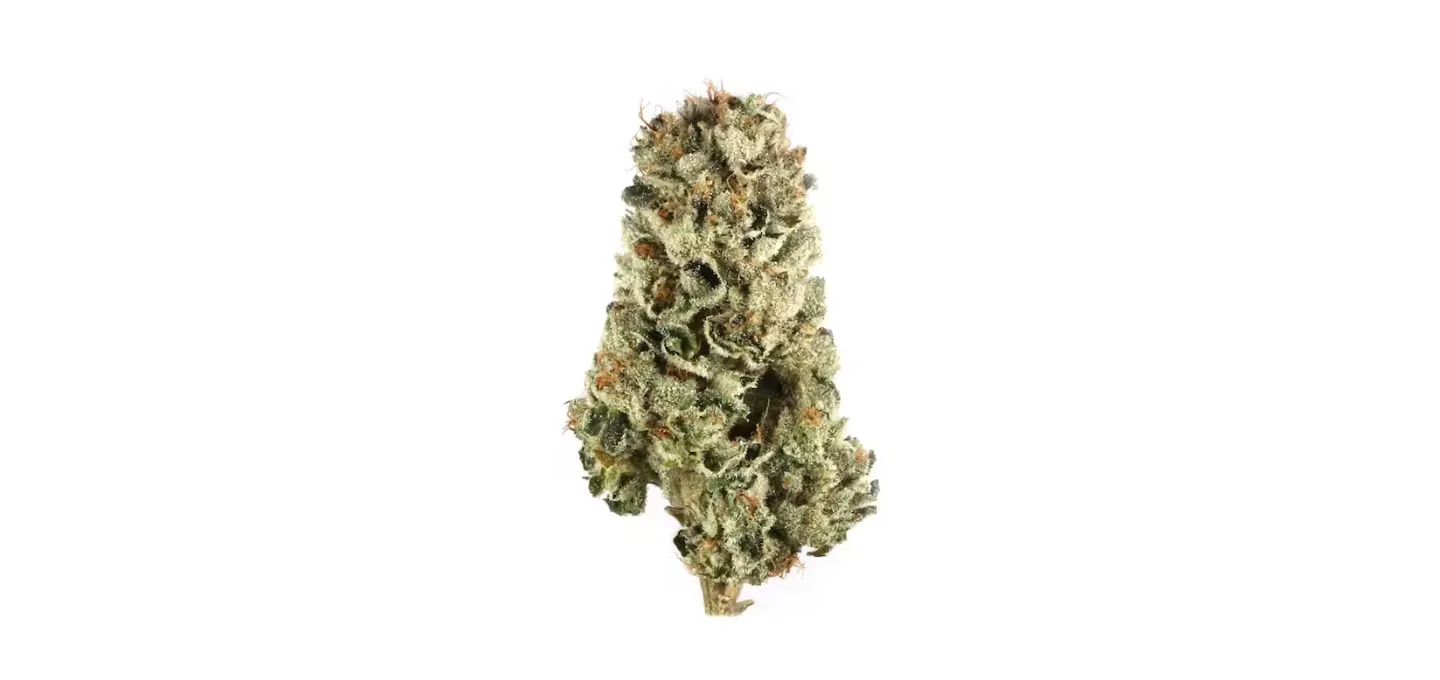
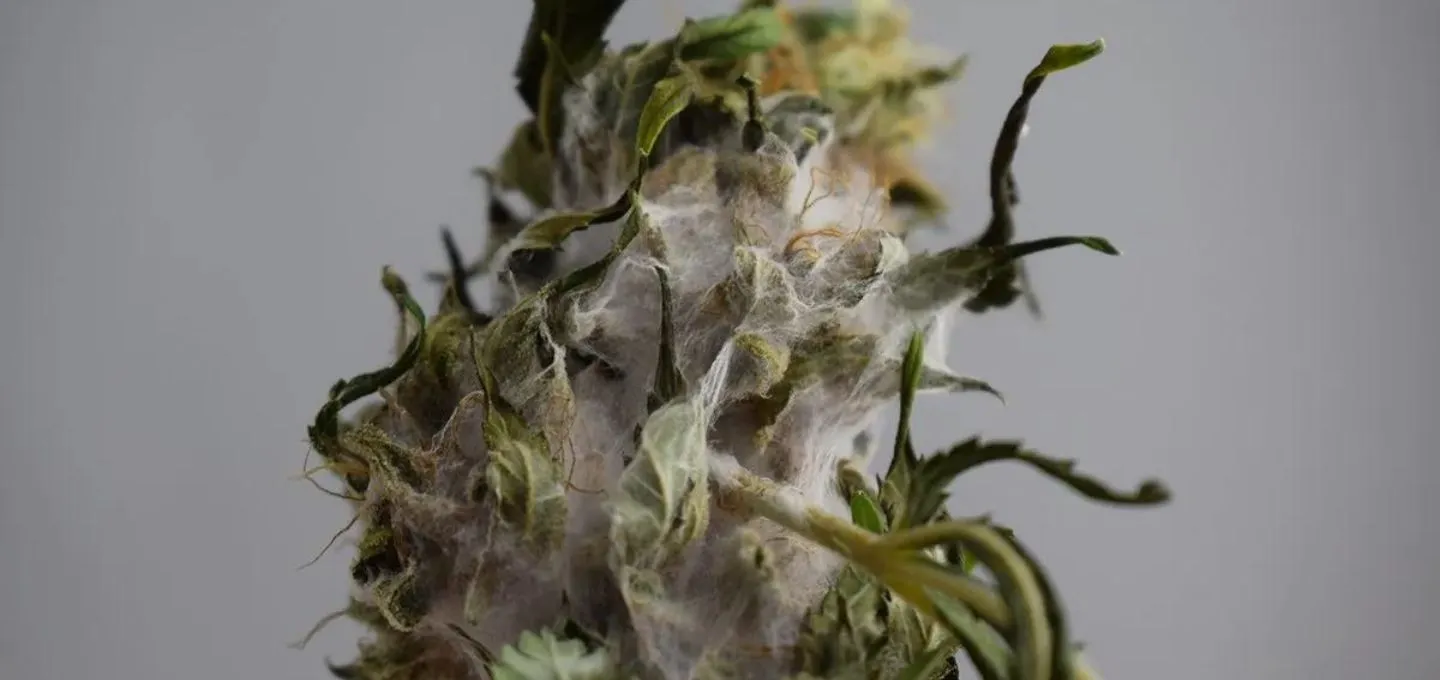
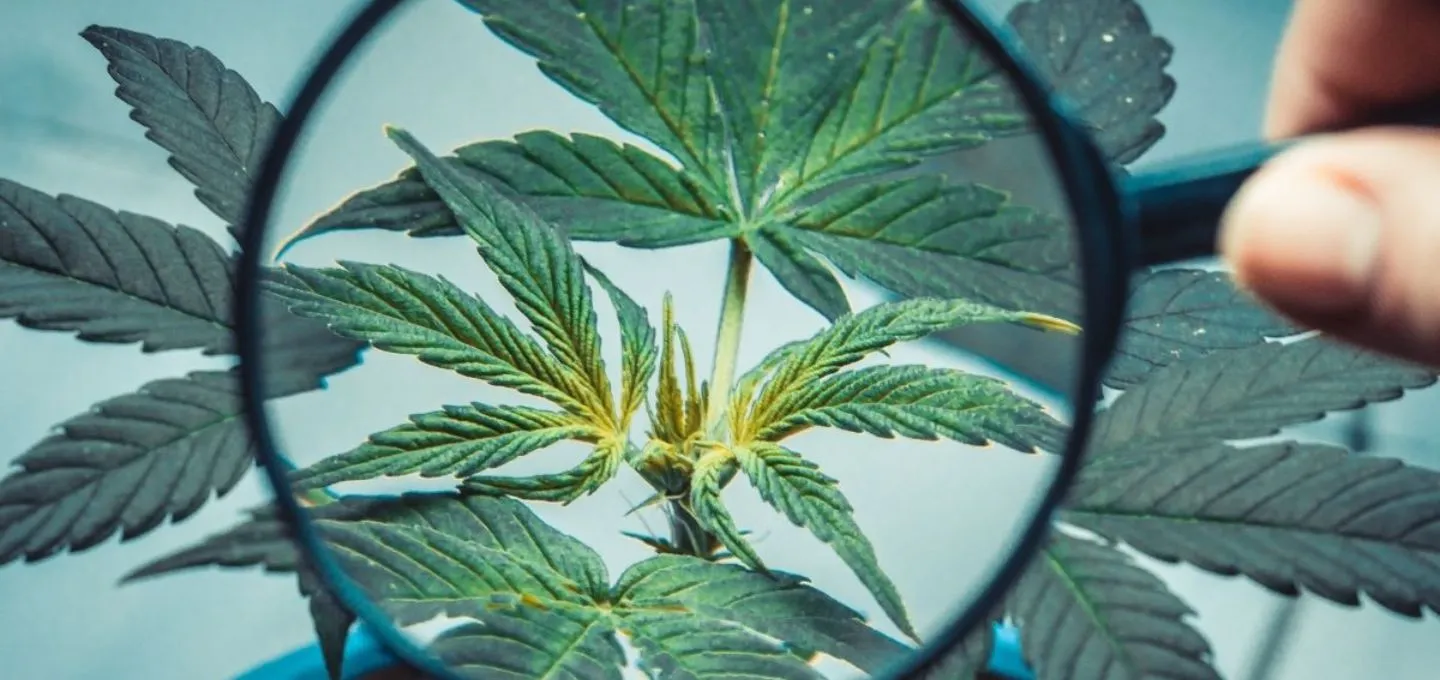
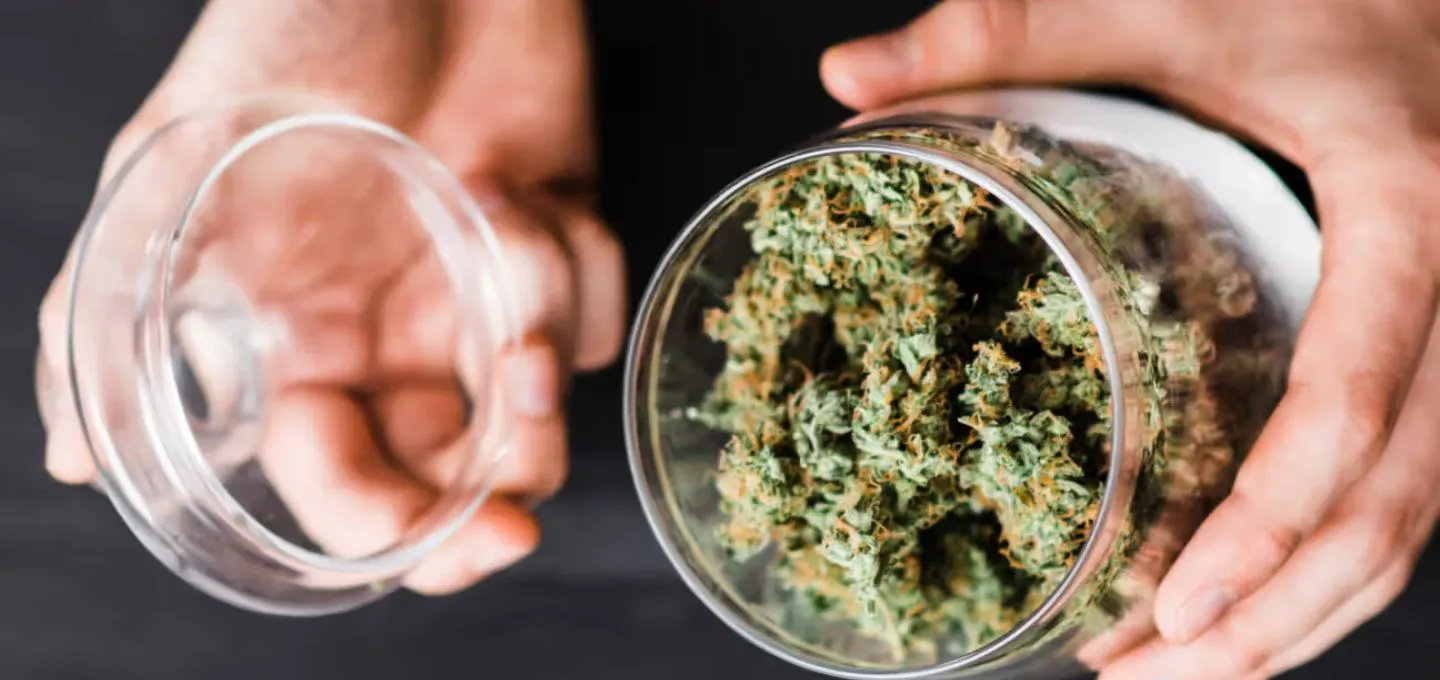
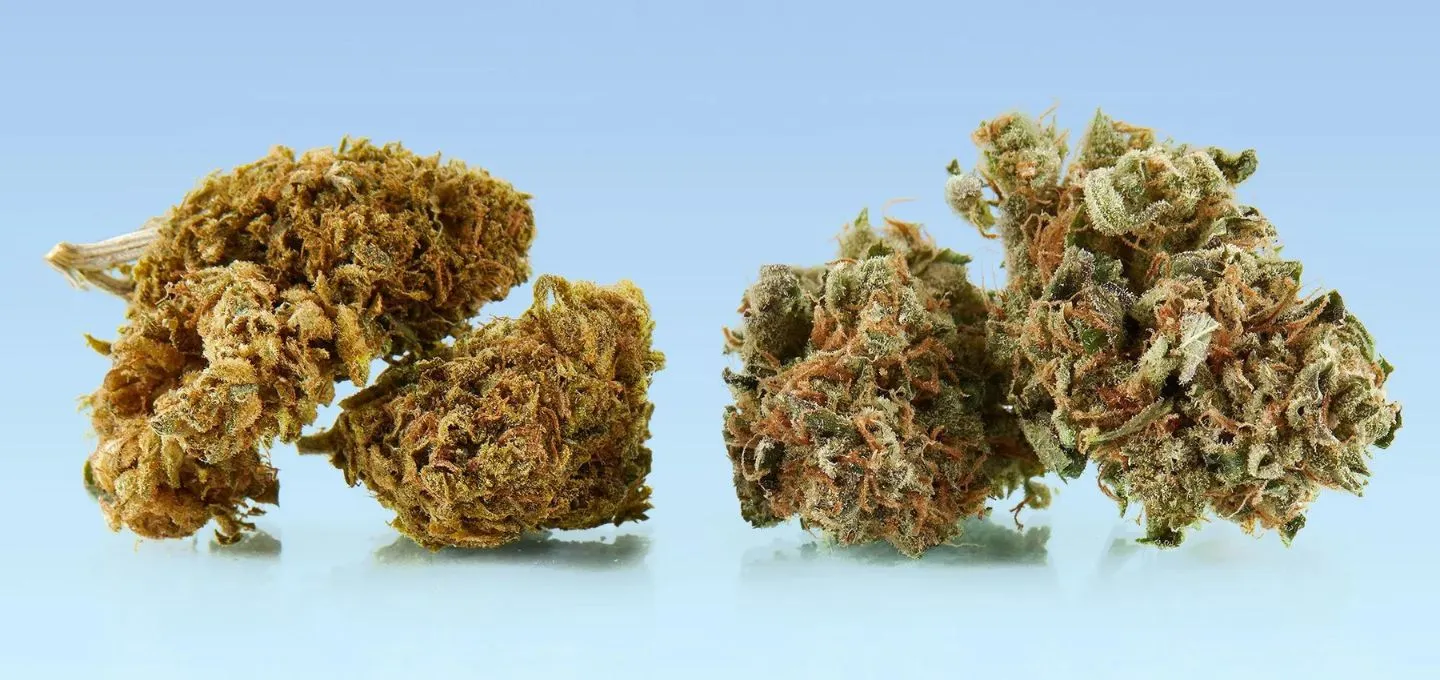

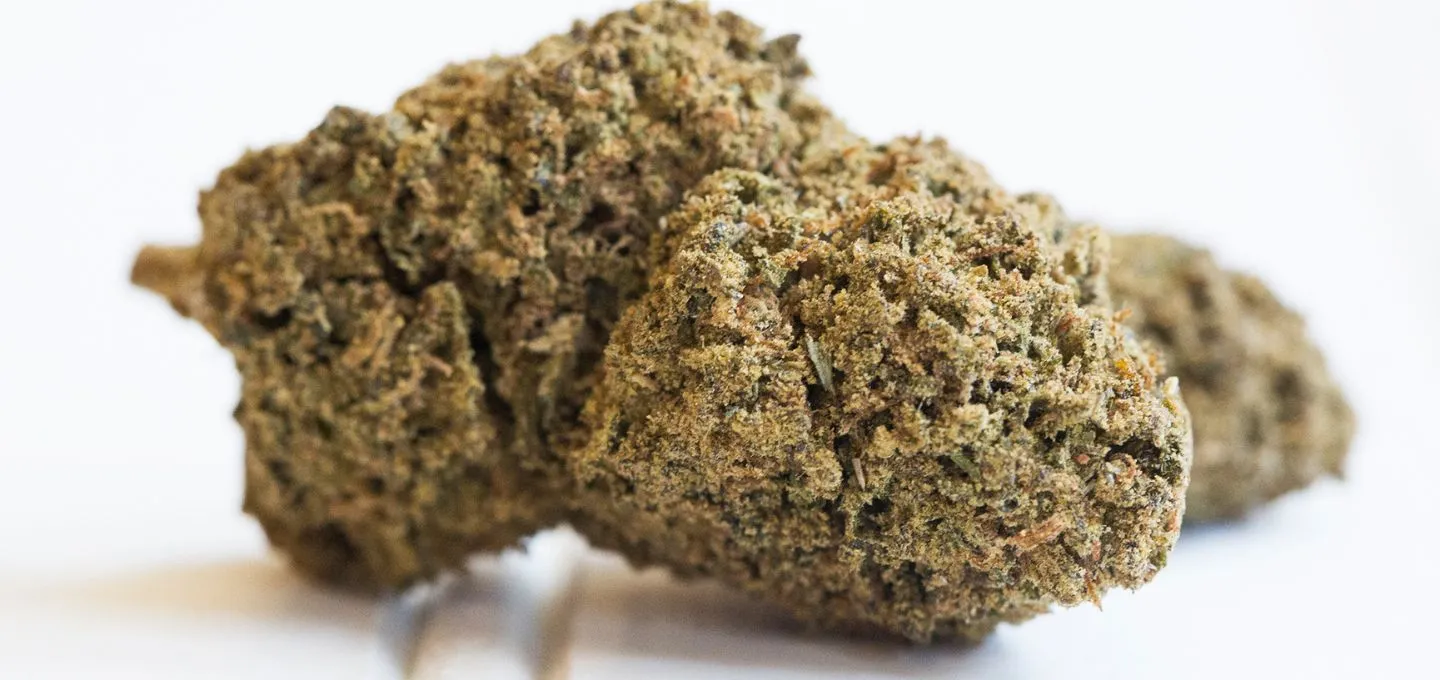

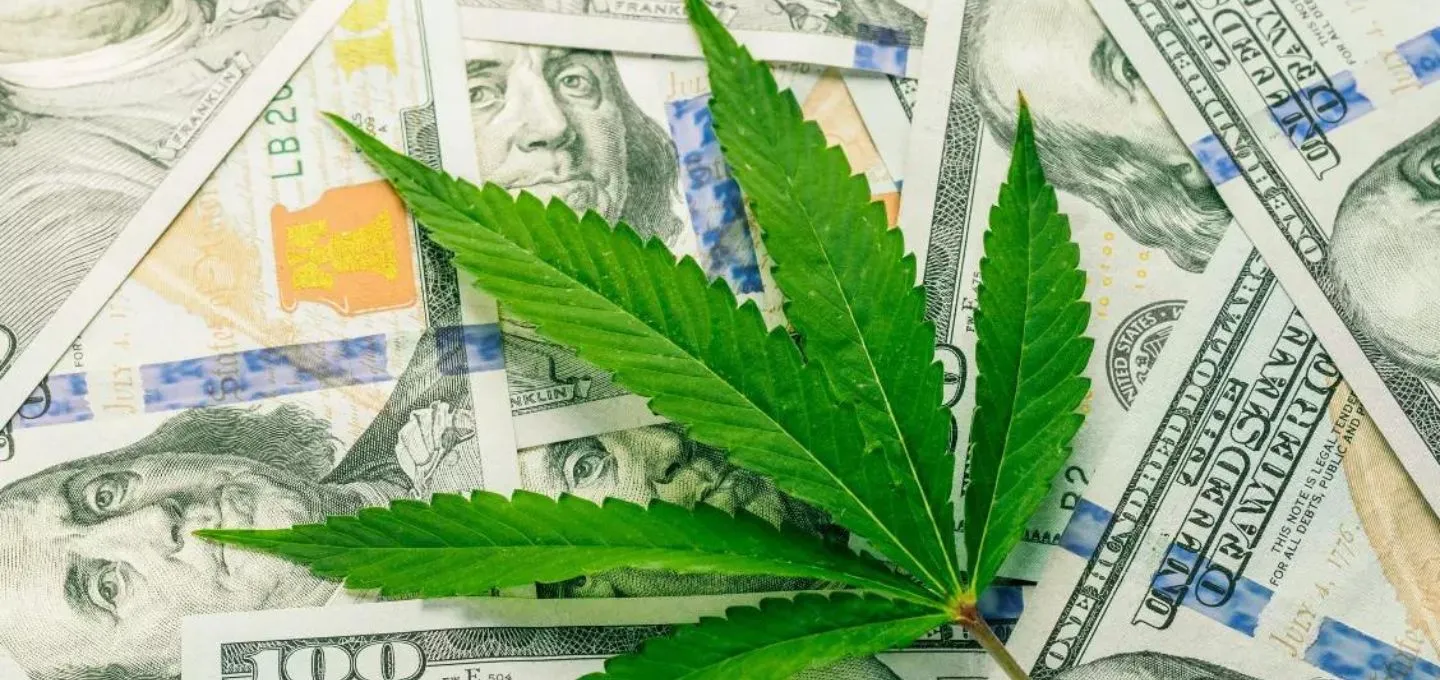
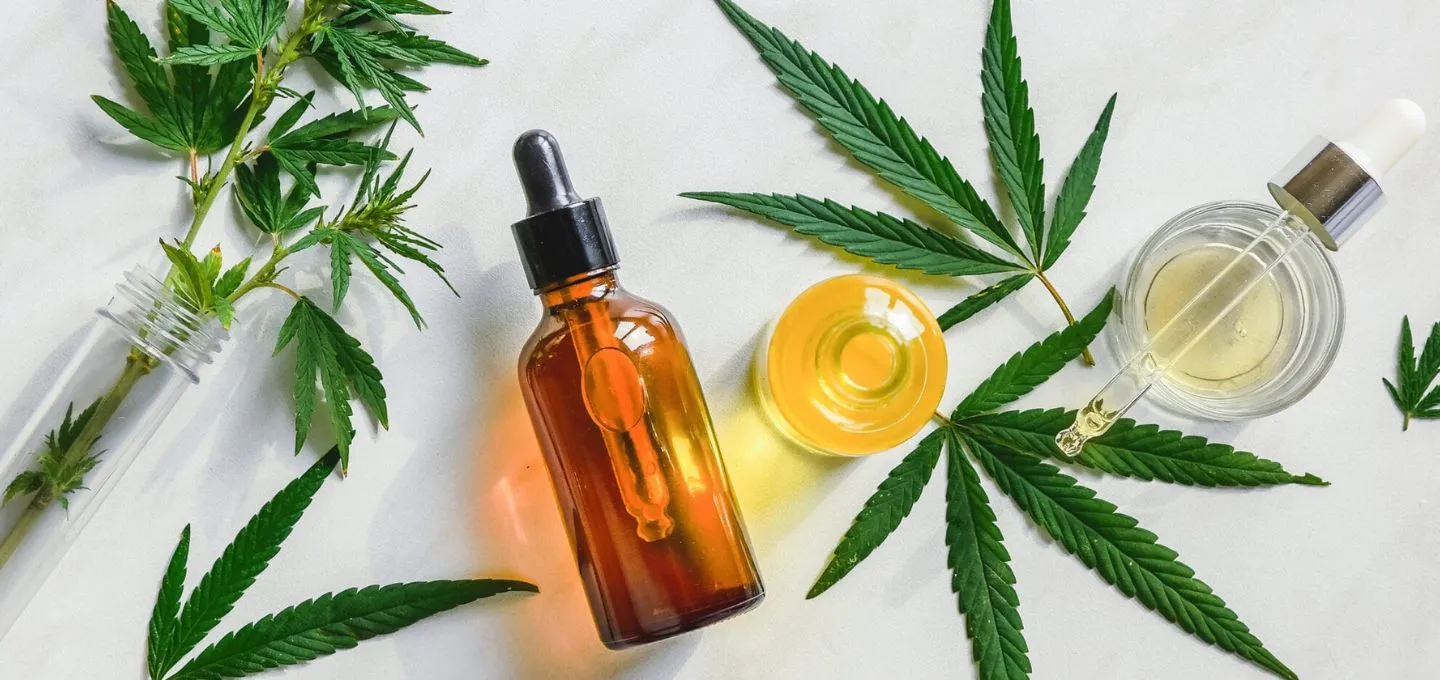
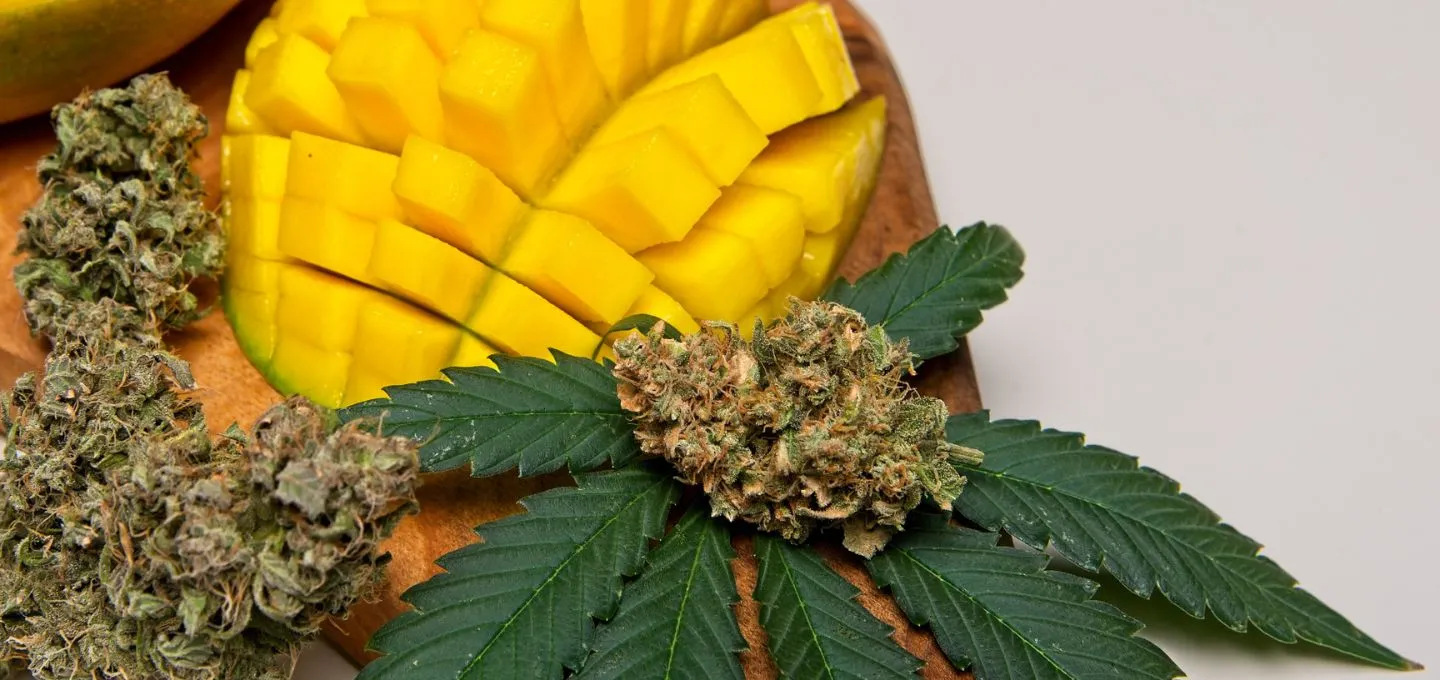




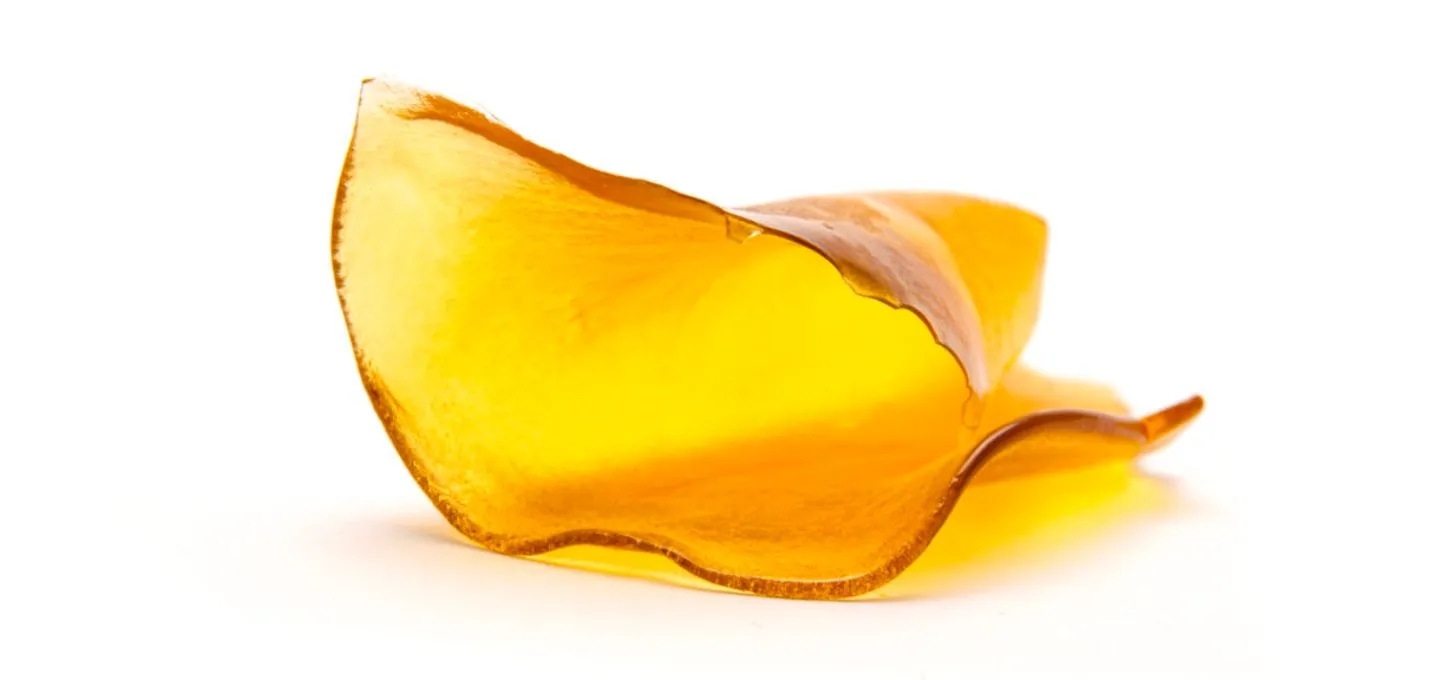
















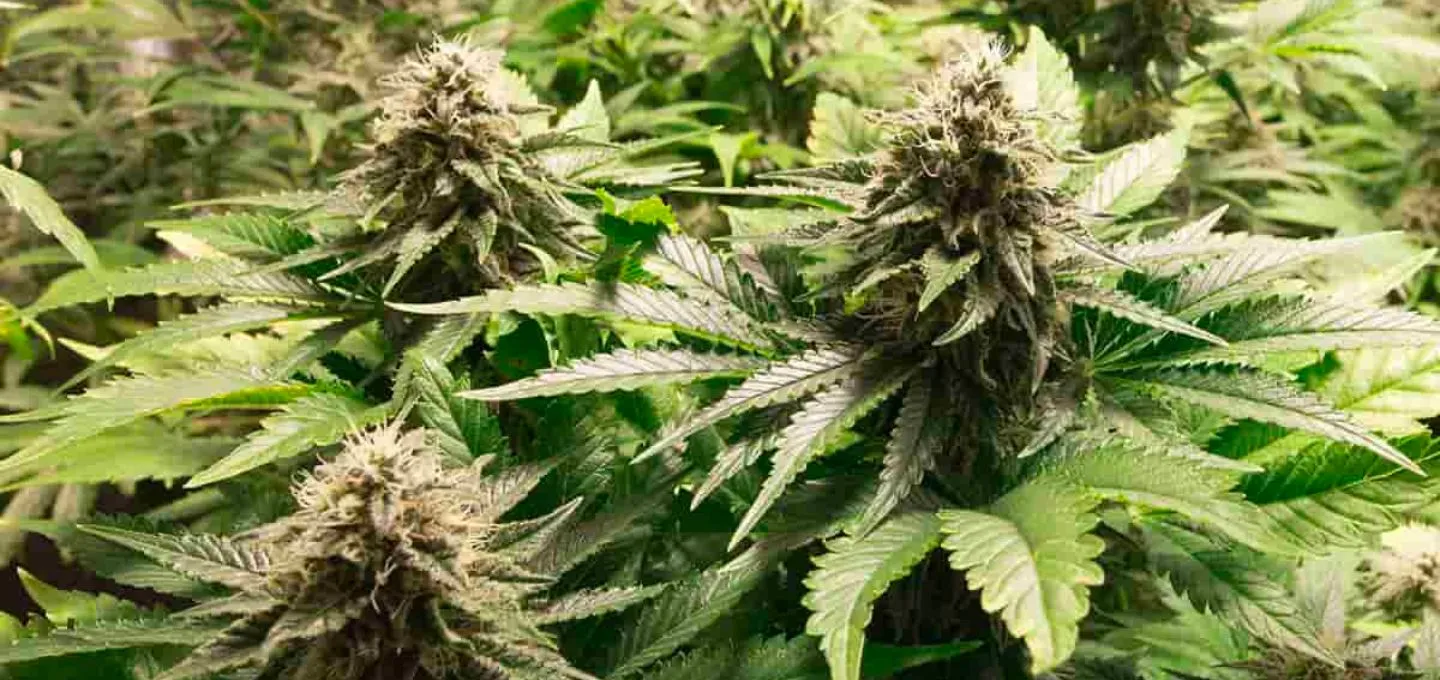
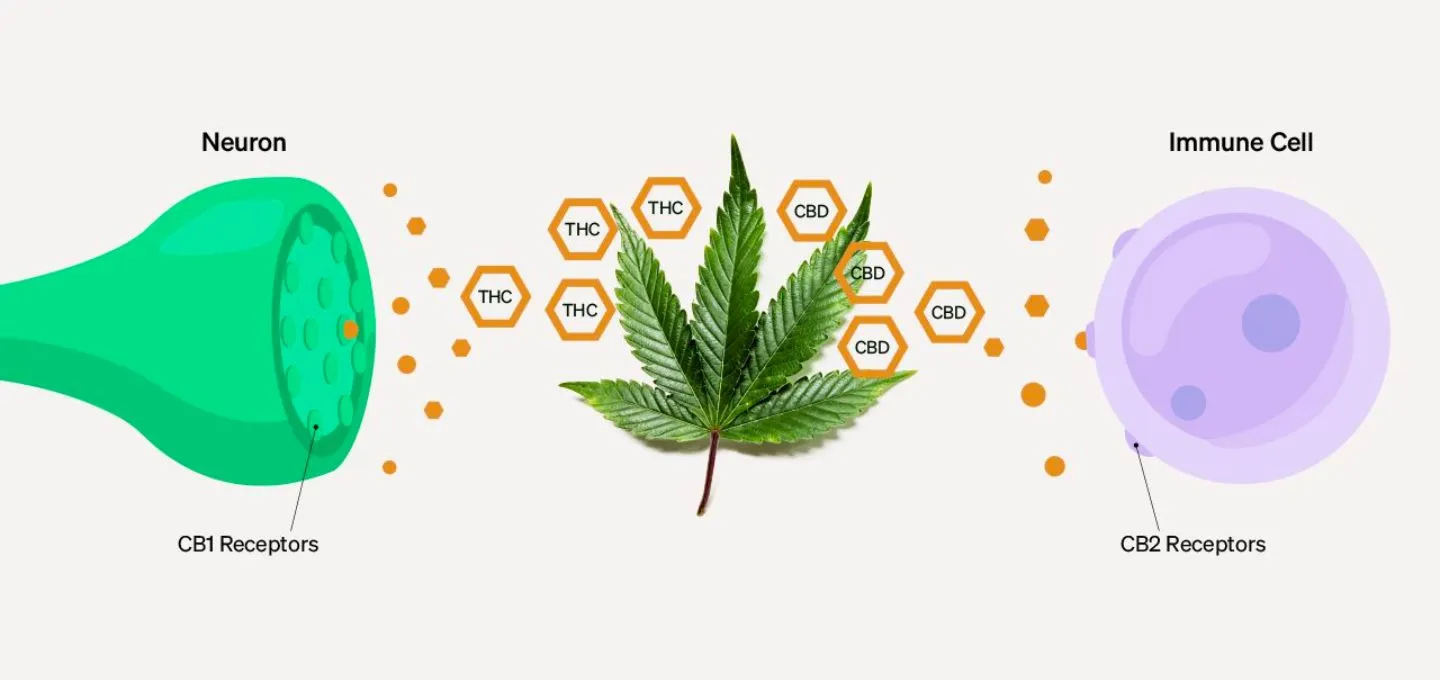

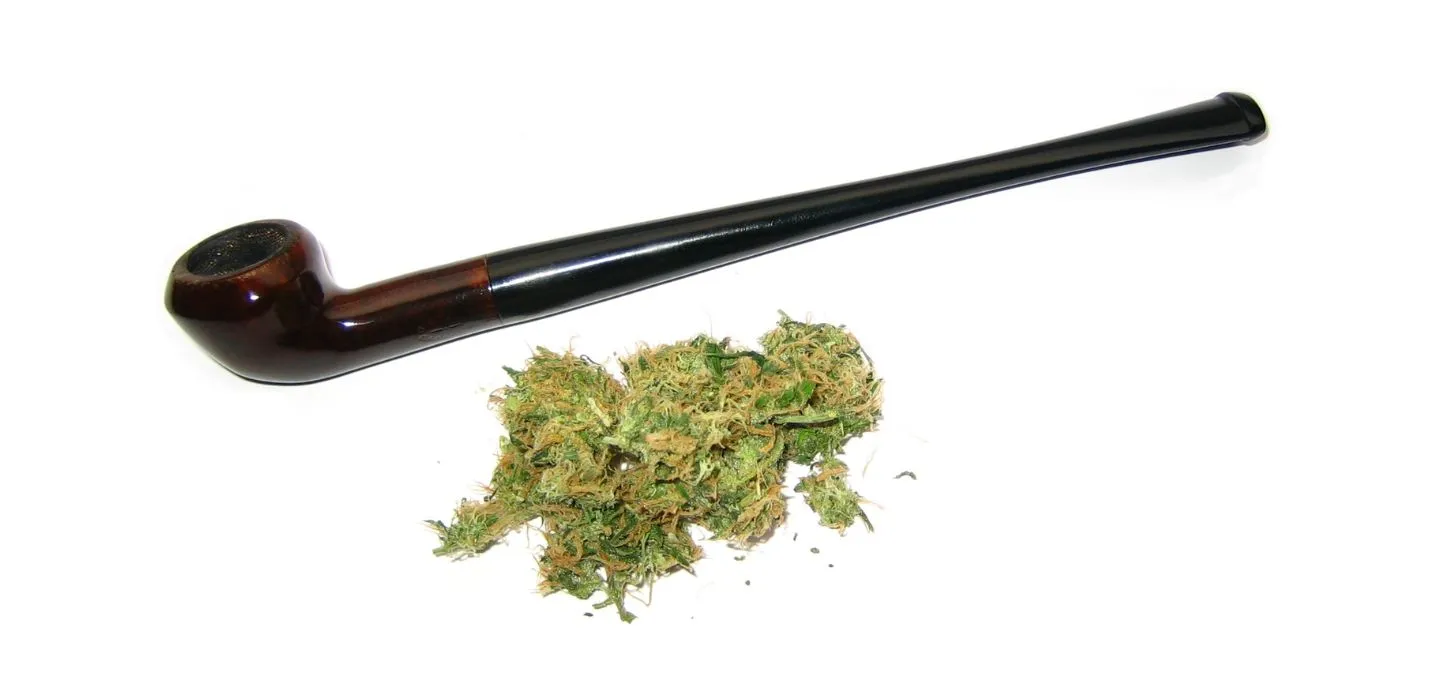


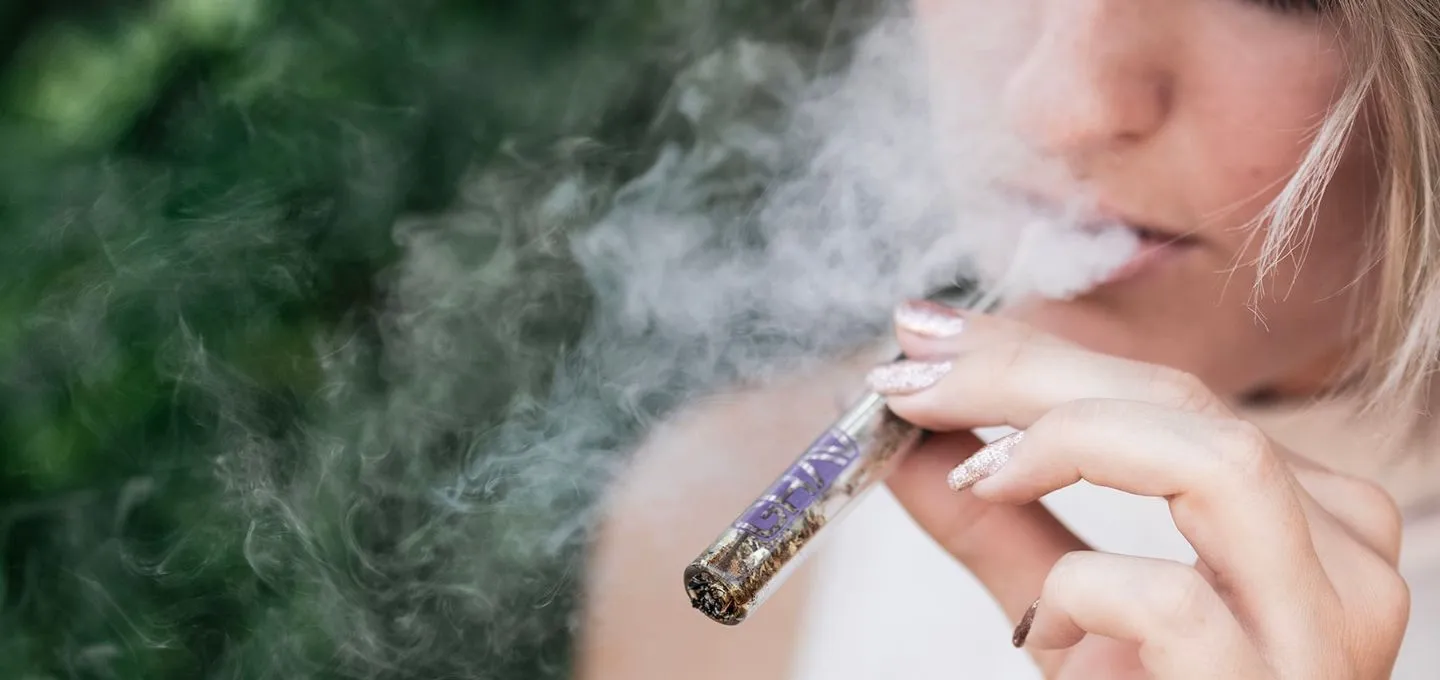

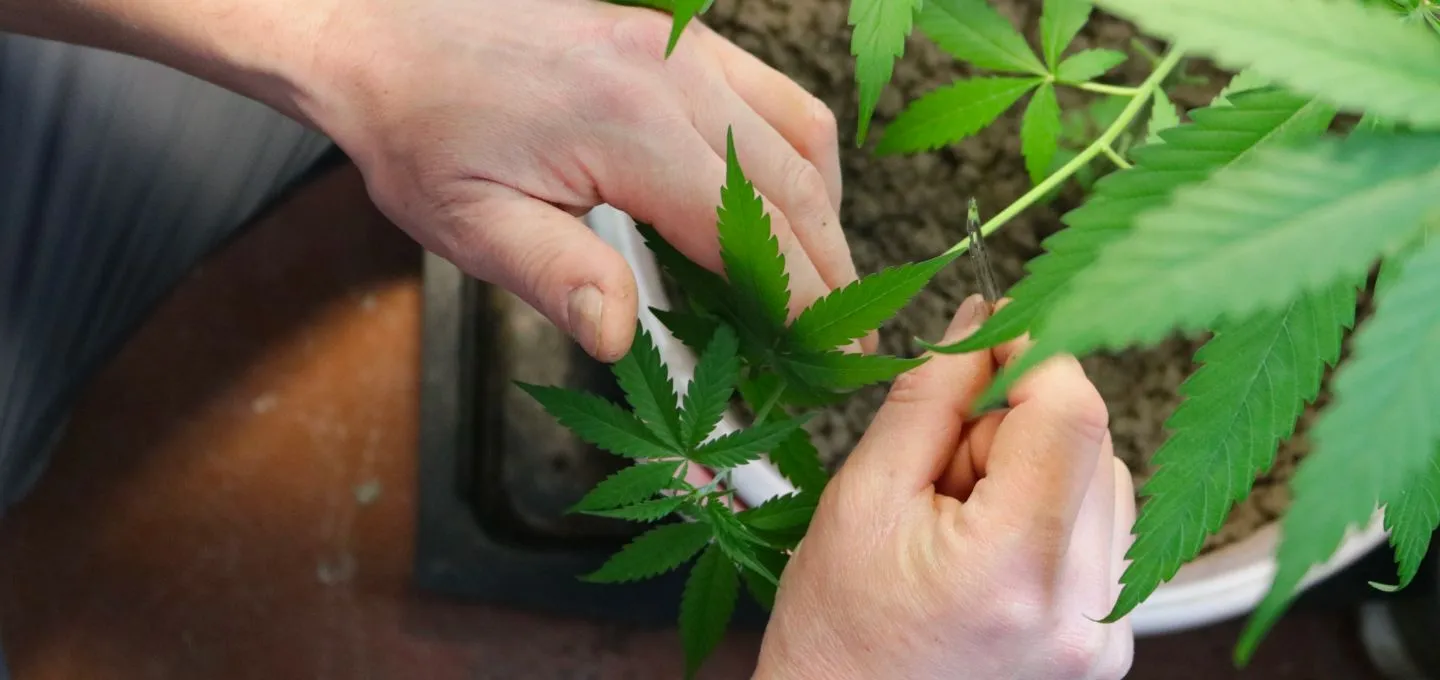
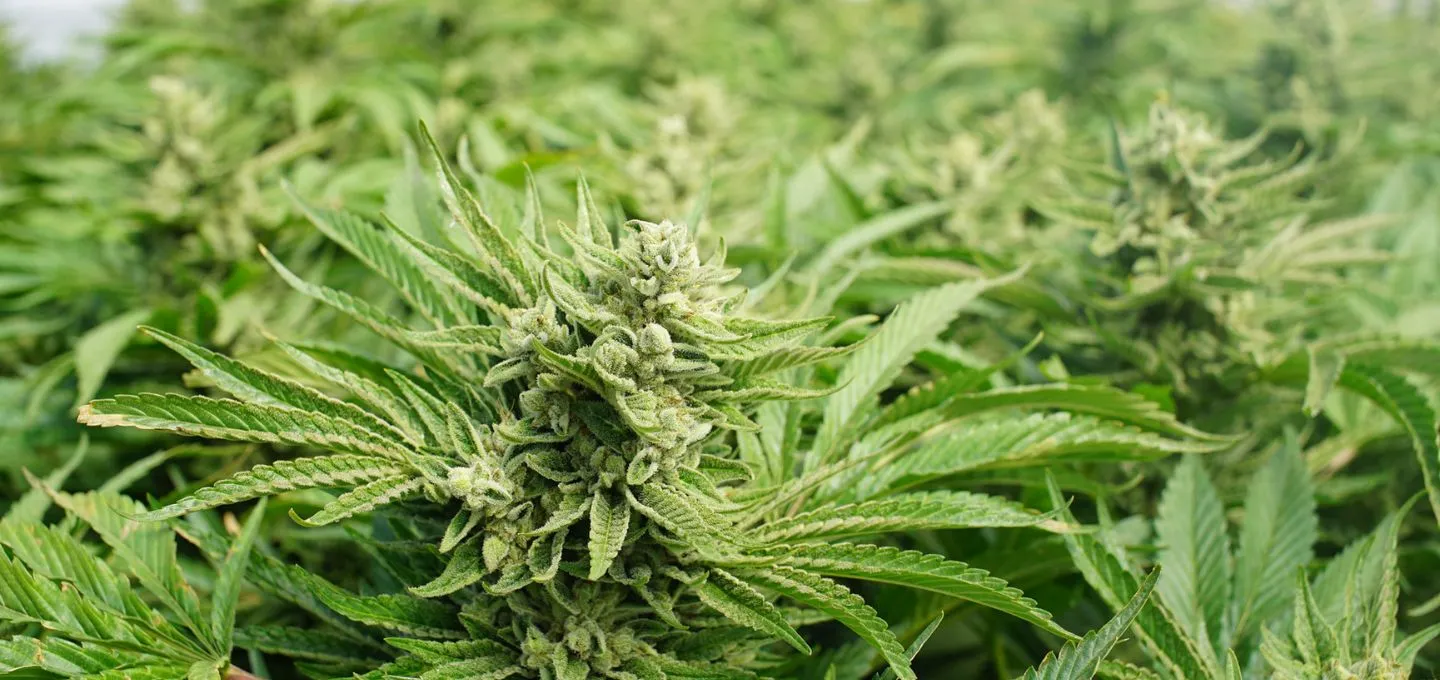





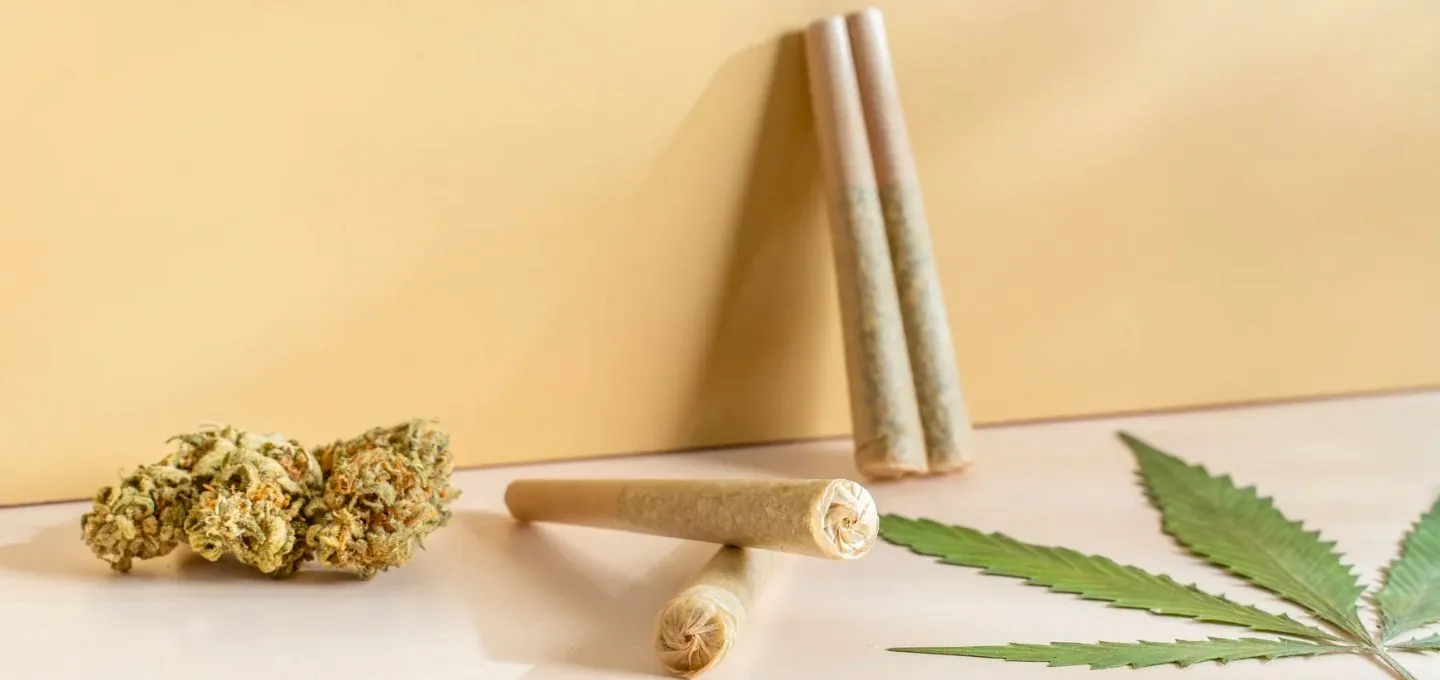
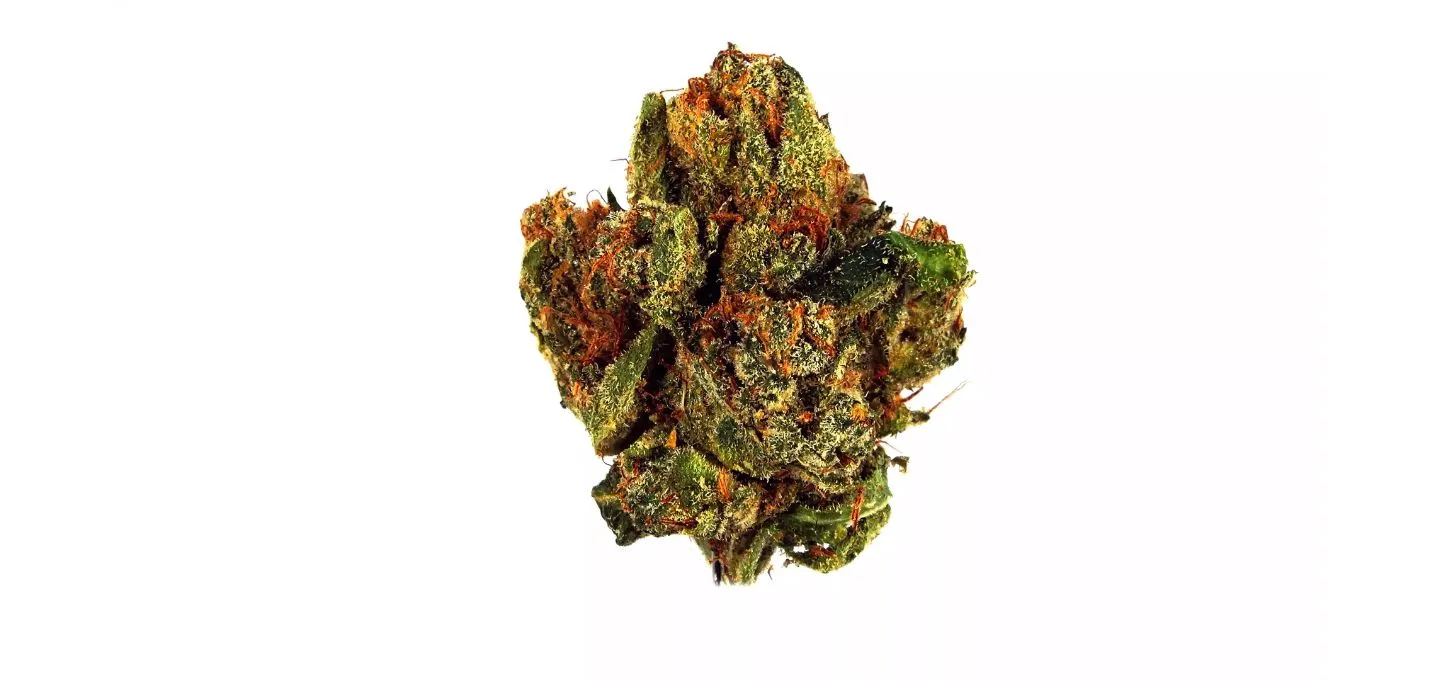


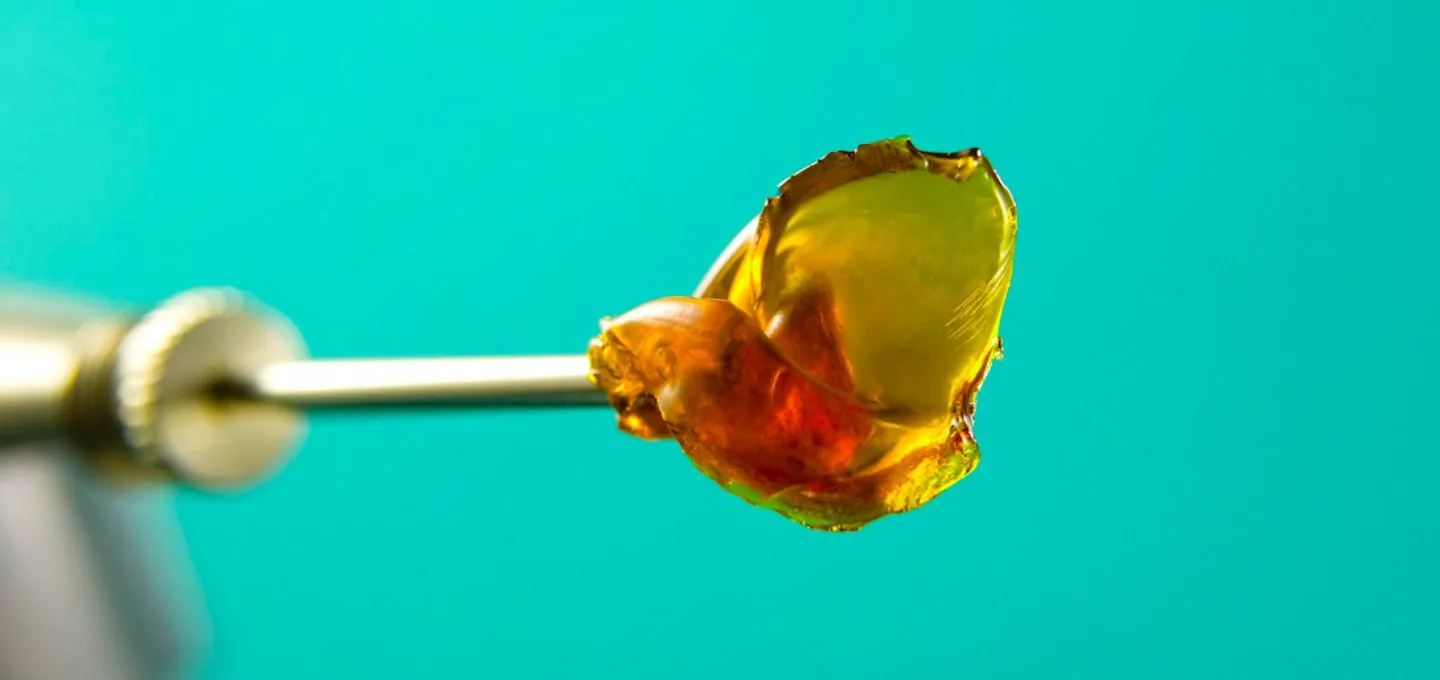
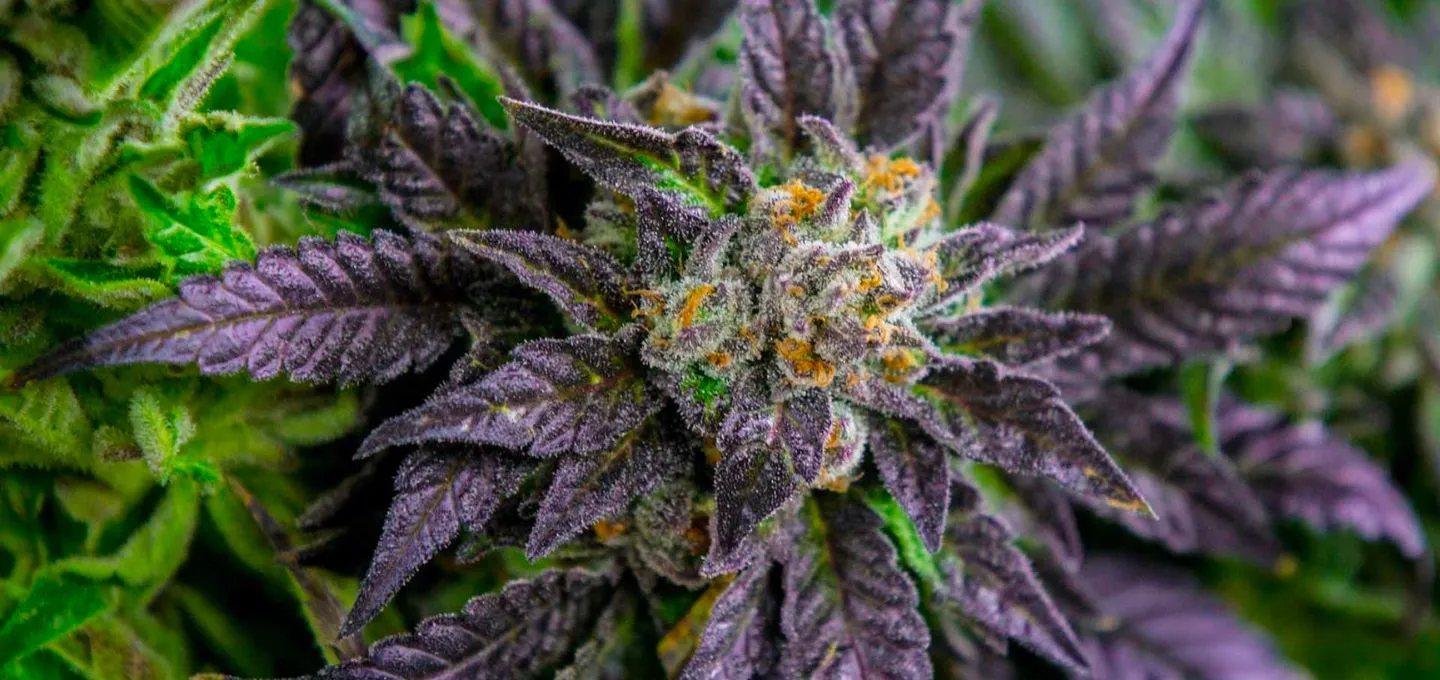




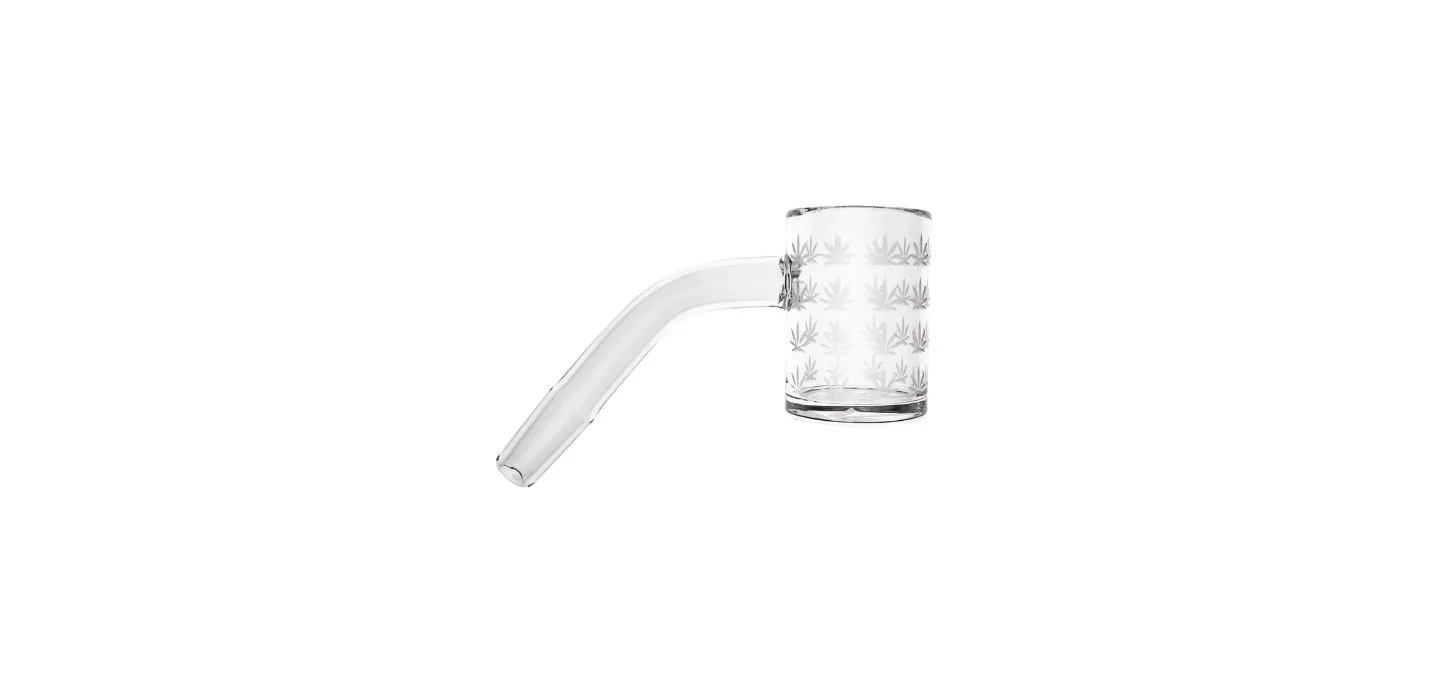


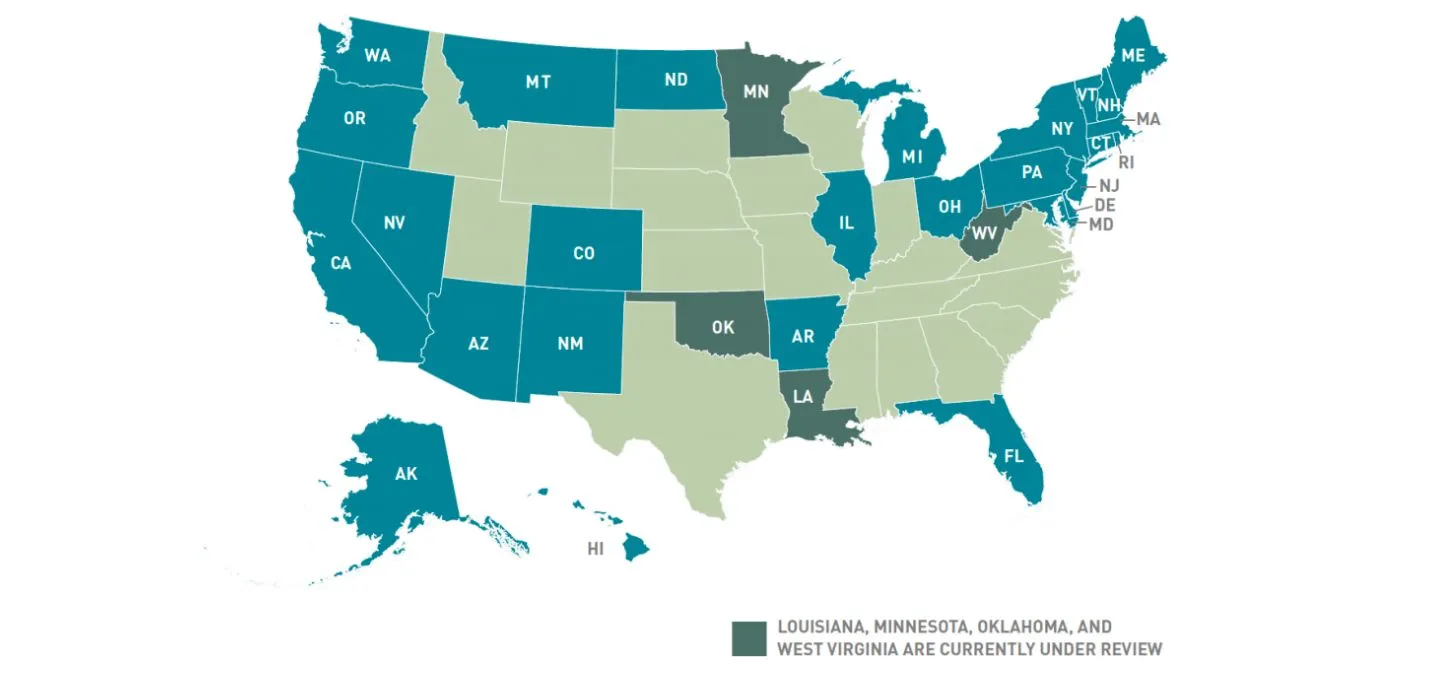
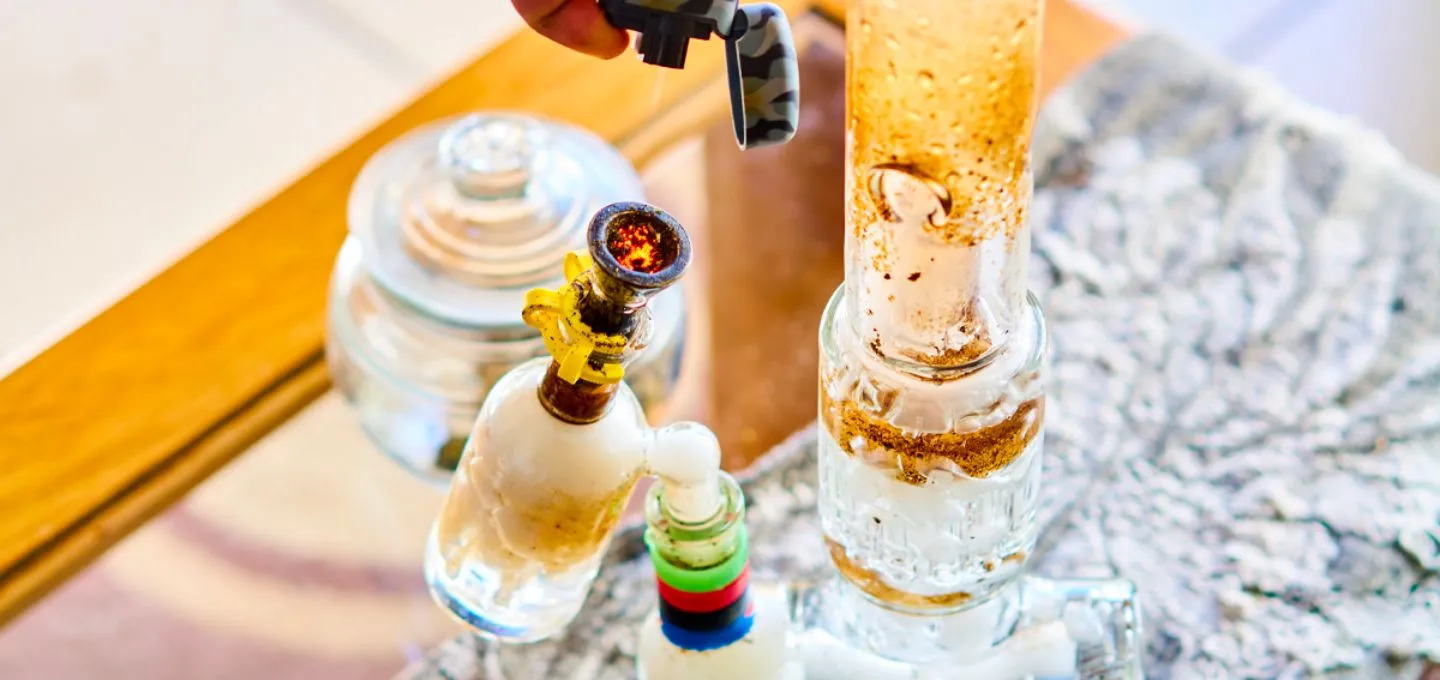
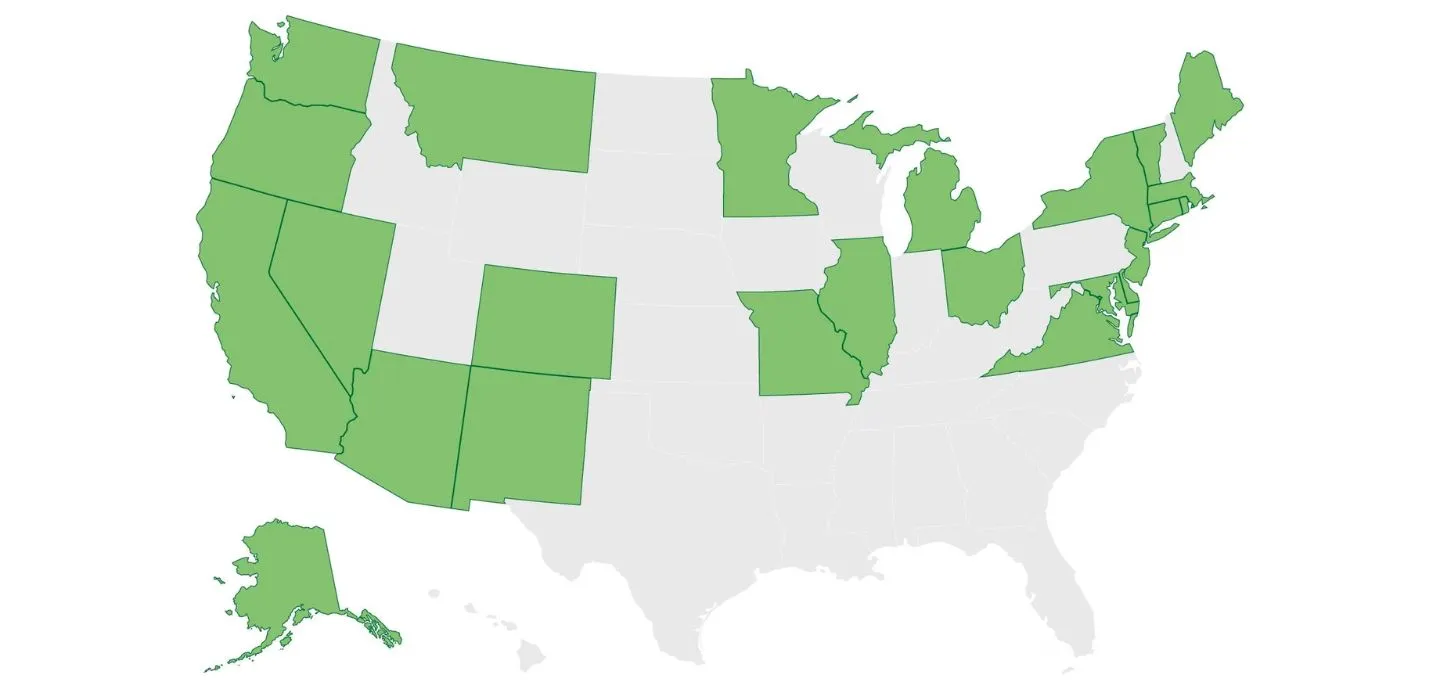





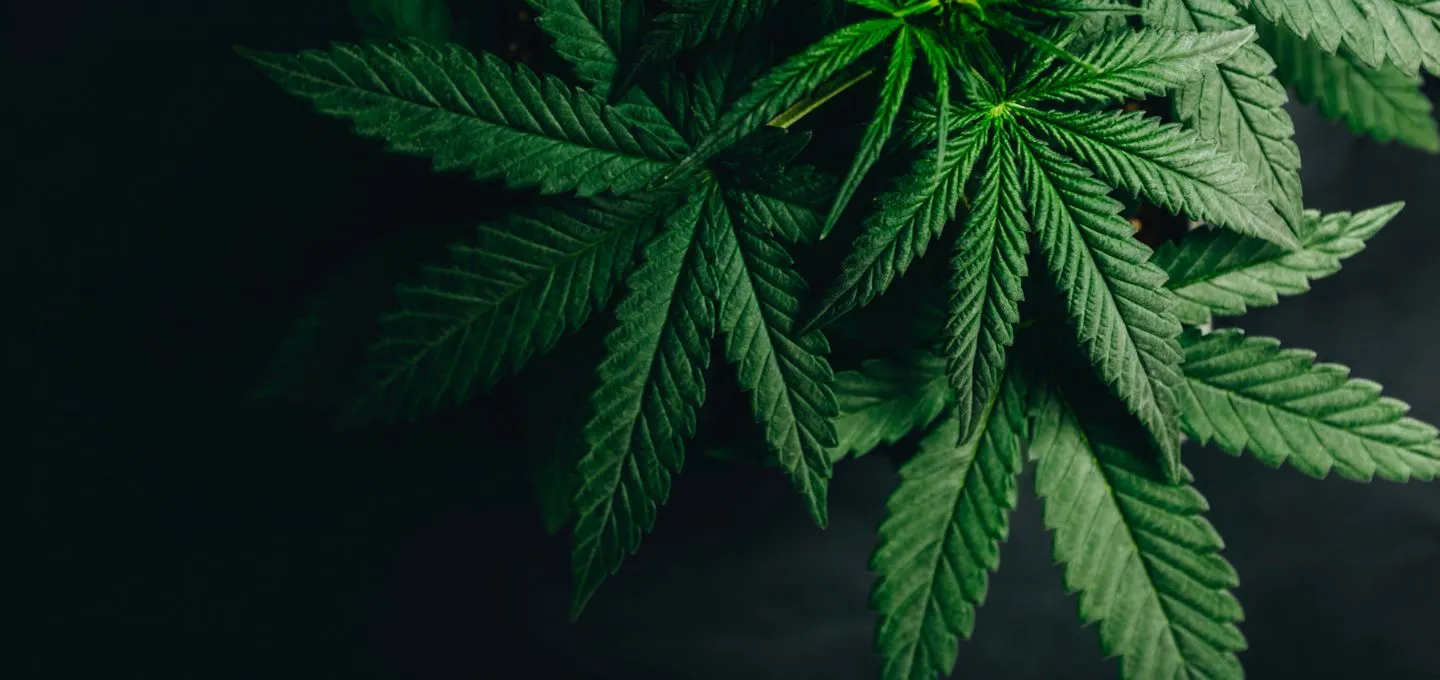

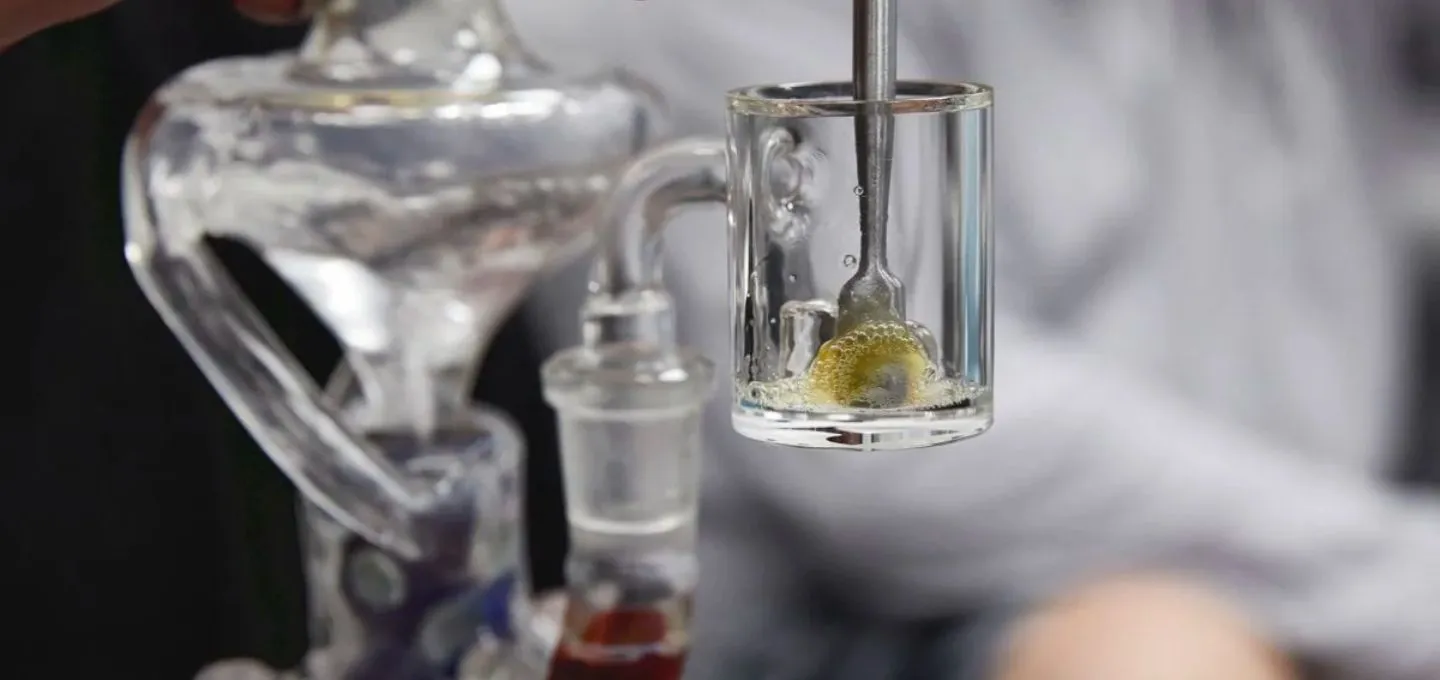
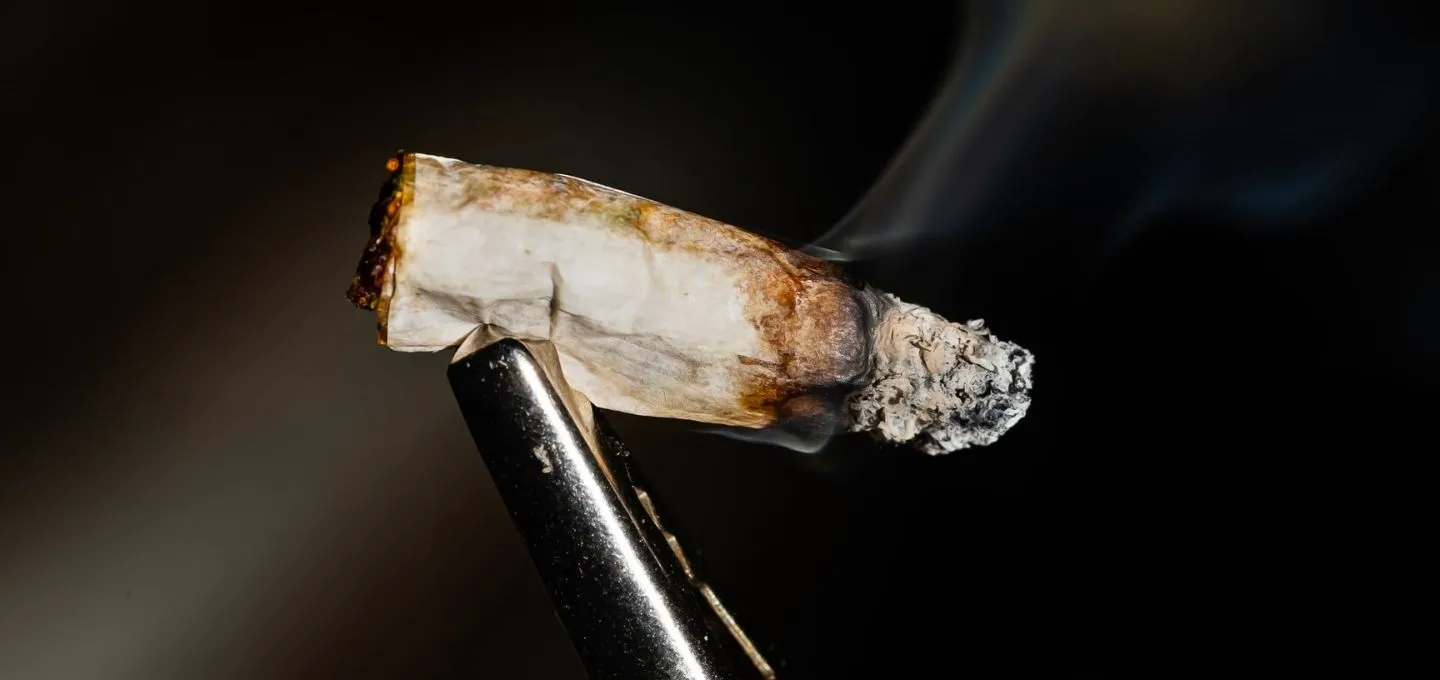
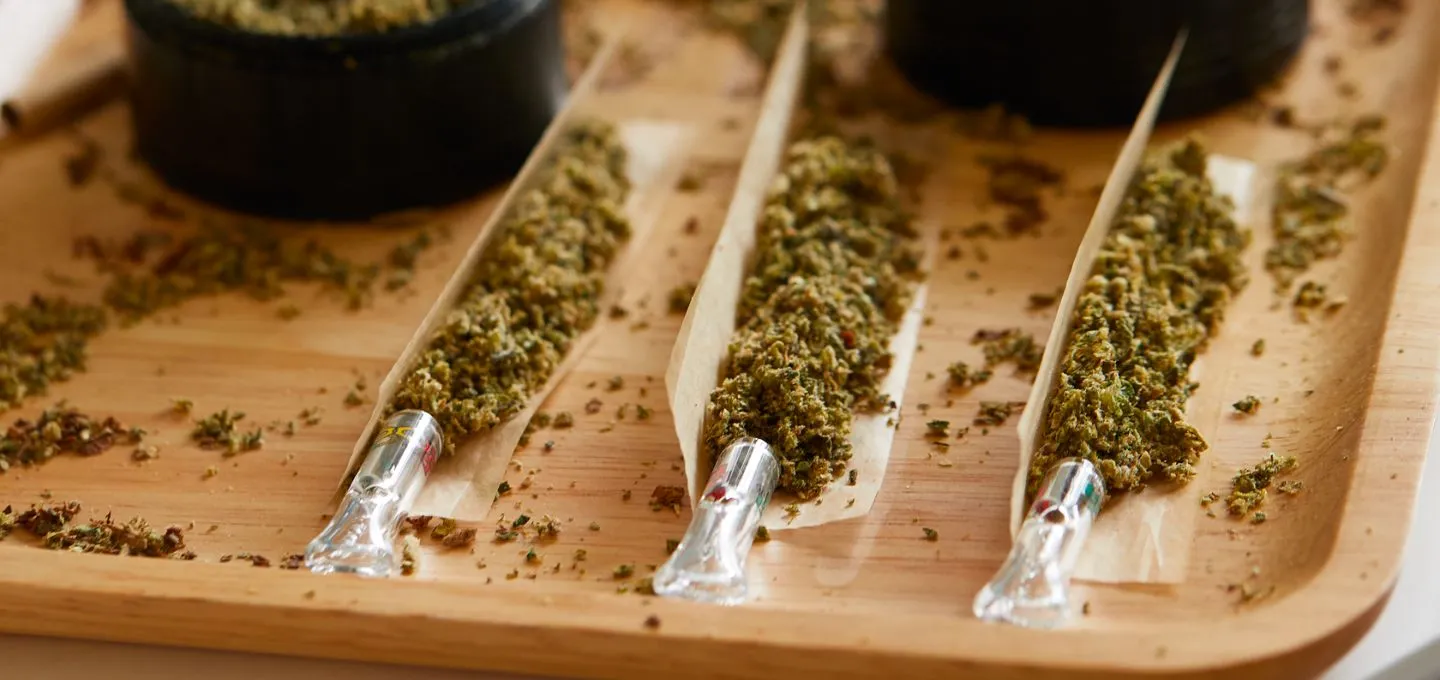
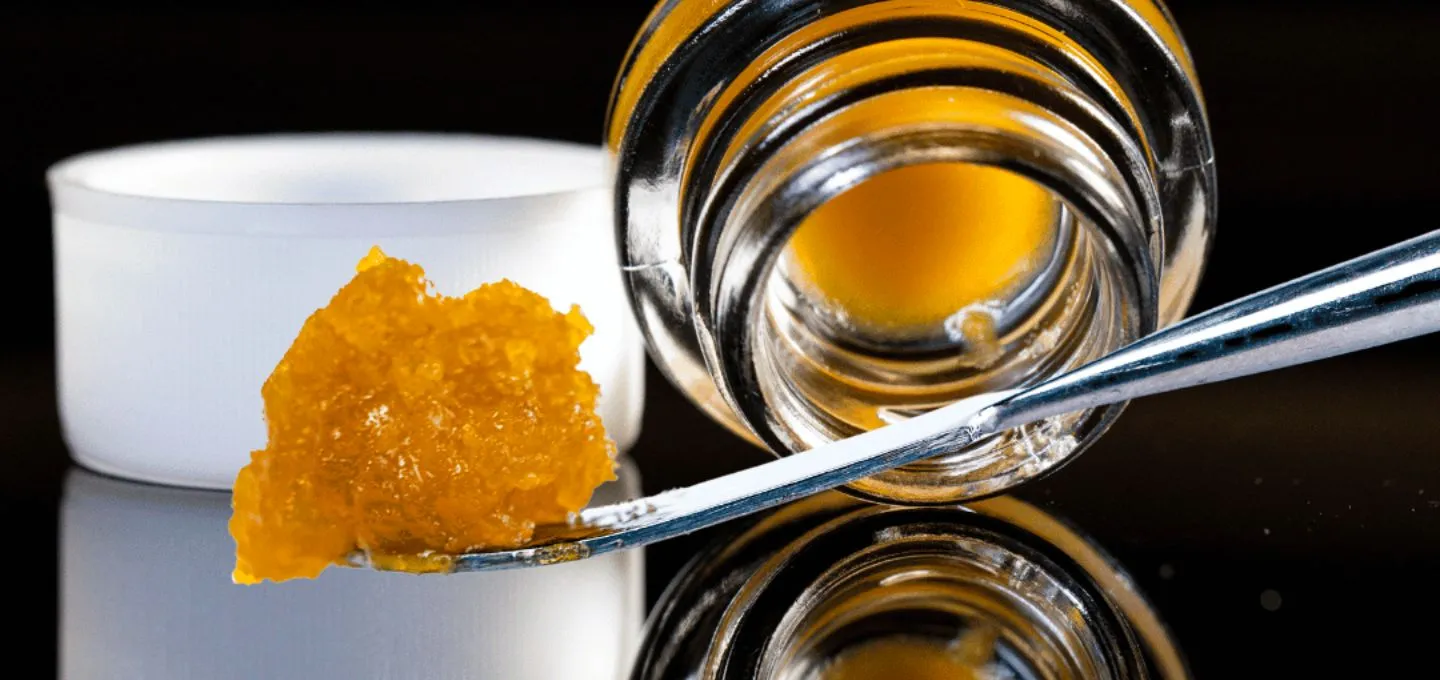
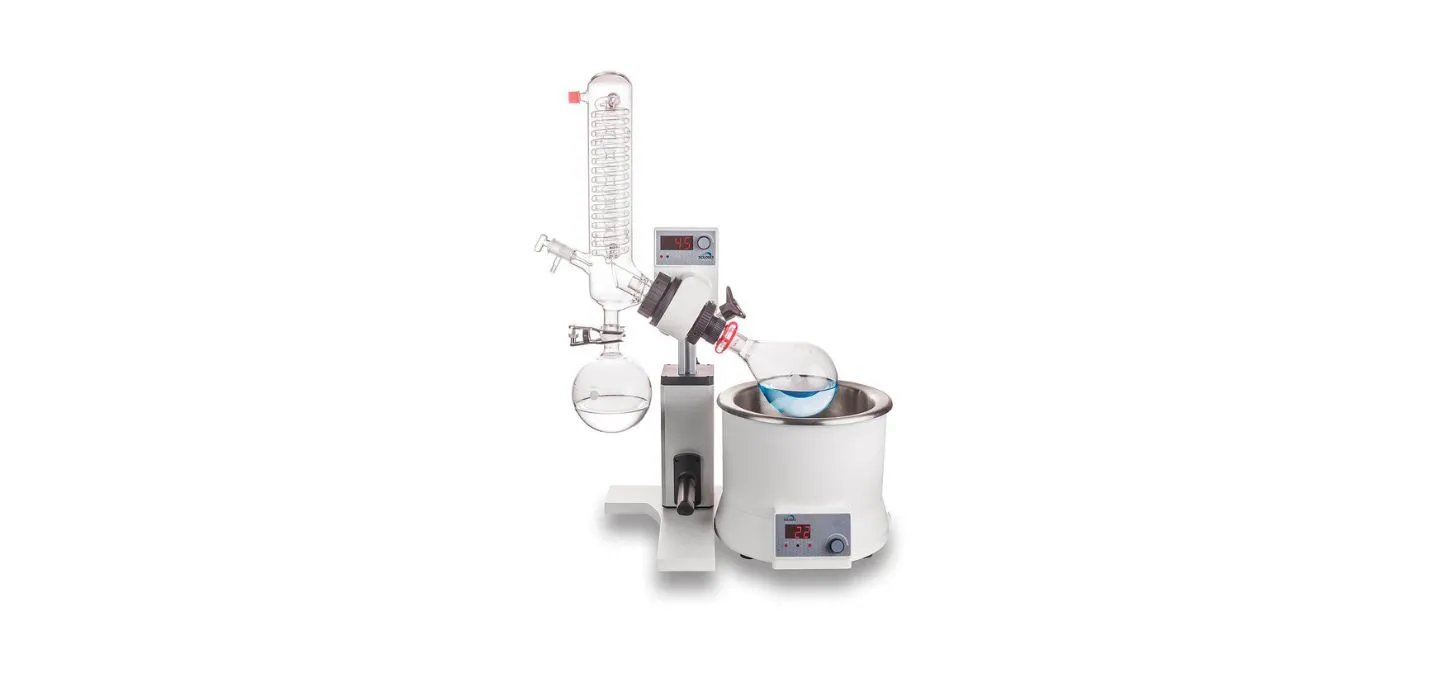




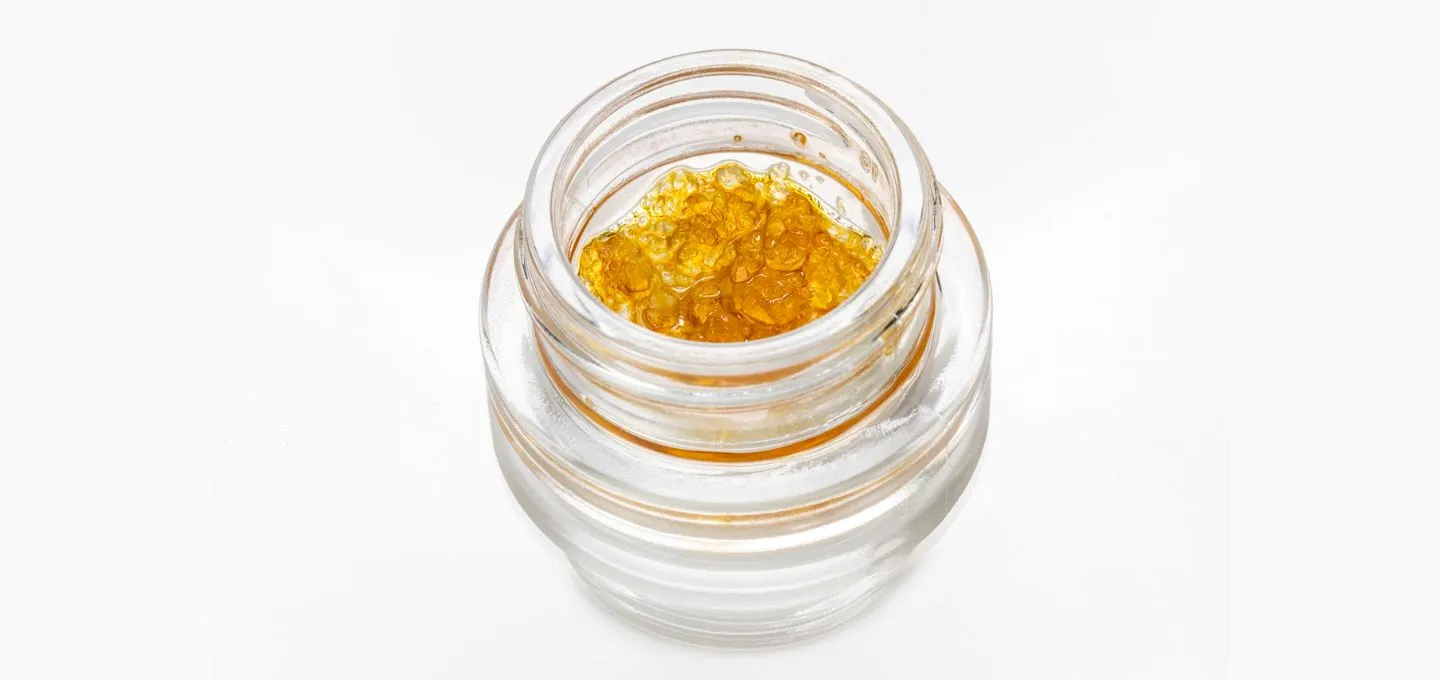

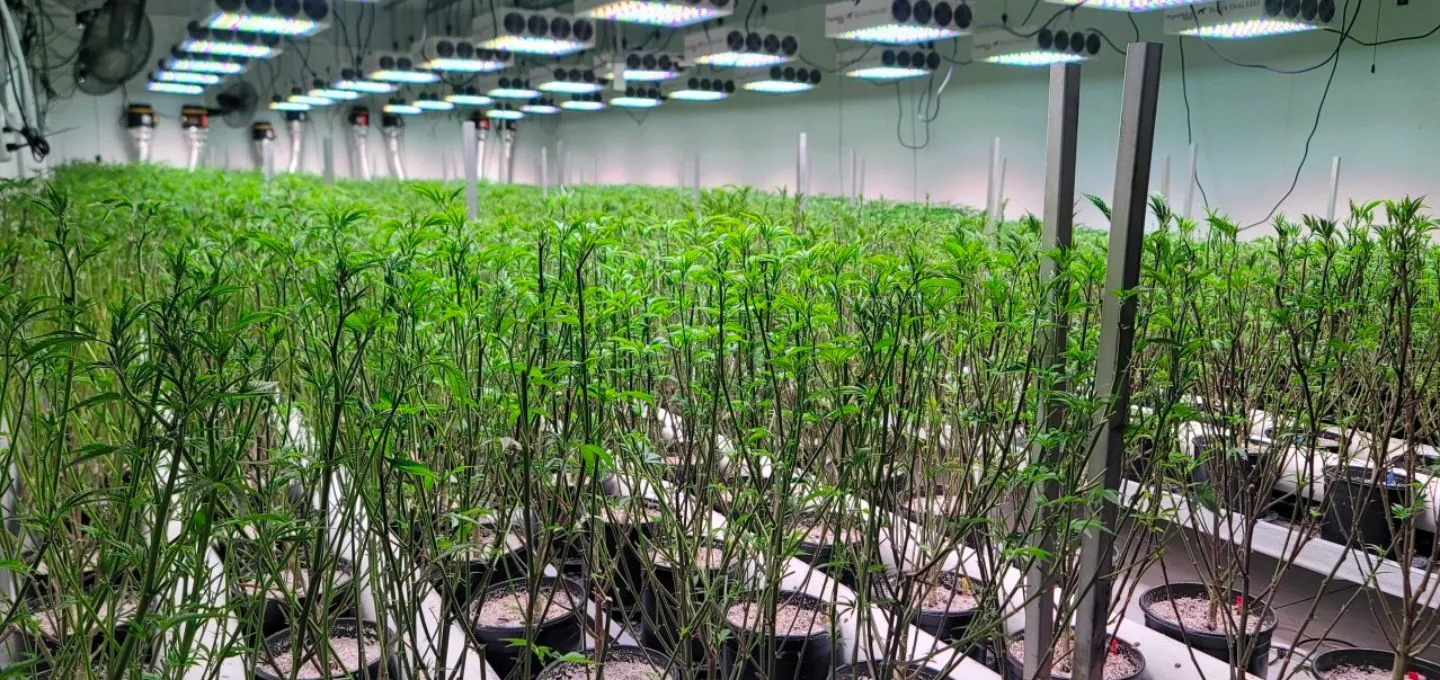


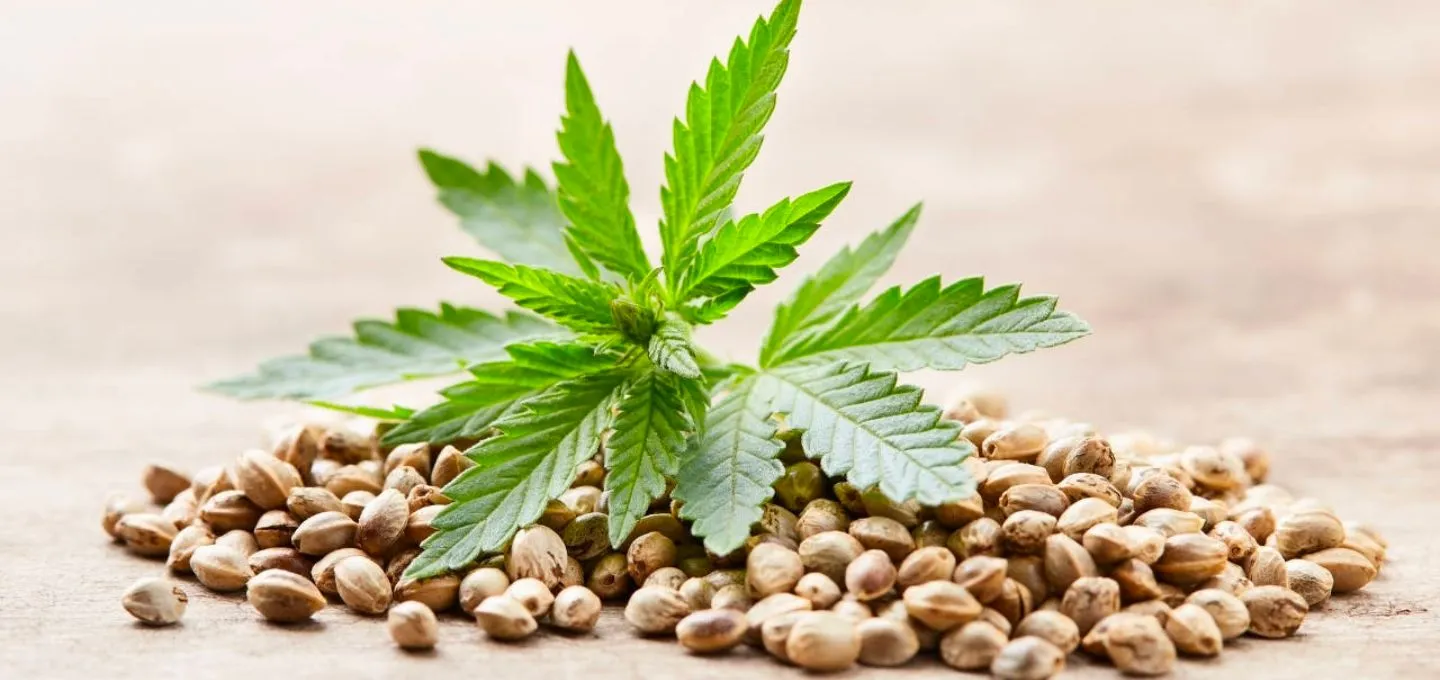
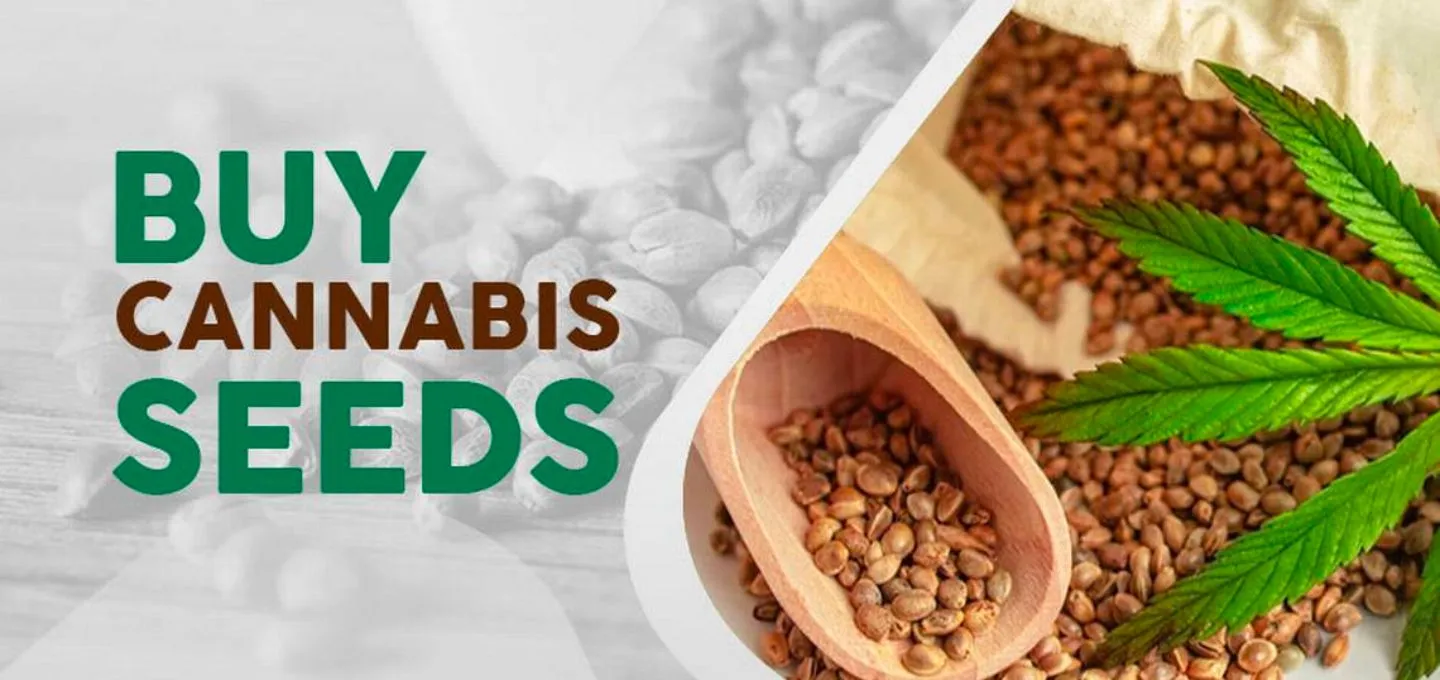


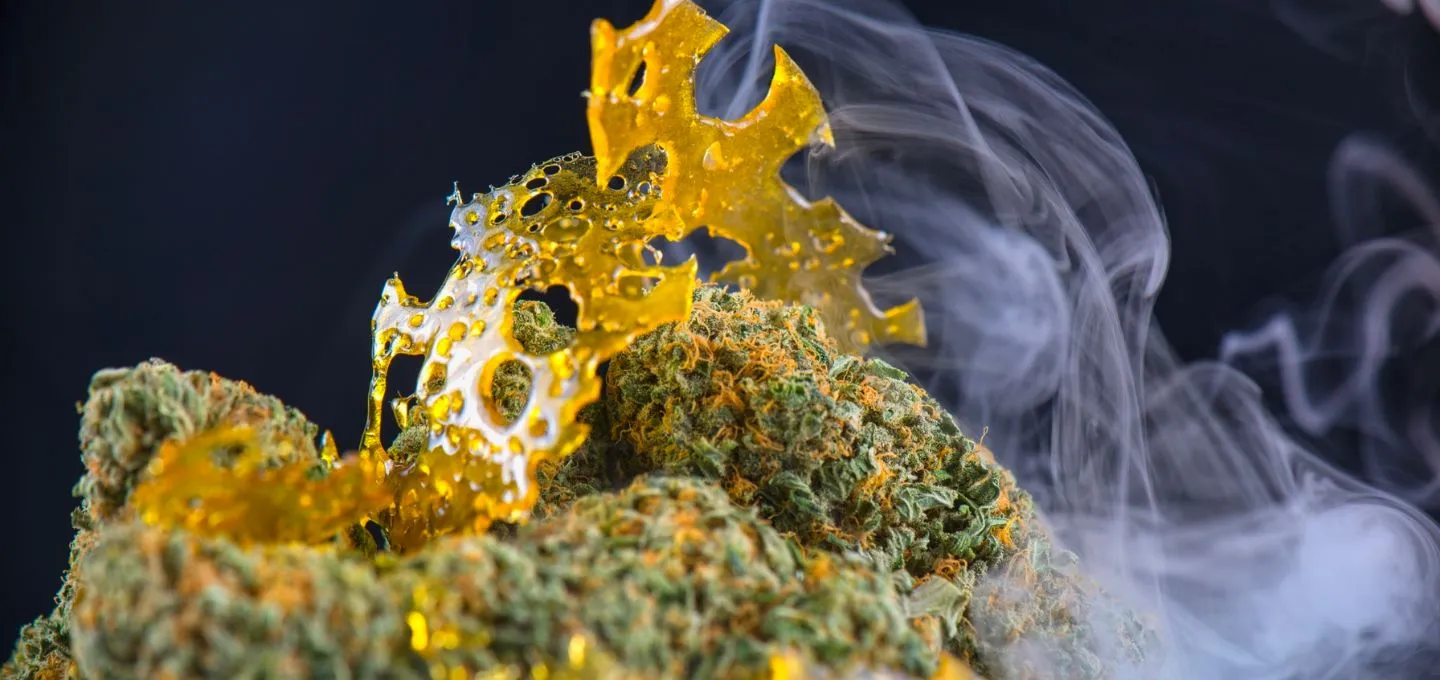


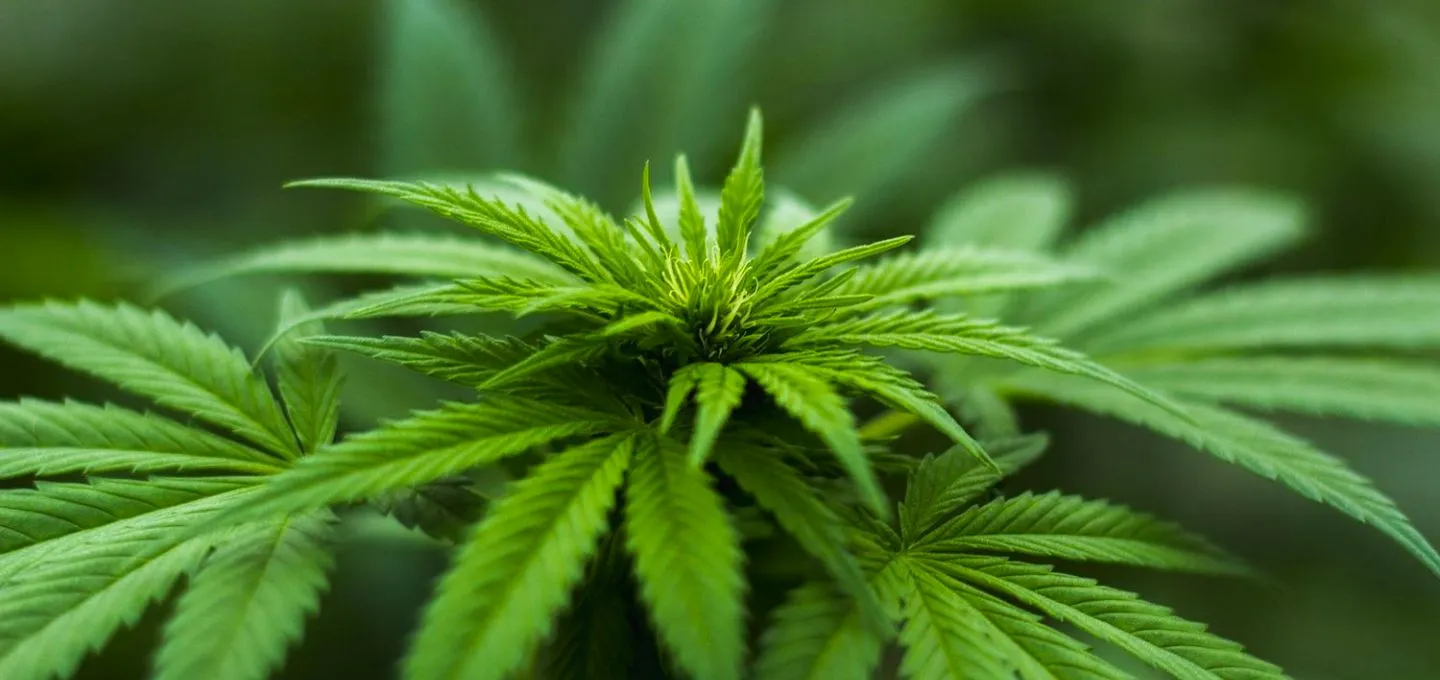

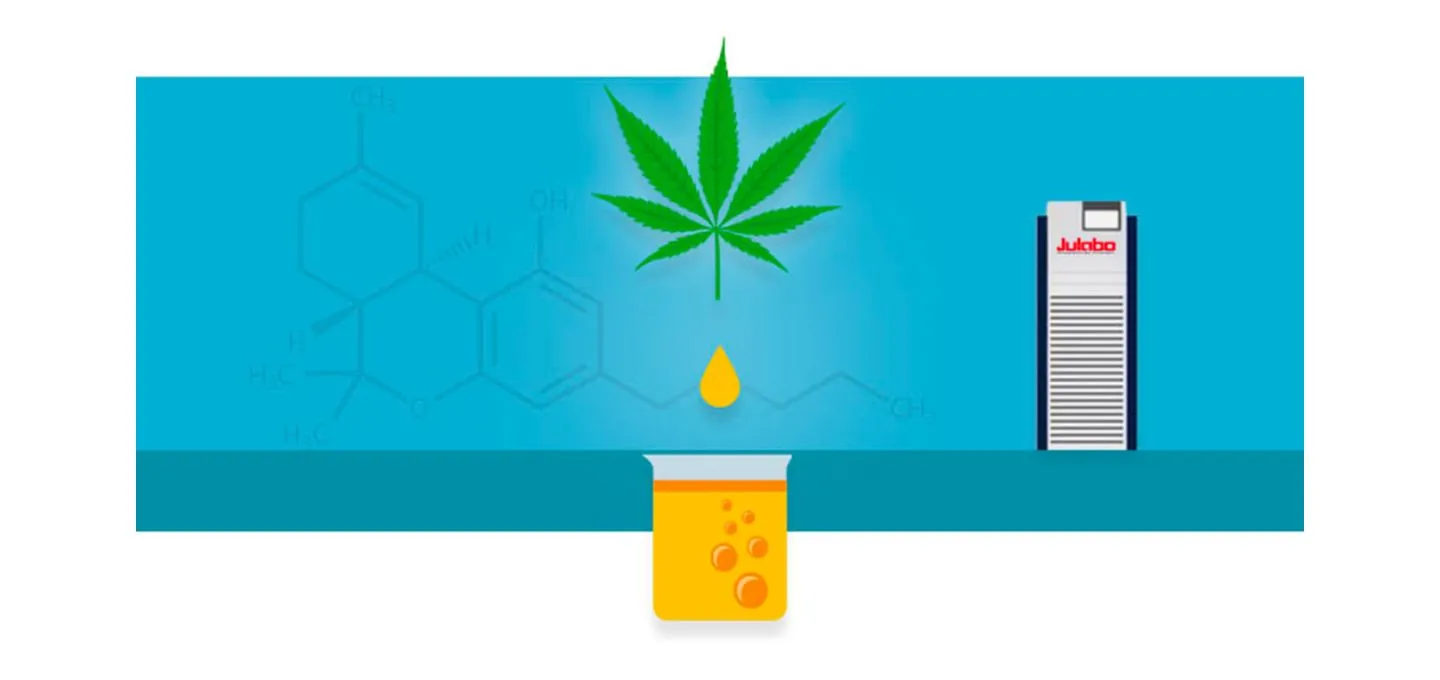

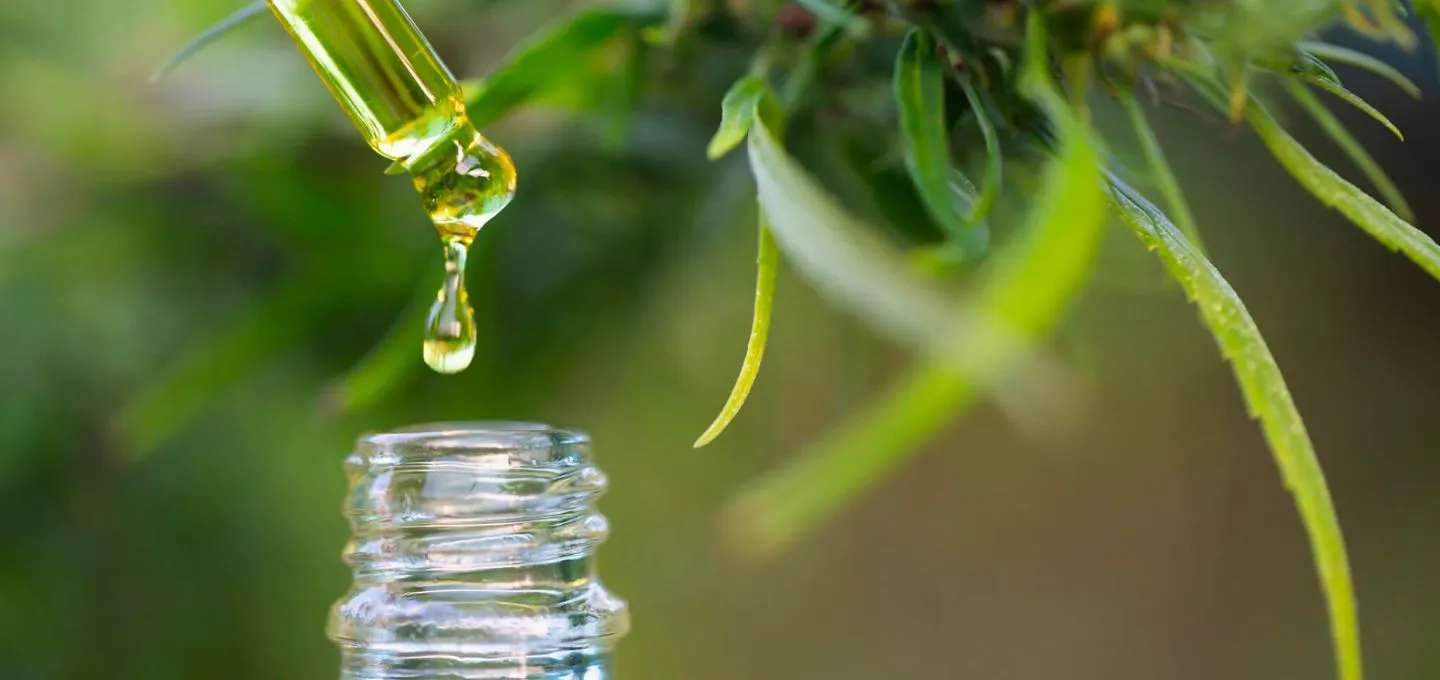
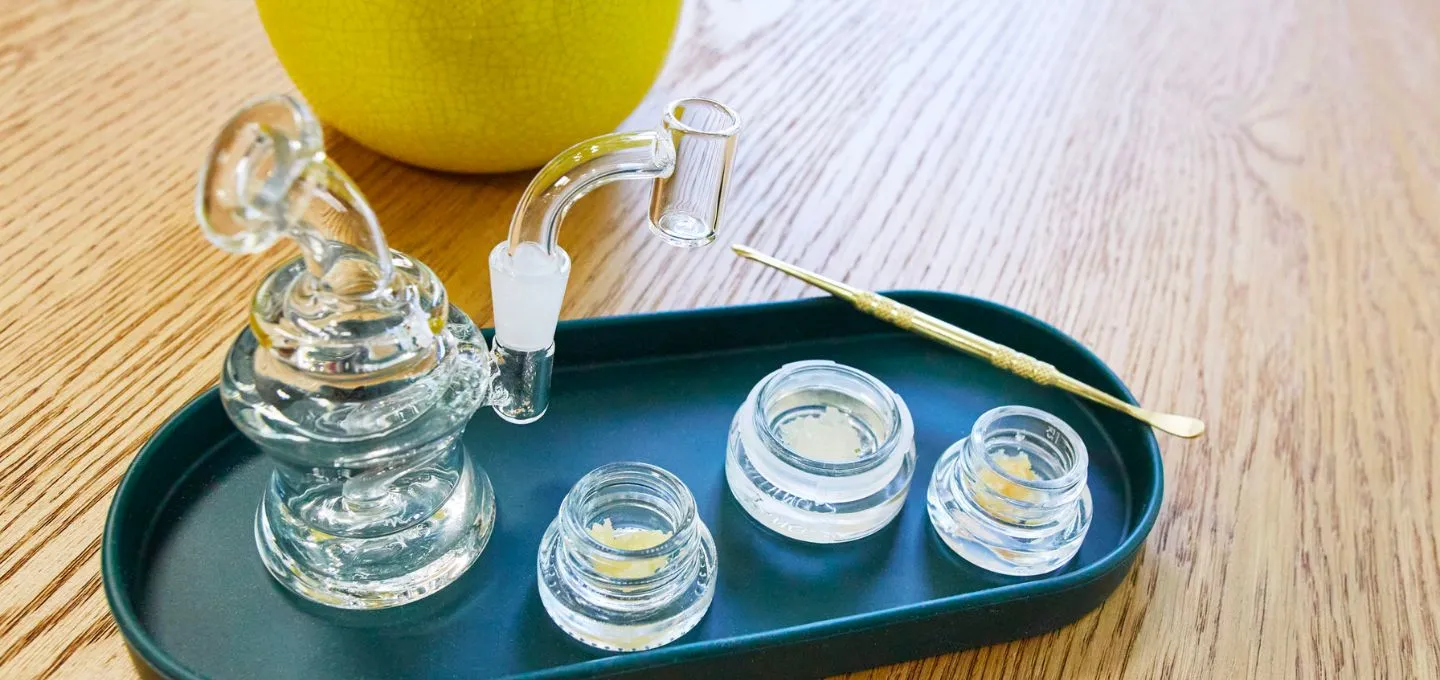
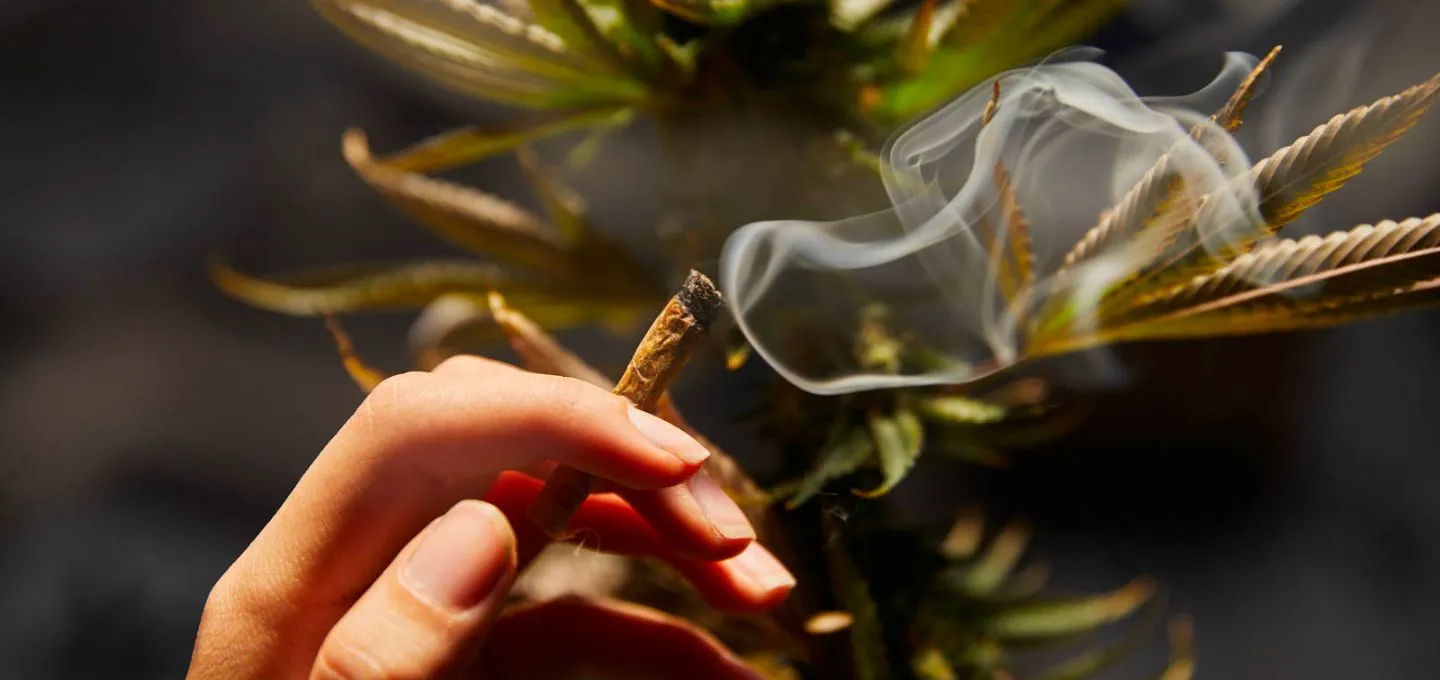
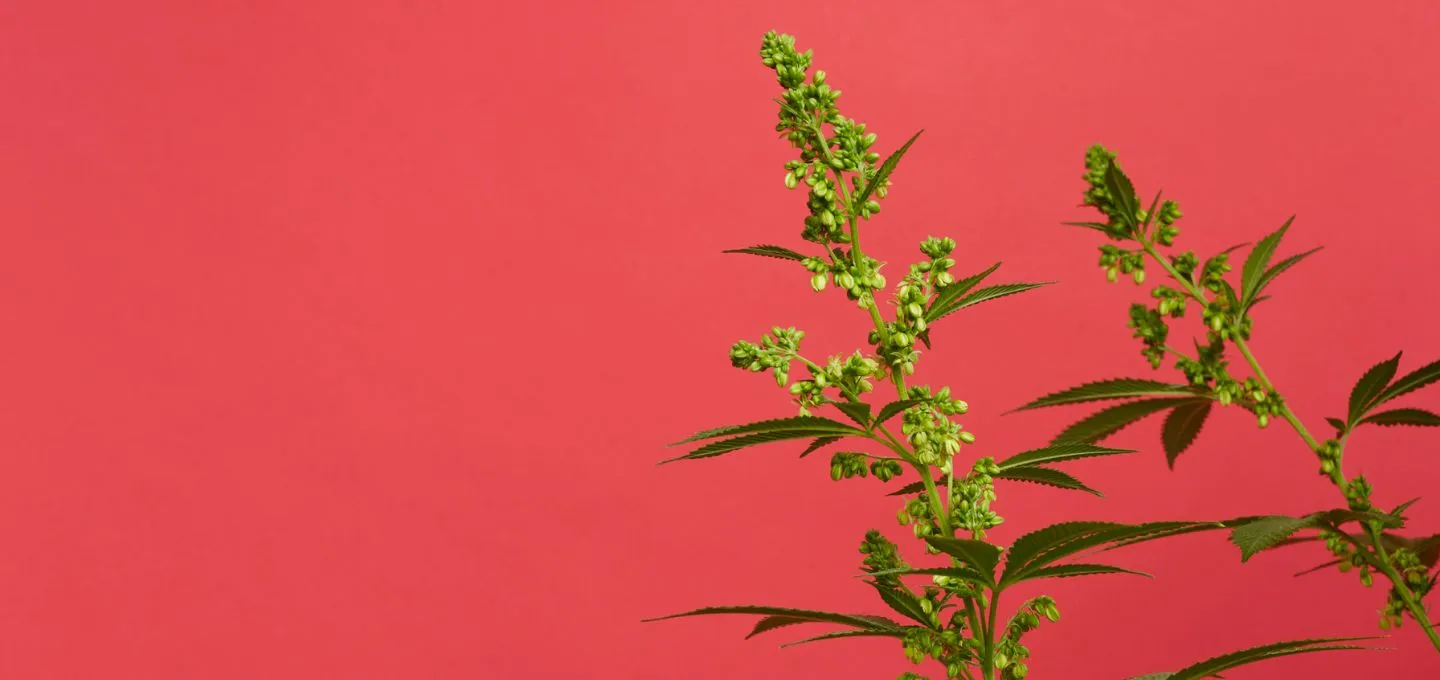

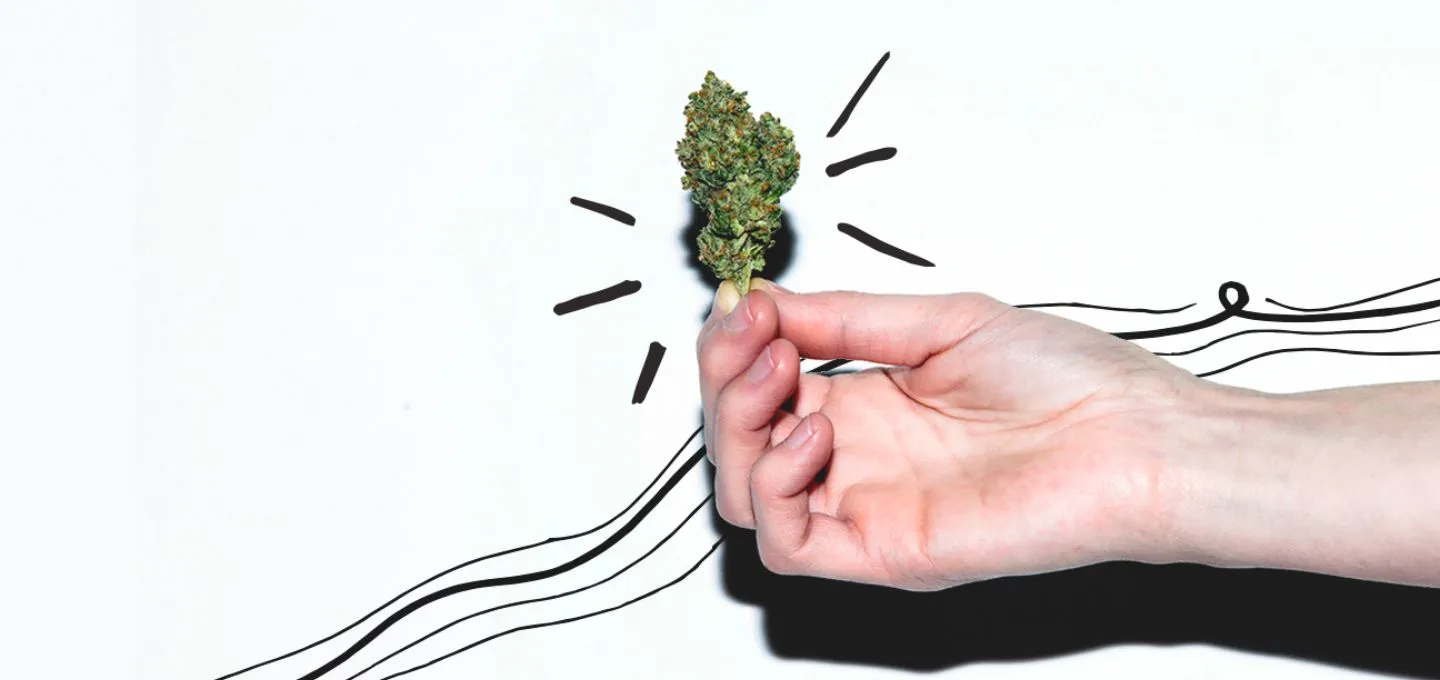
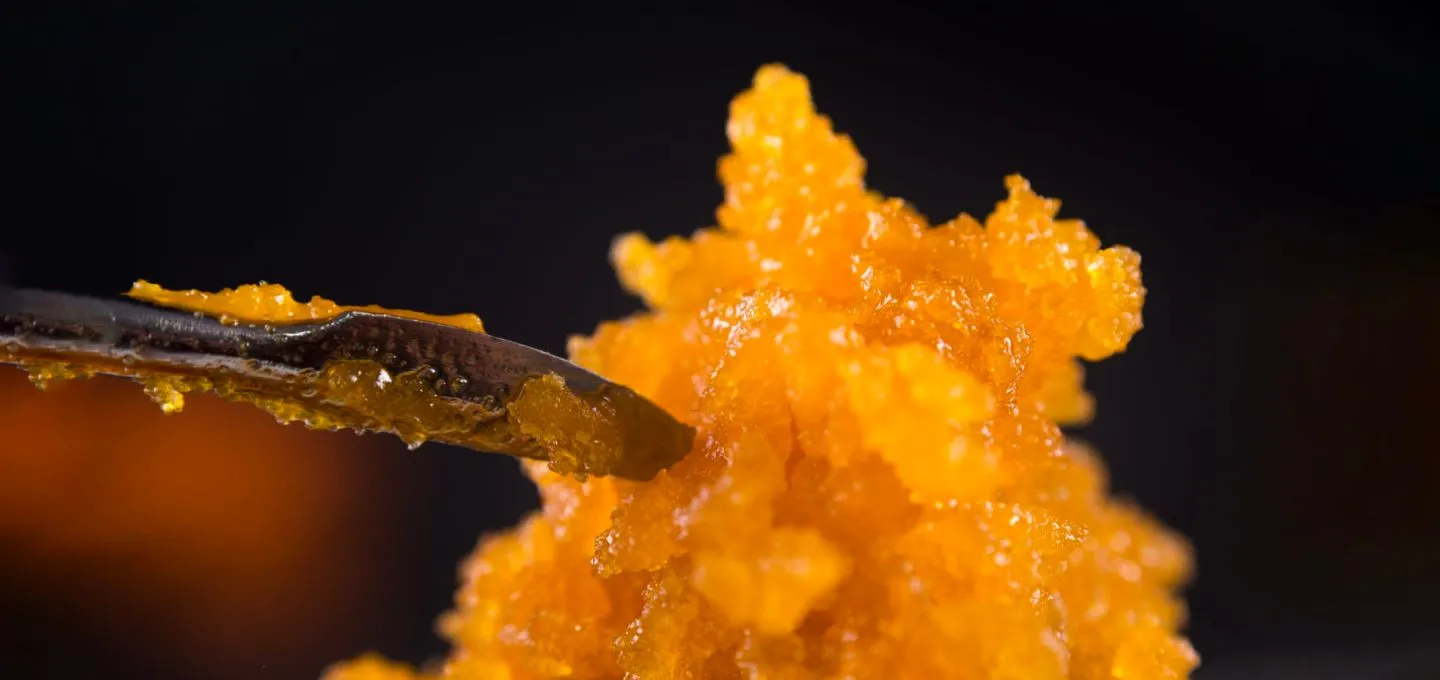


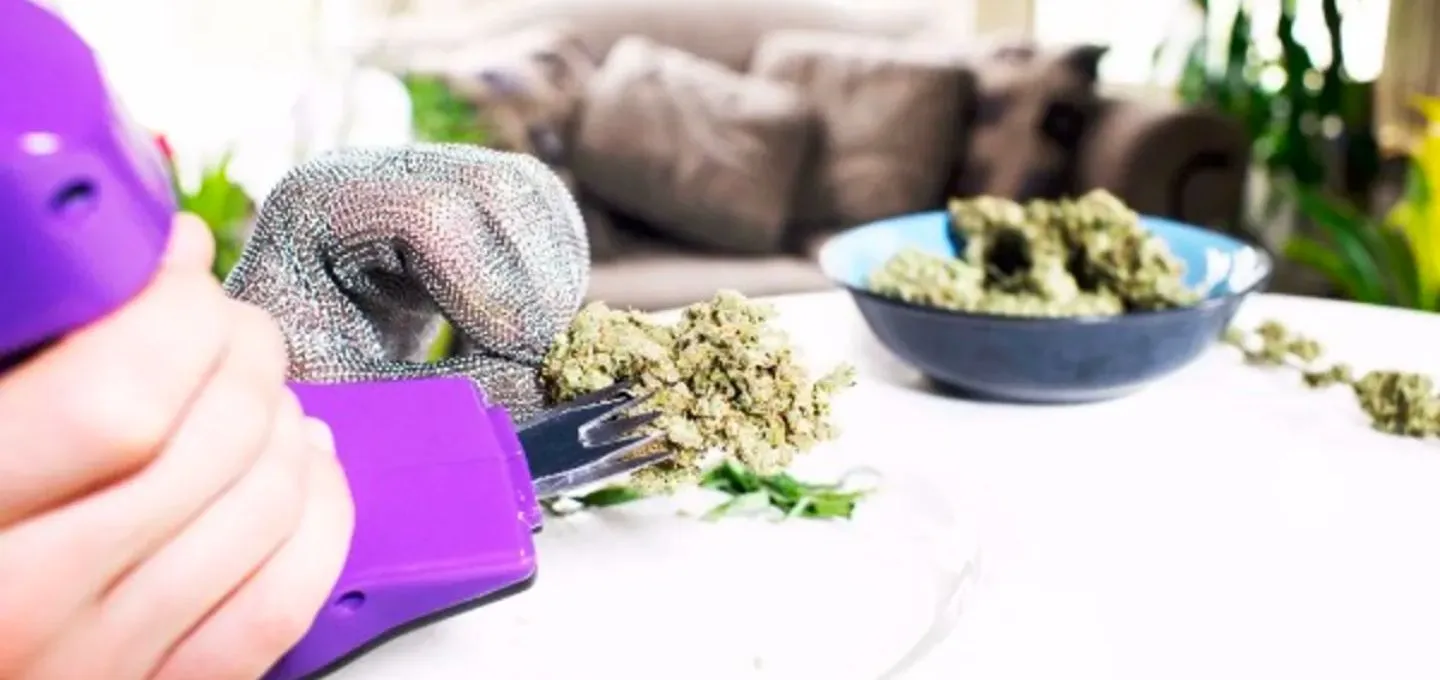


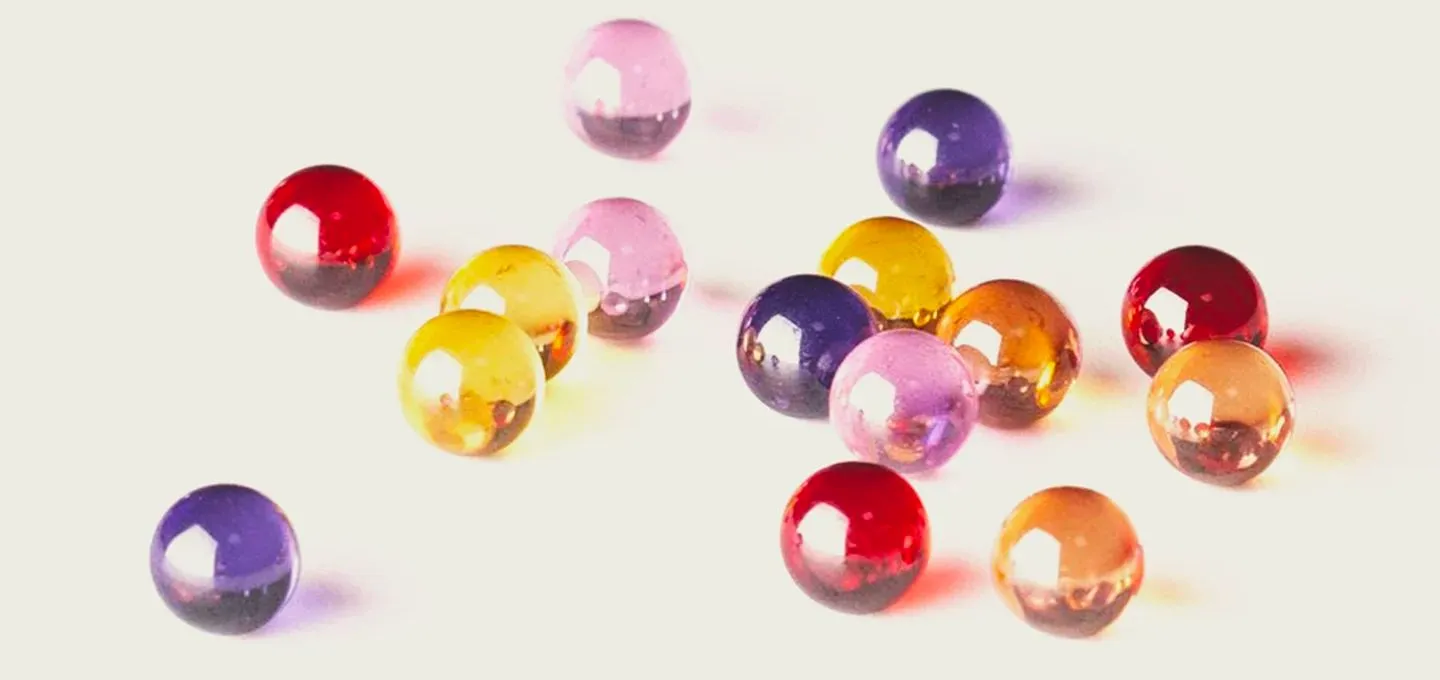

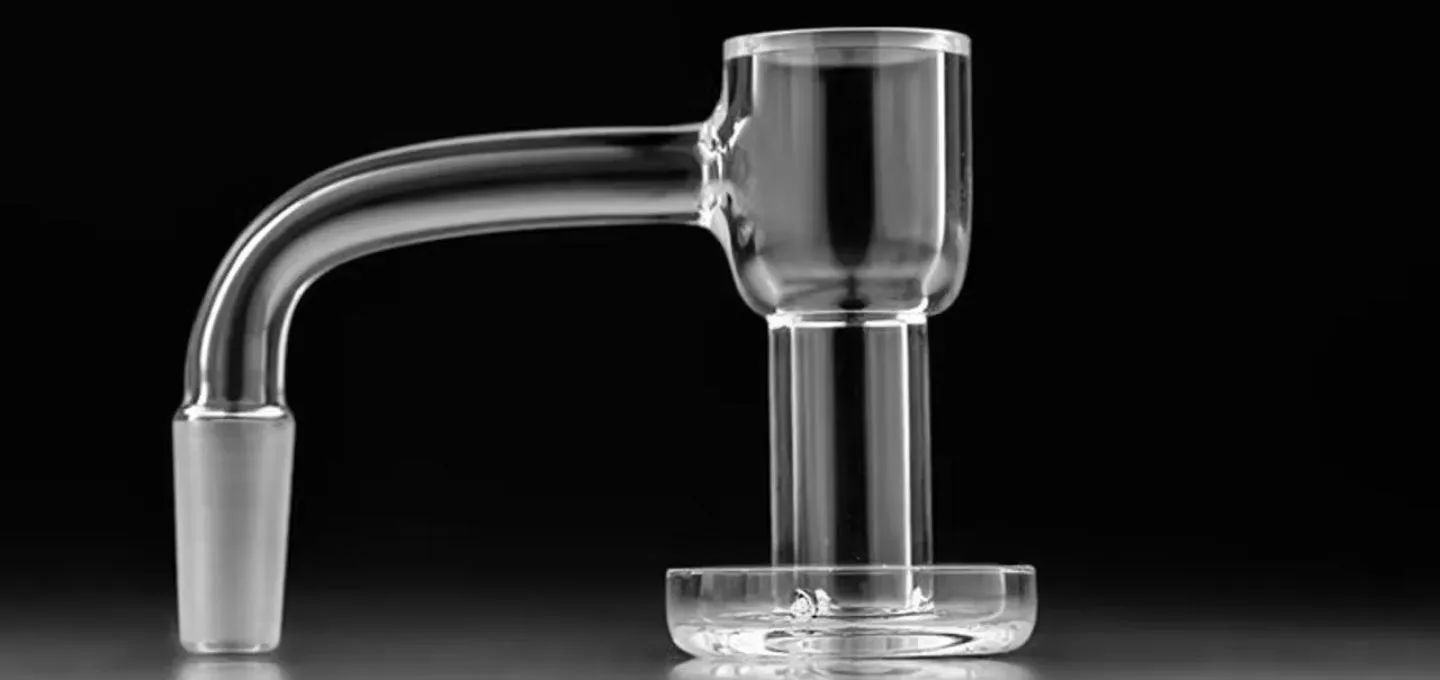
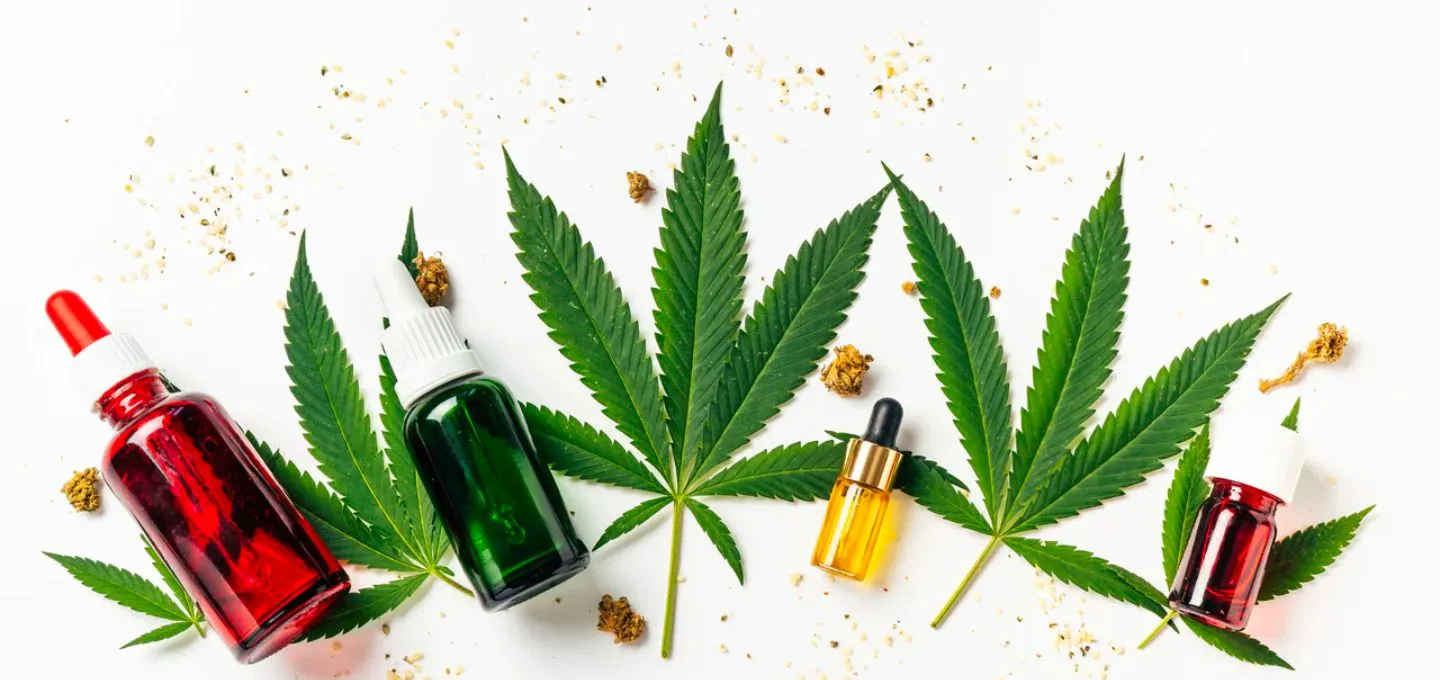


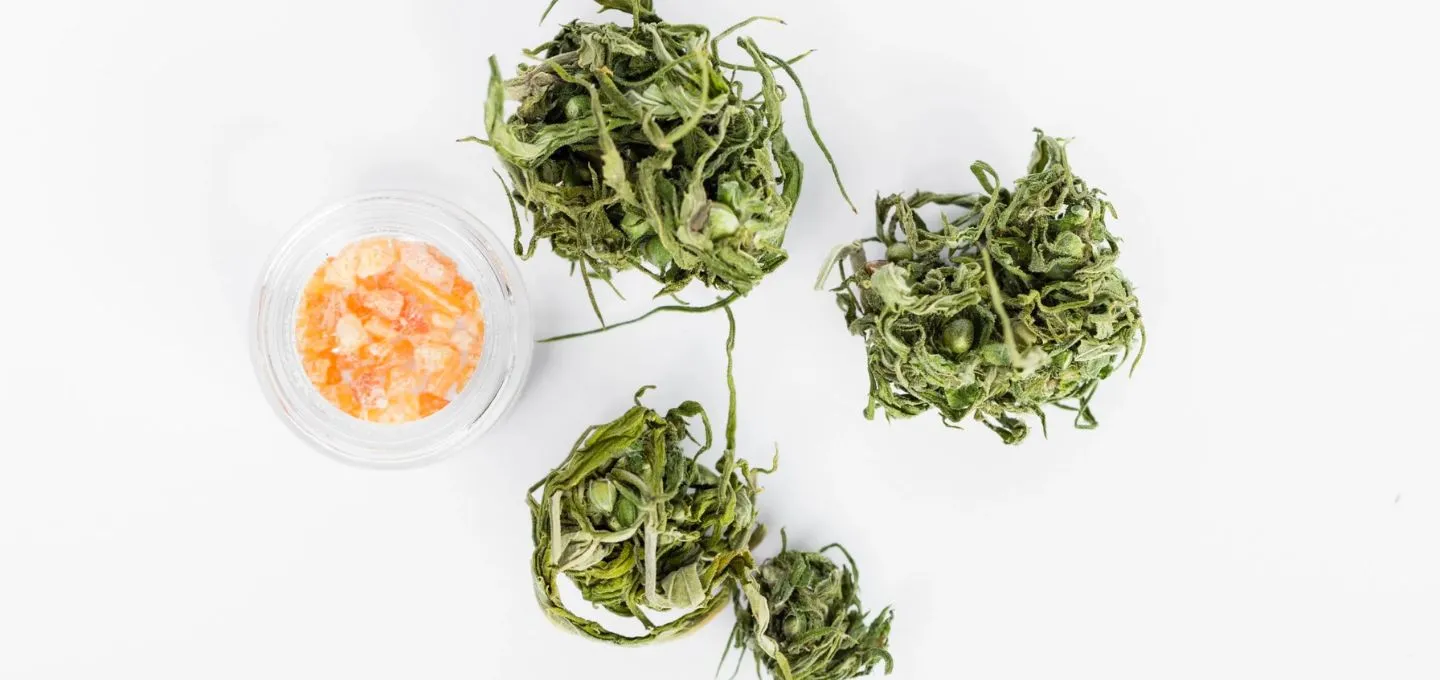
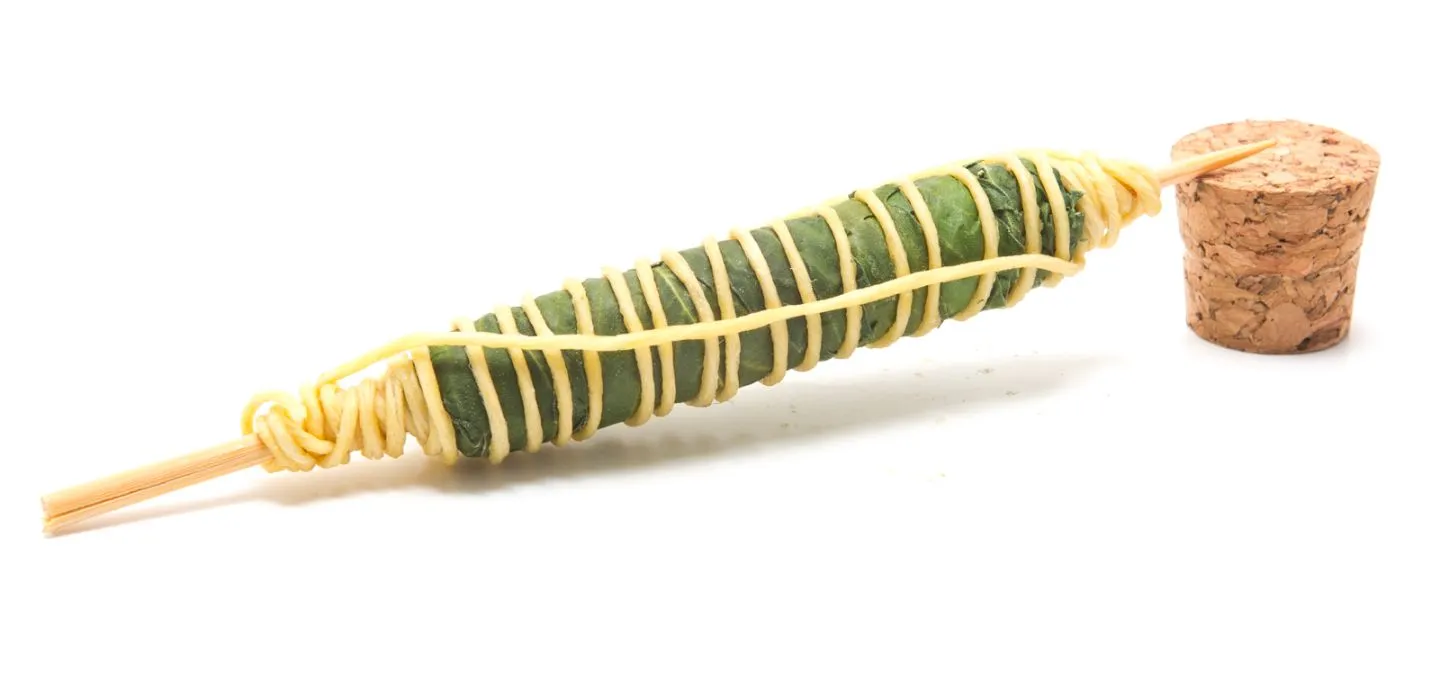





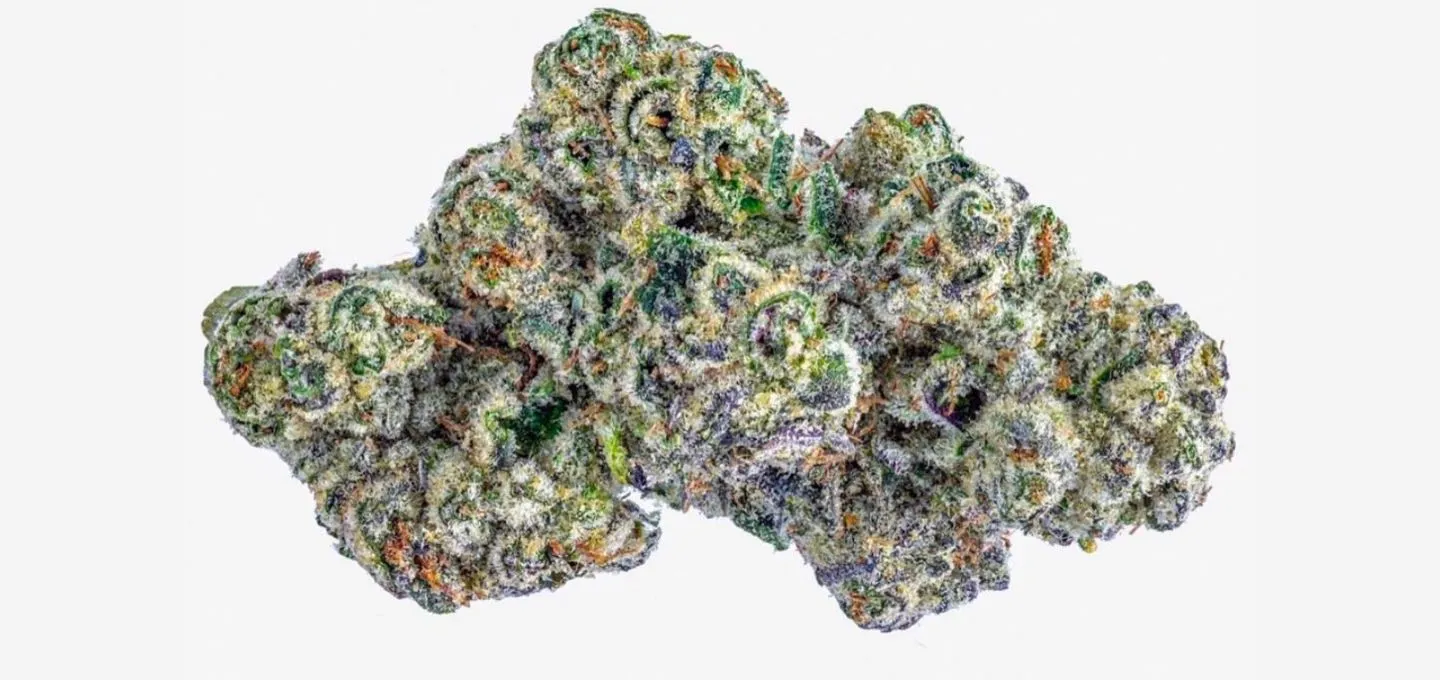
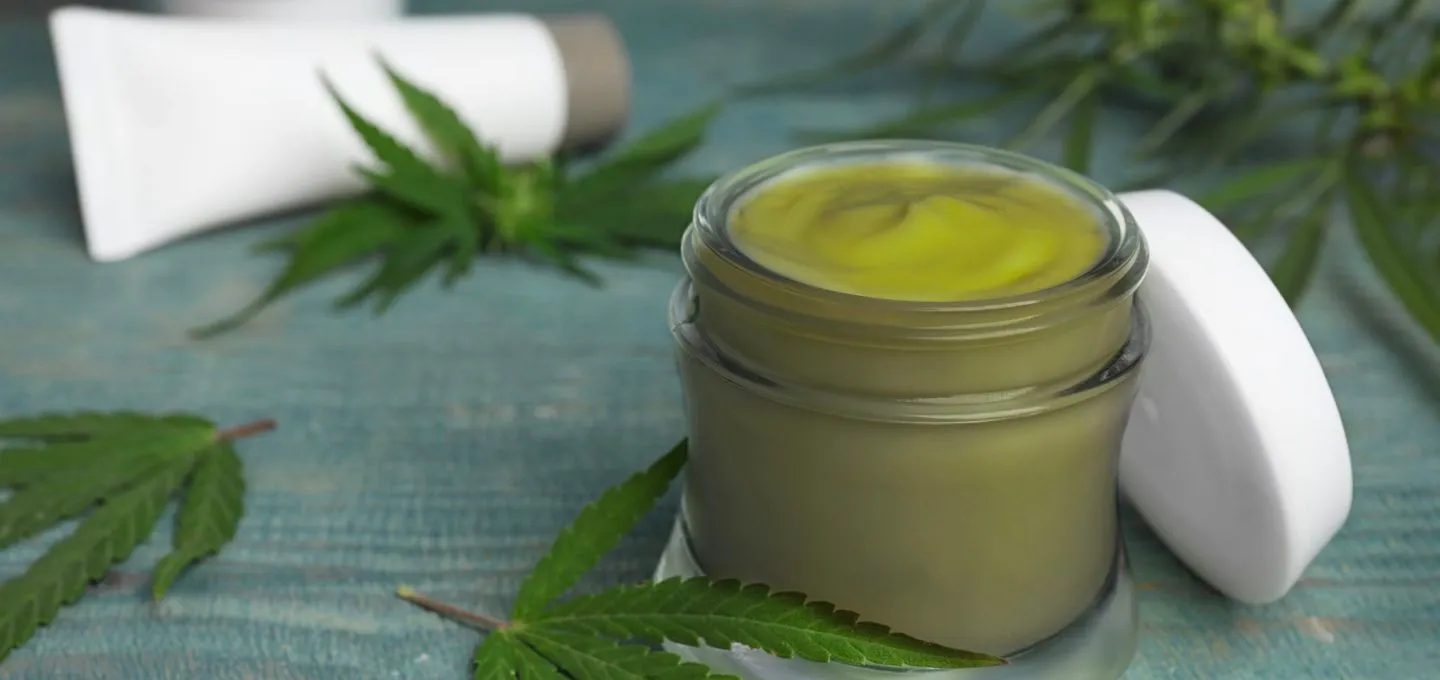

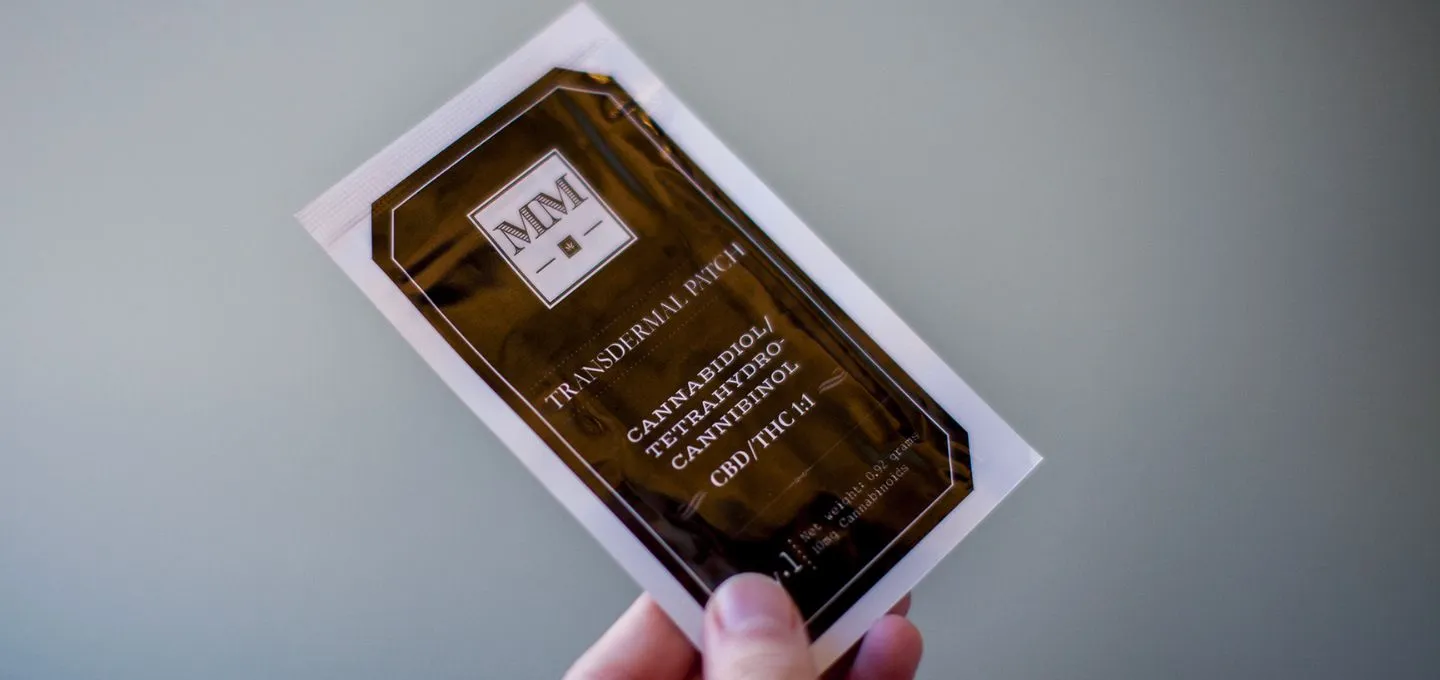


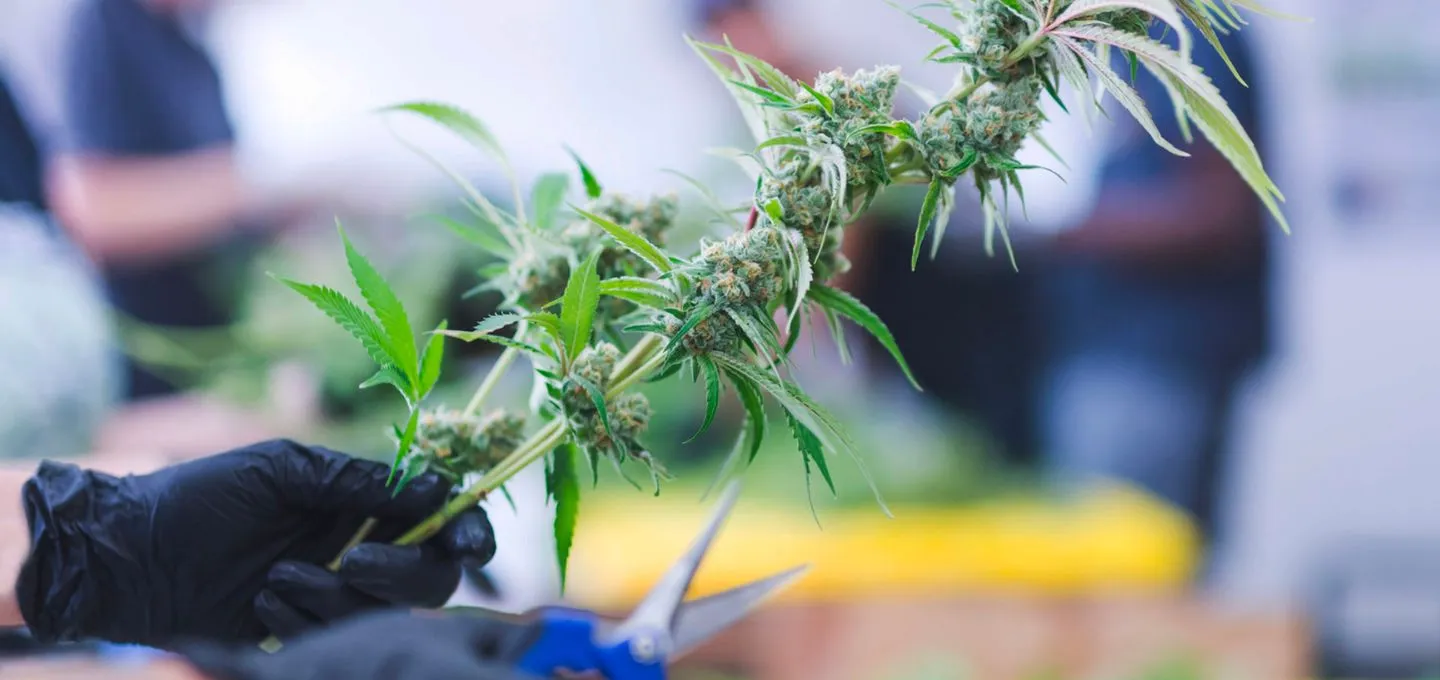






















 Fact Checked by Doctor Name
Fact Checked by Doctor Name